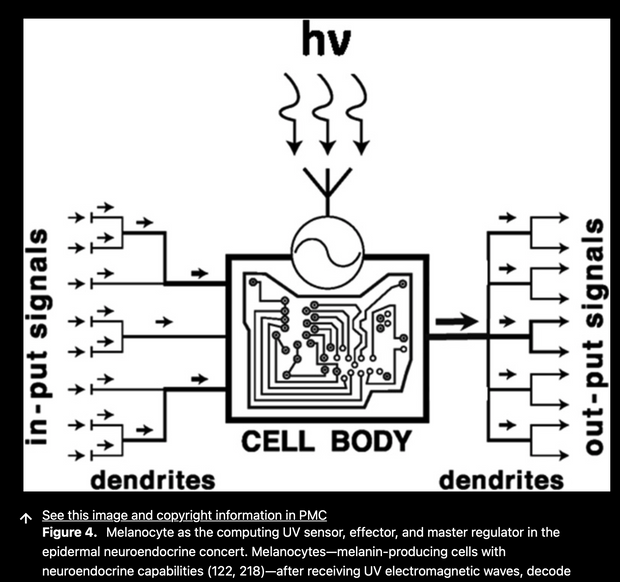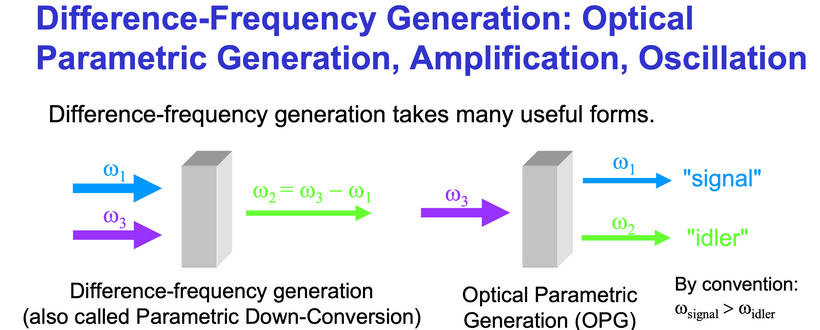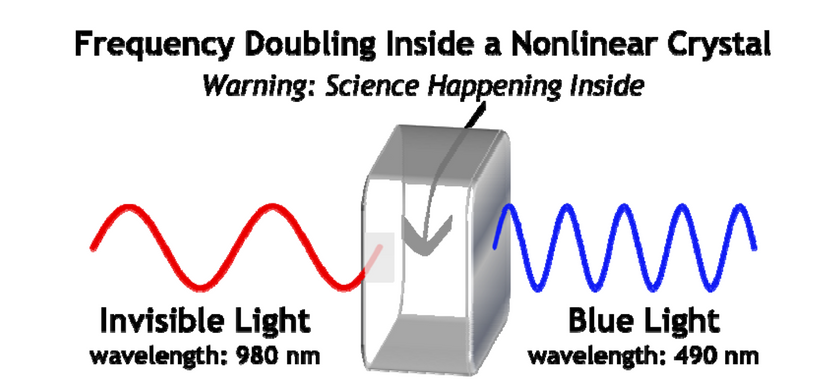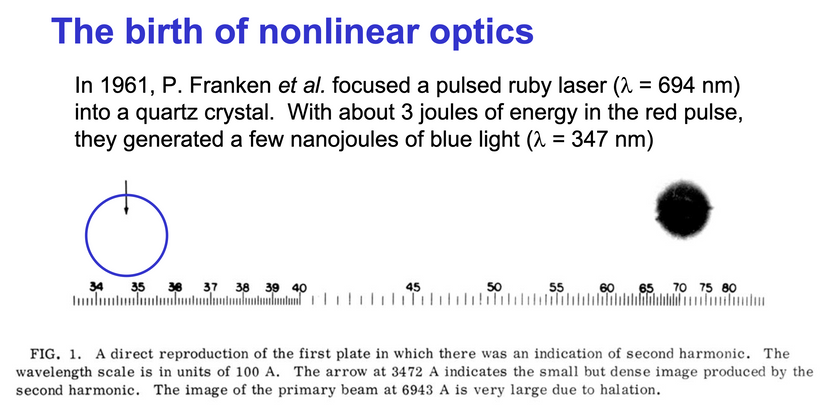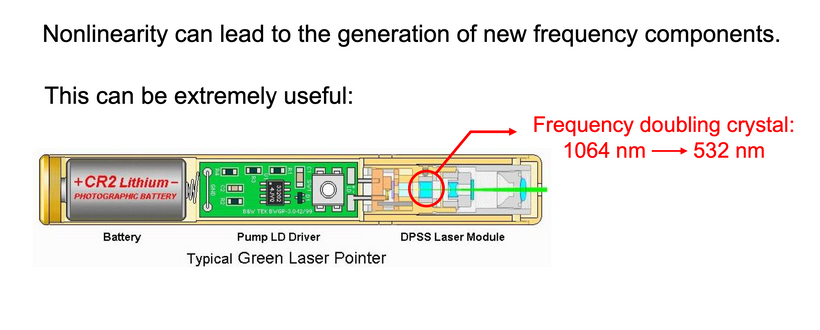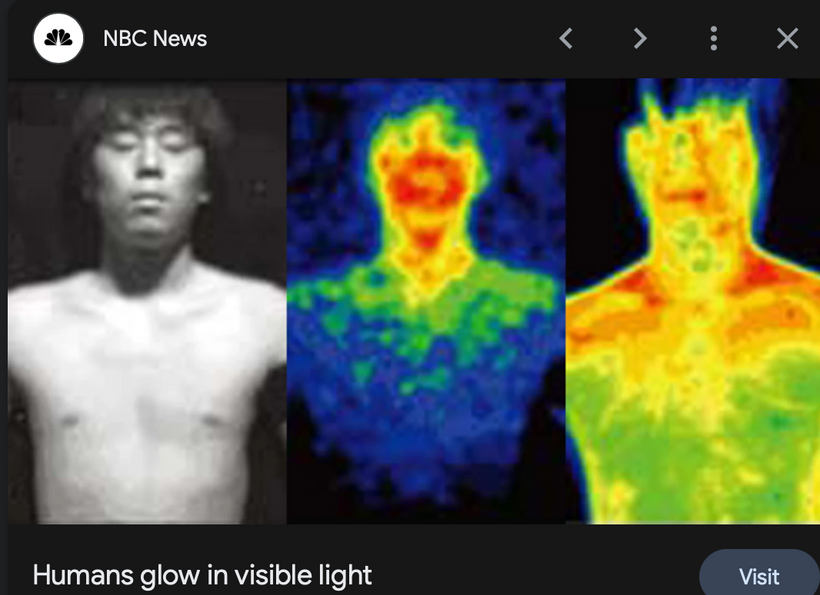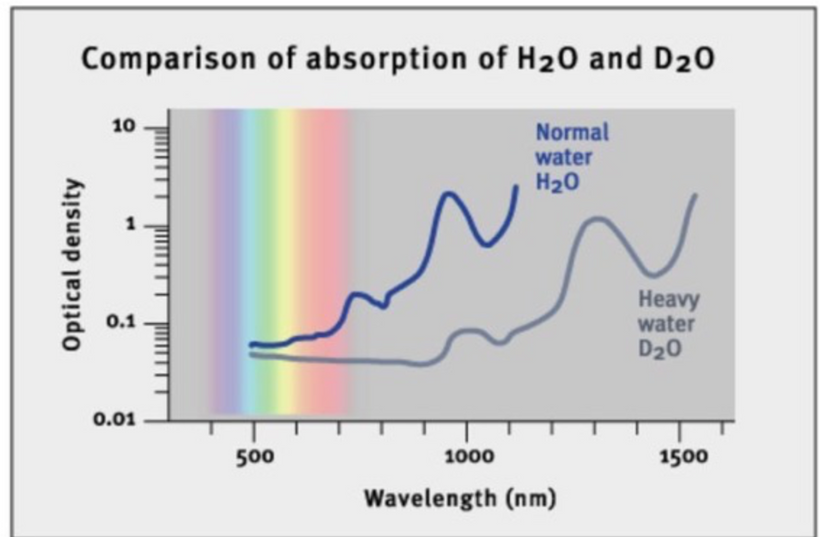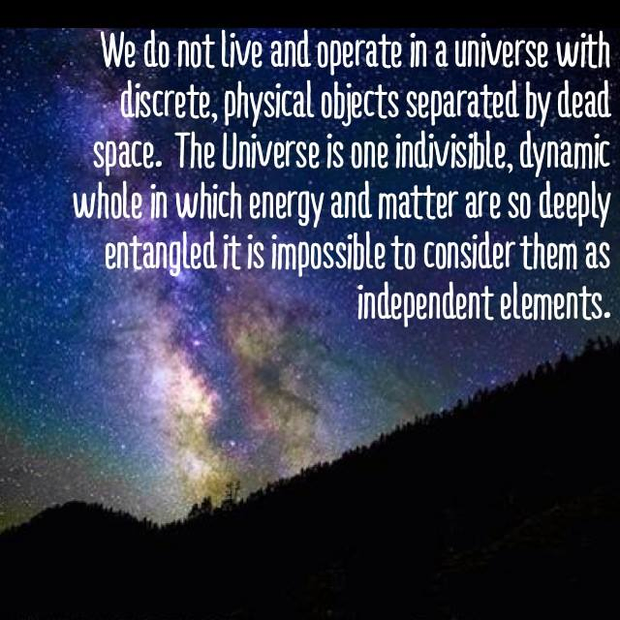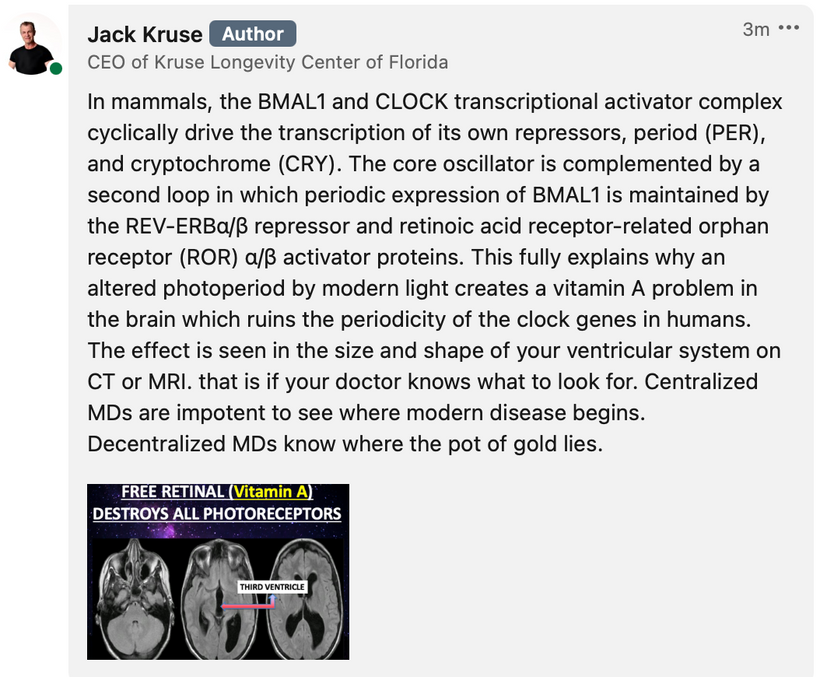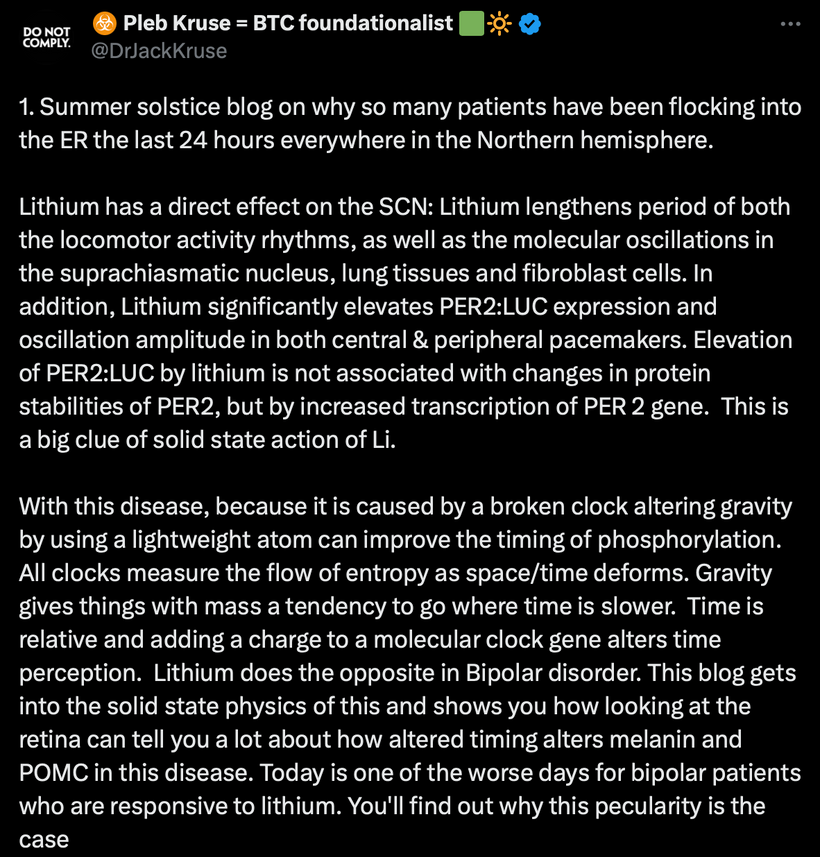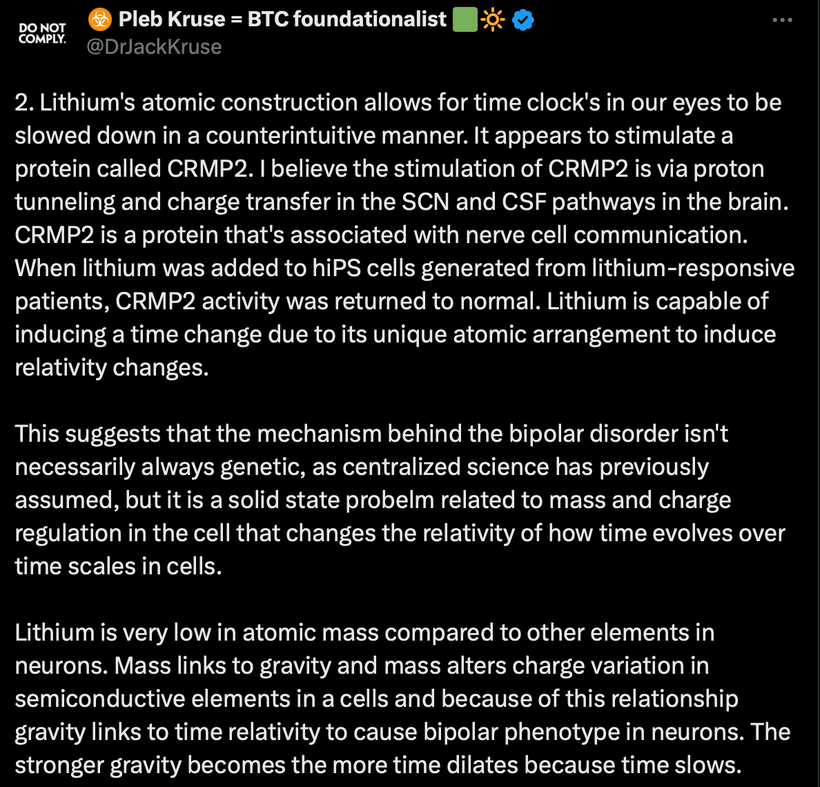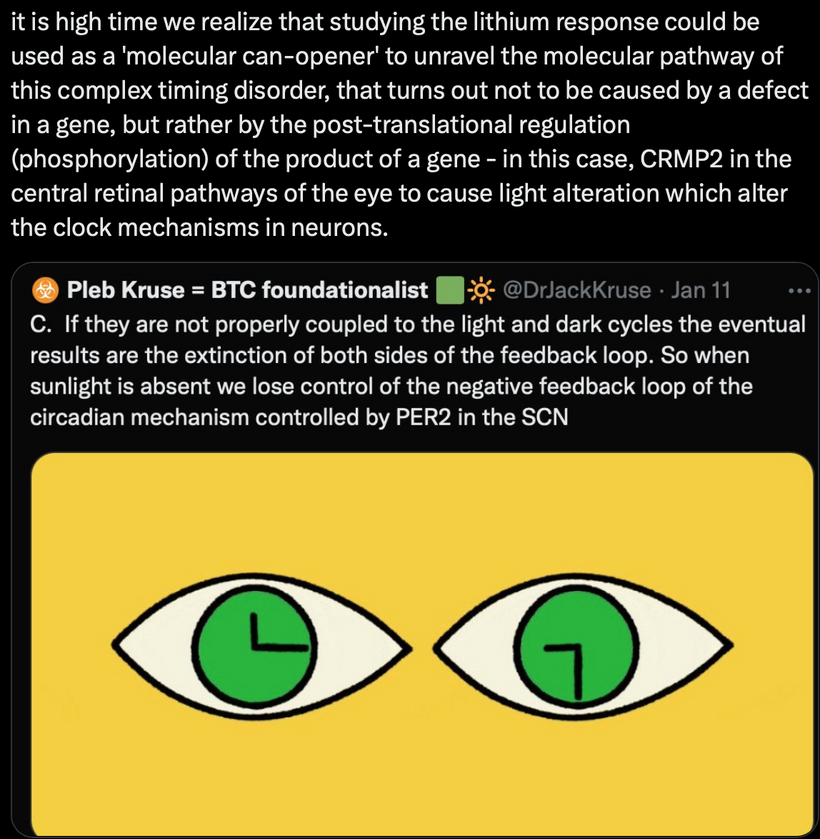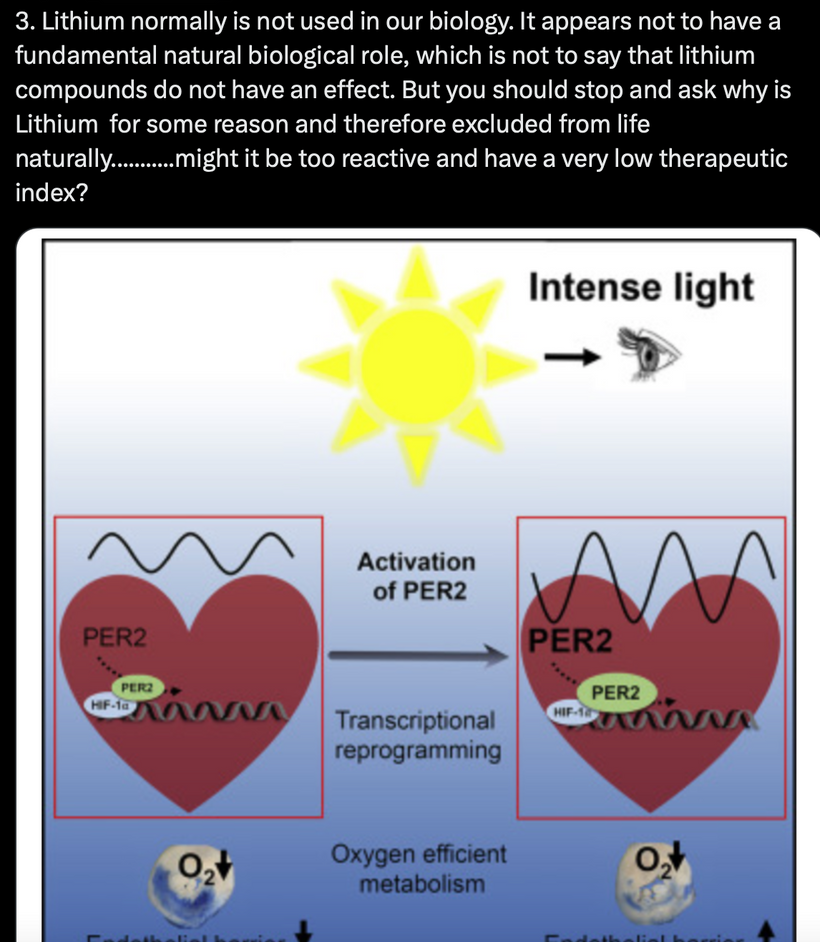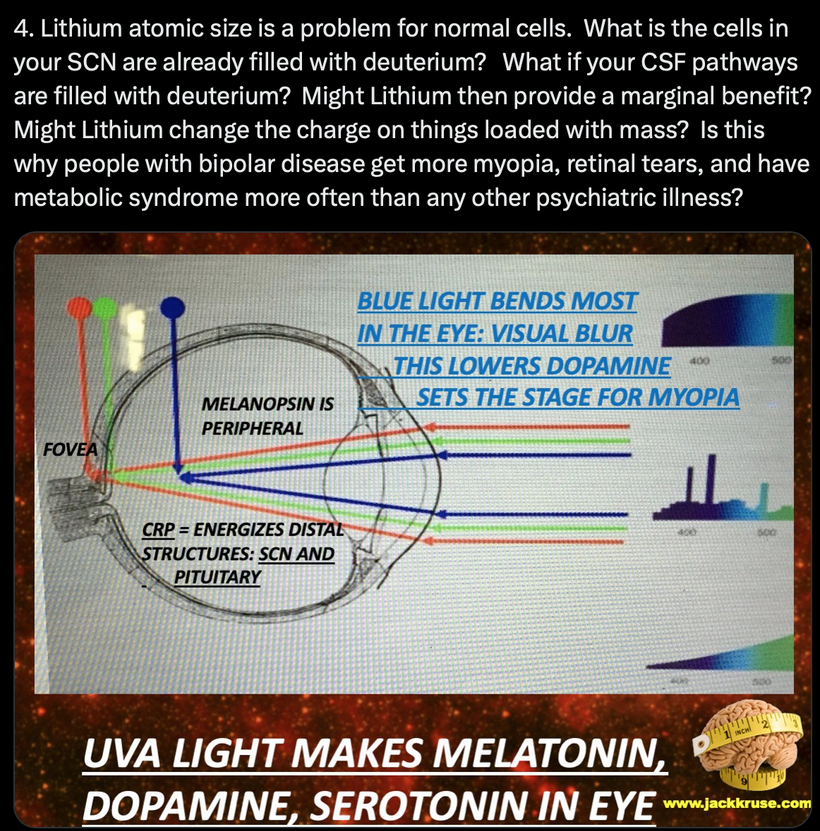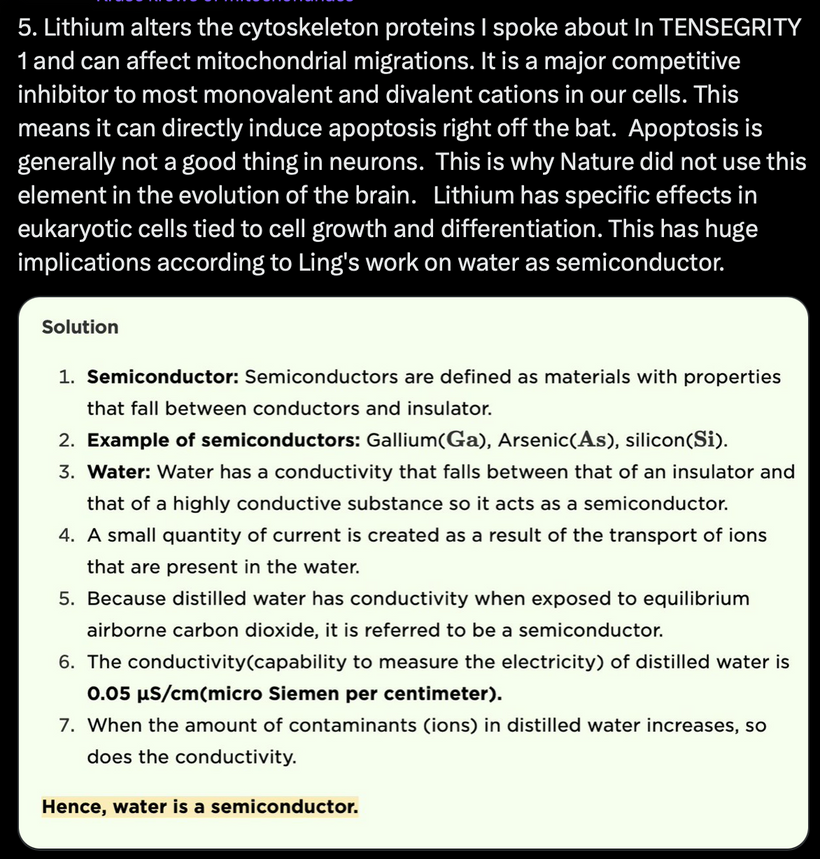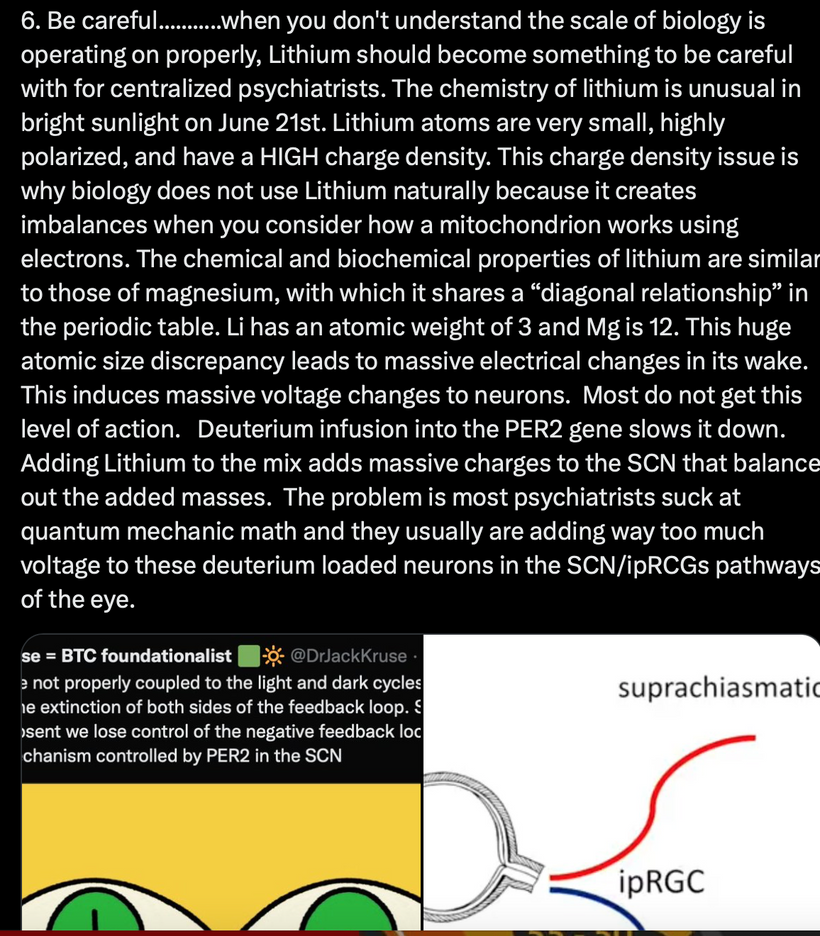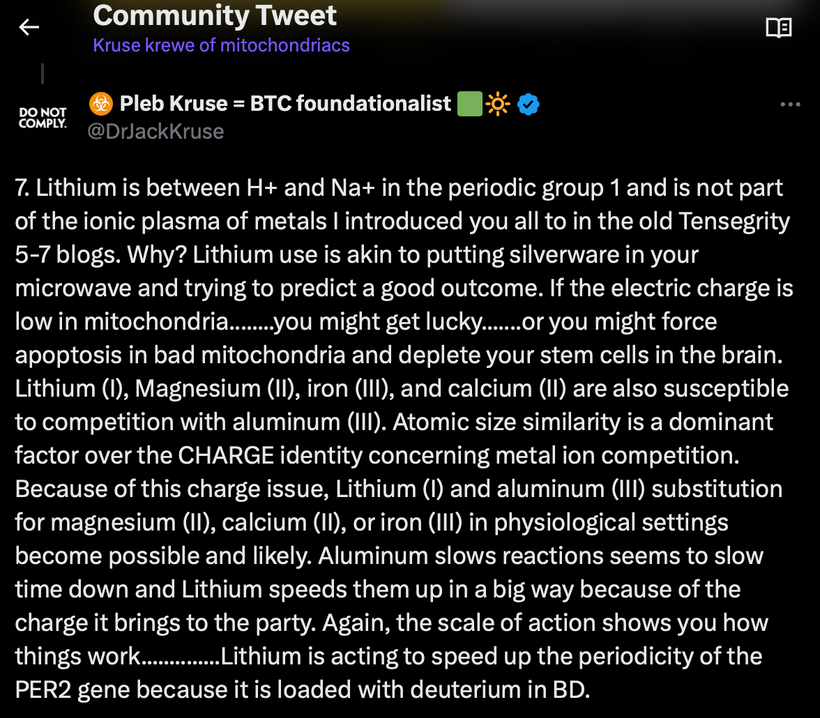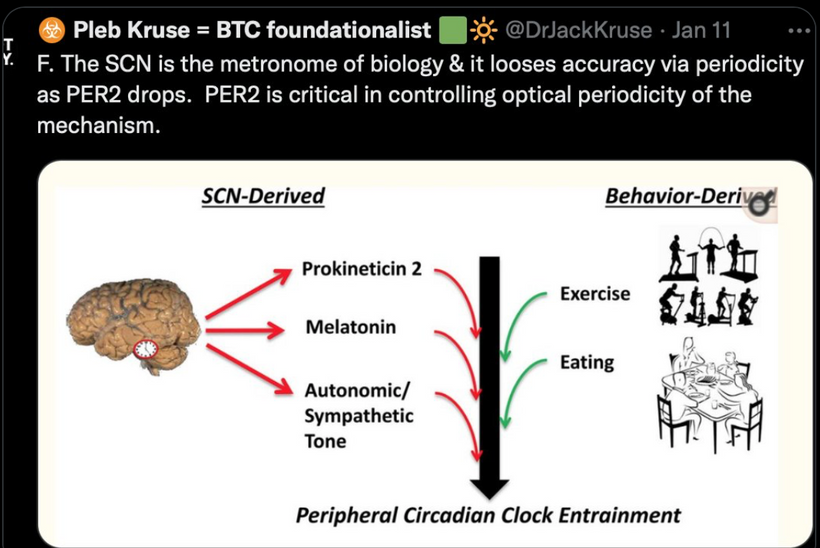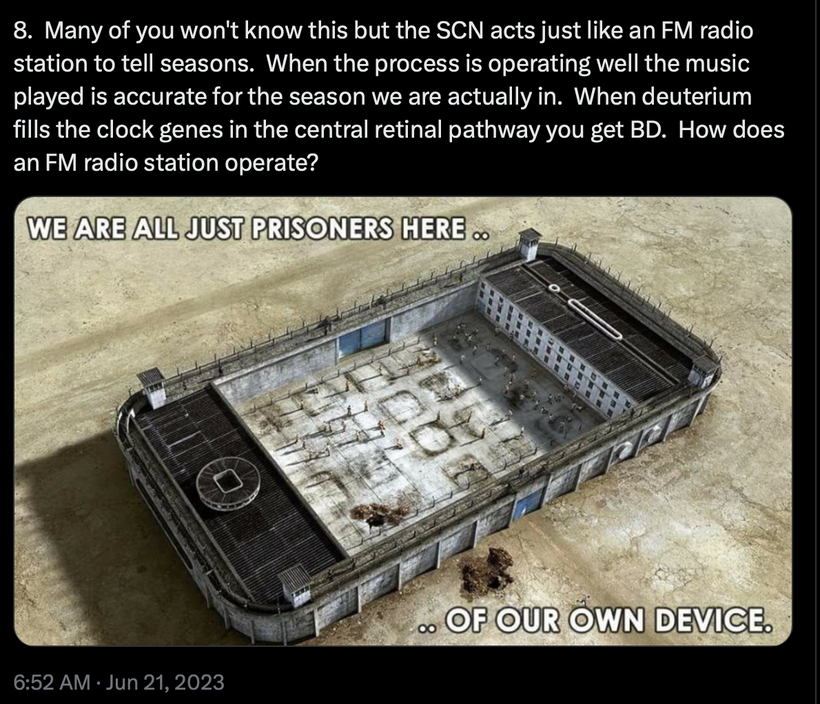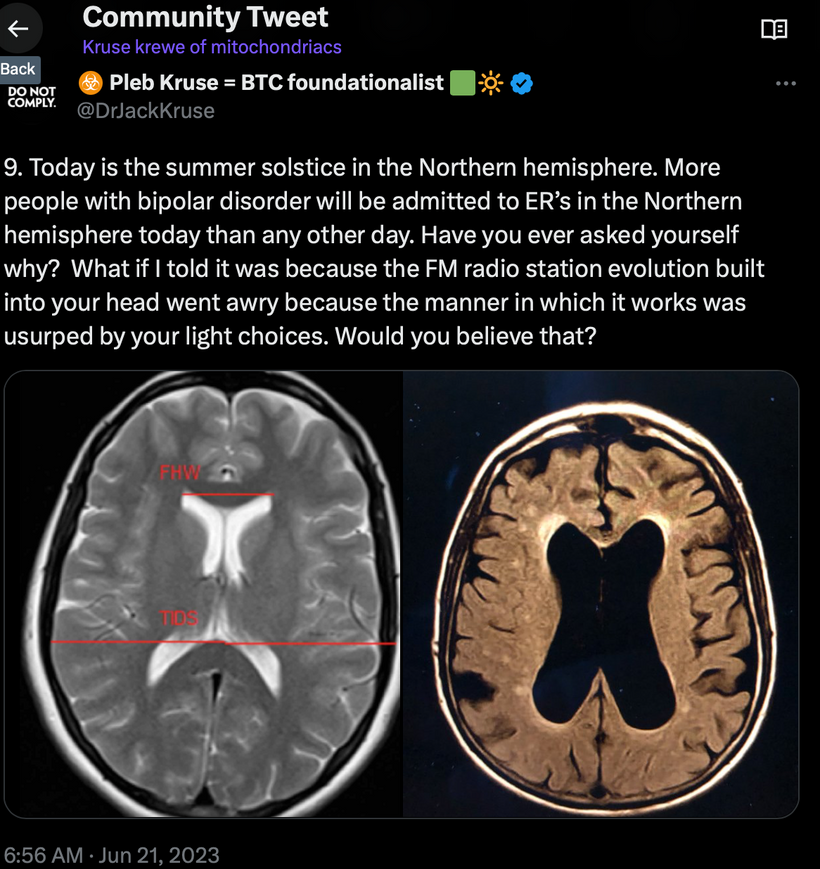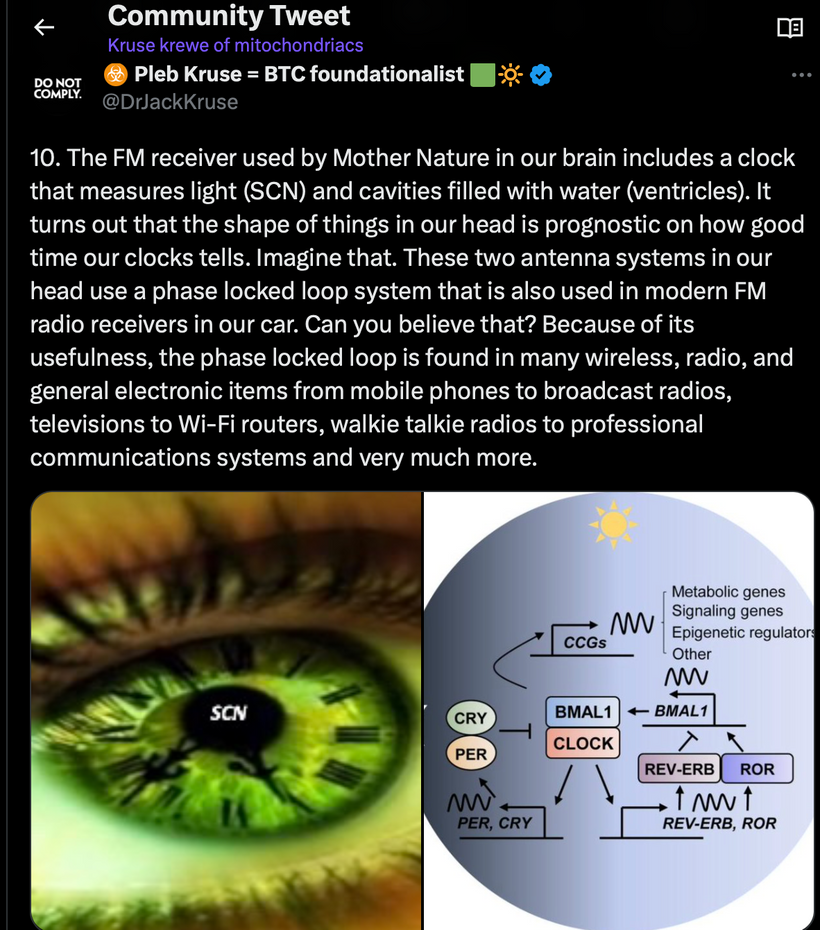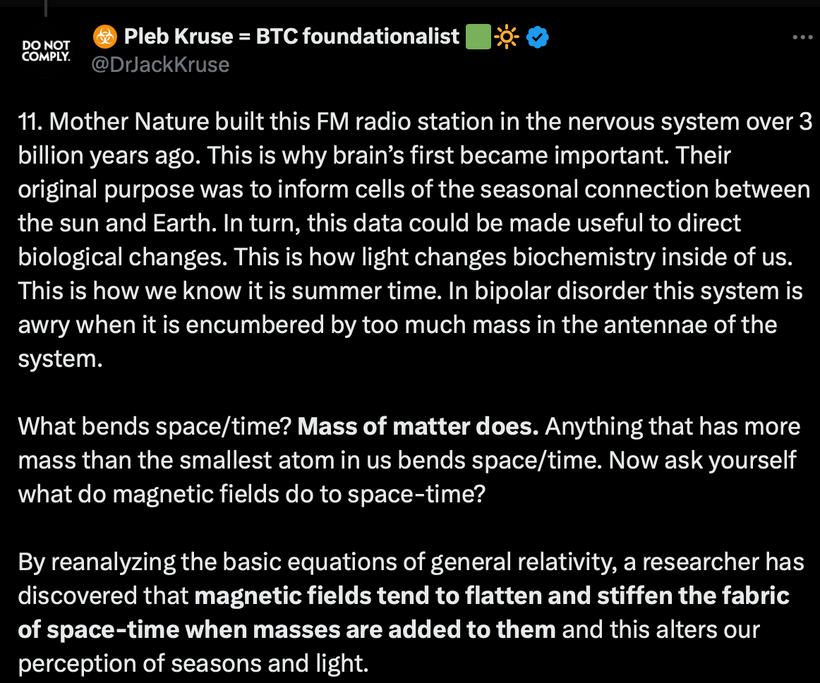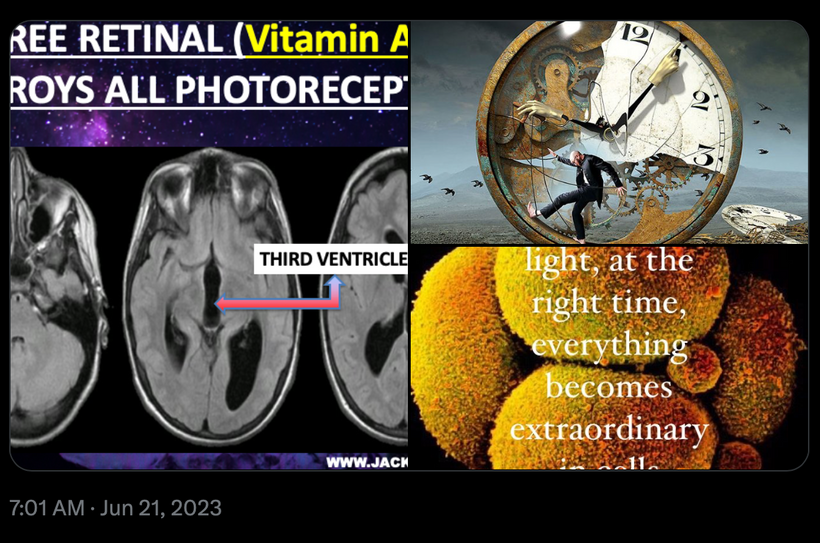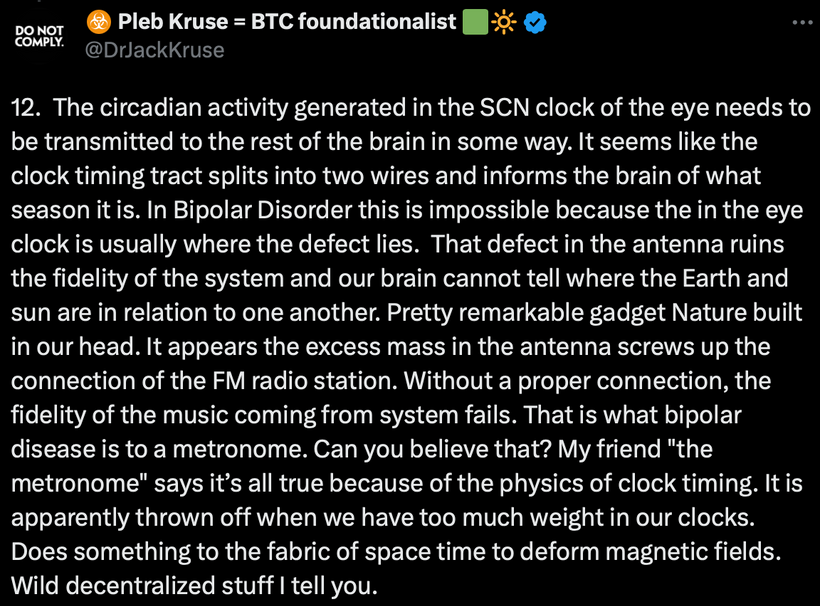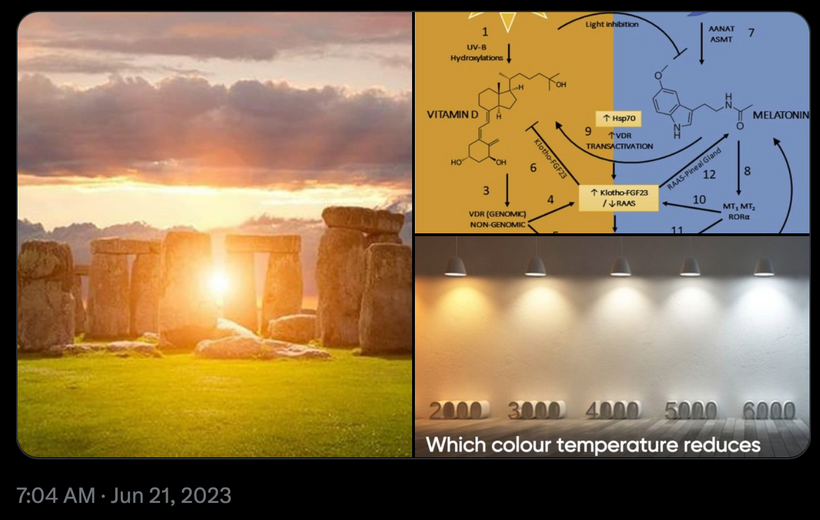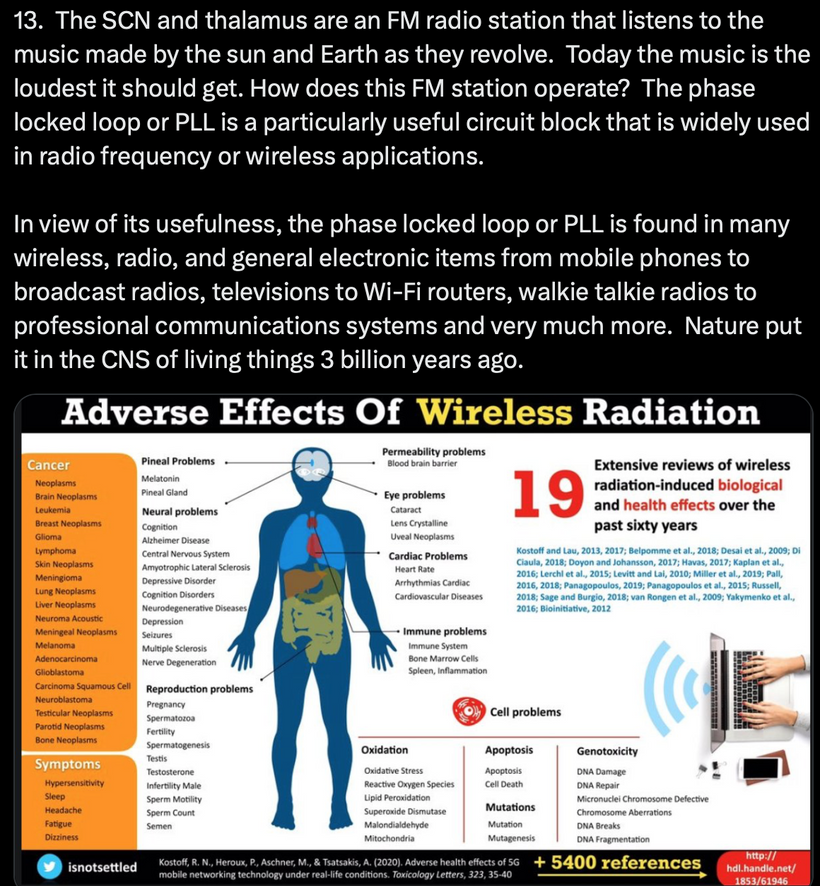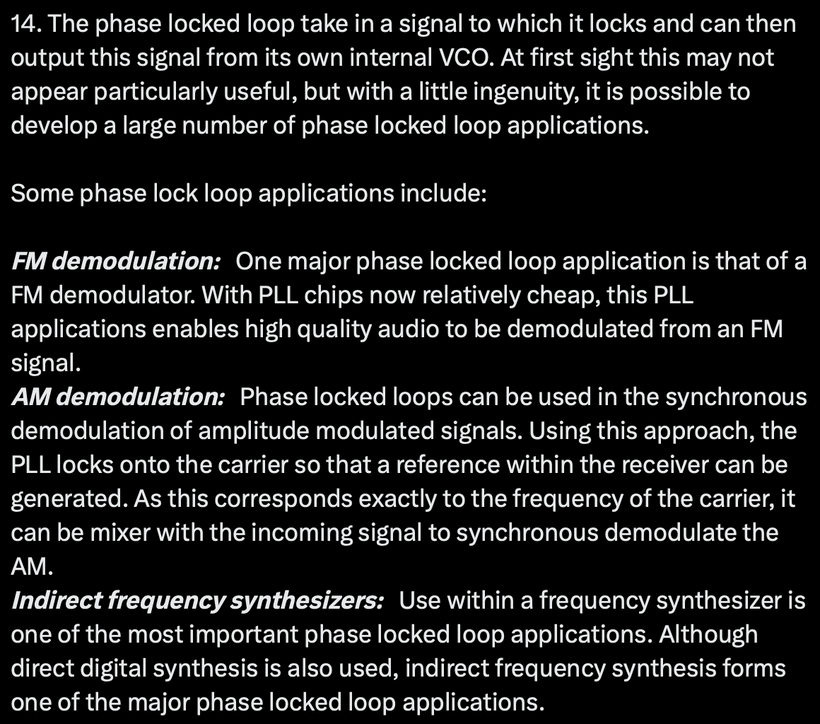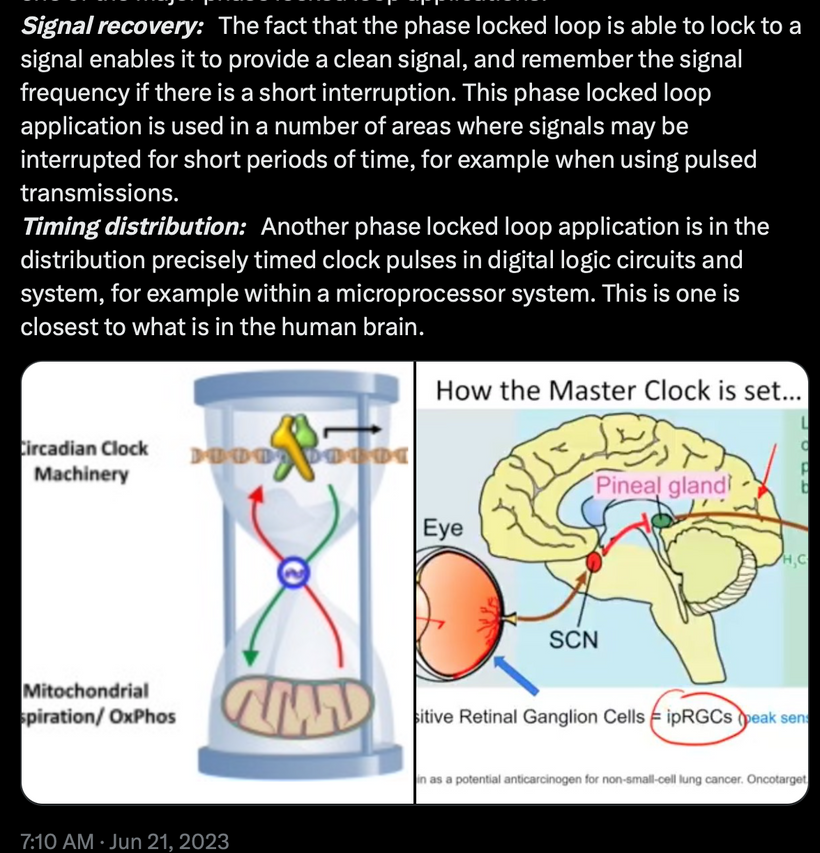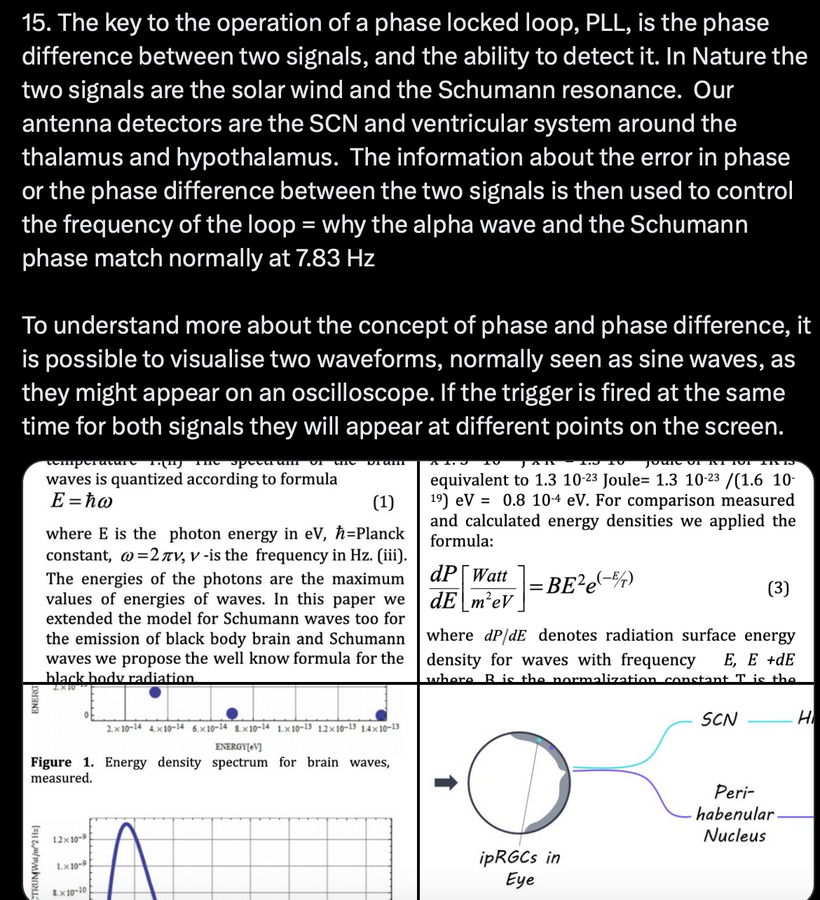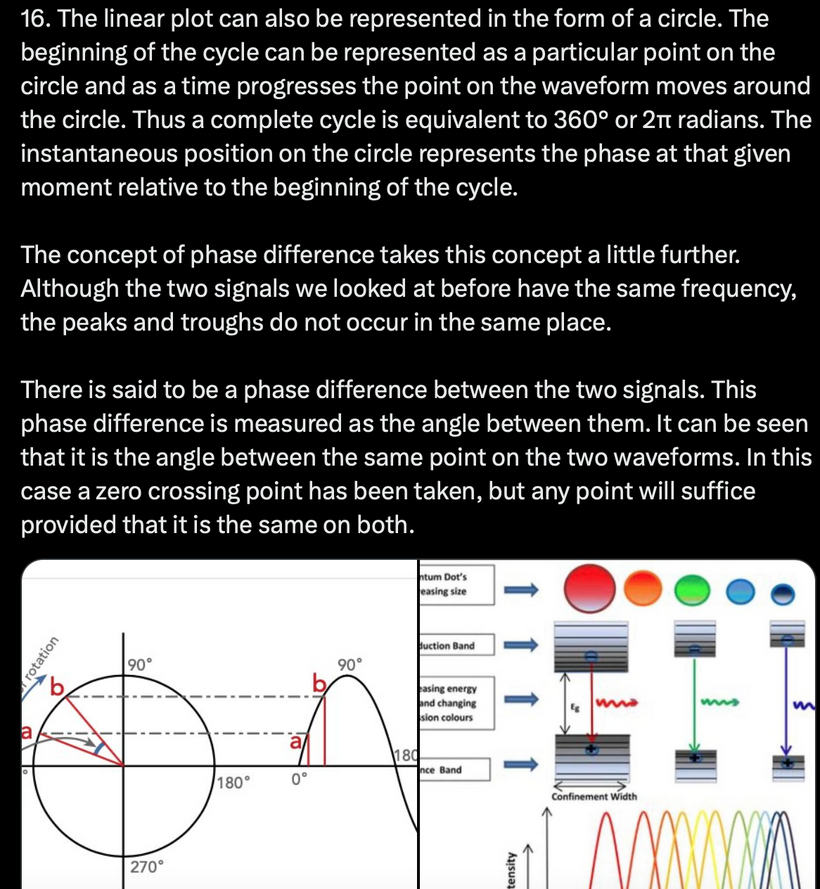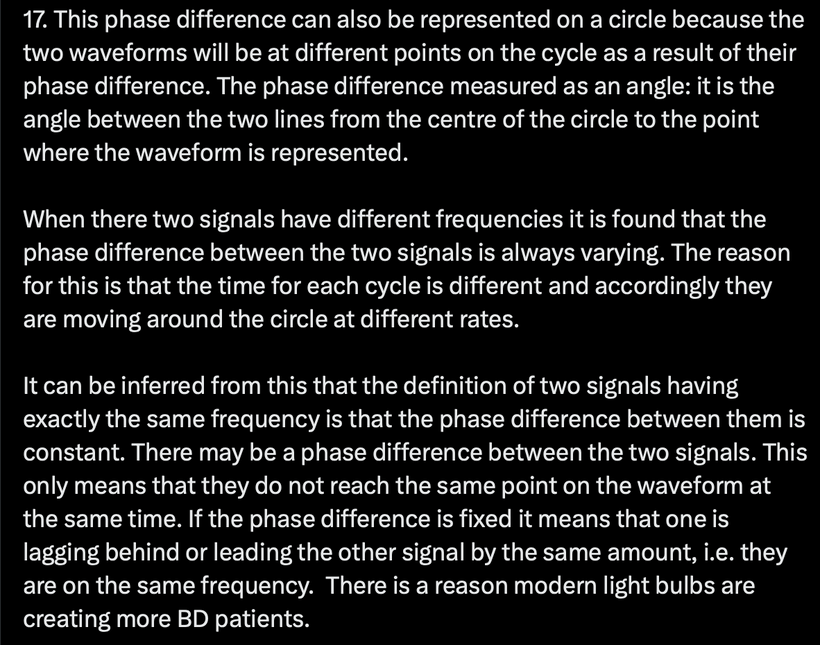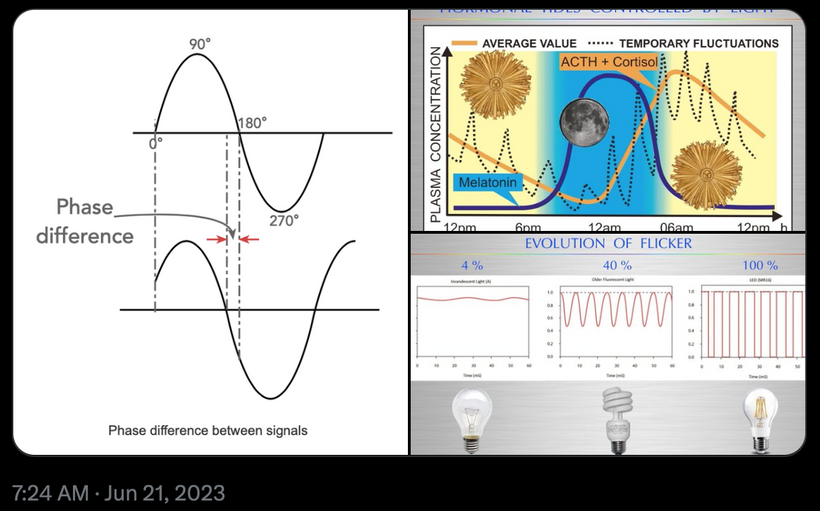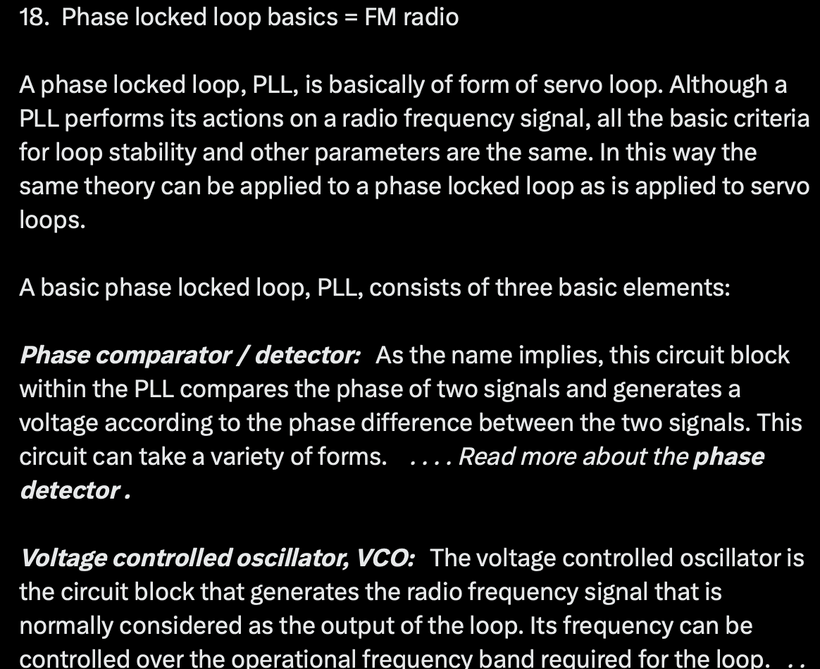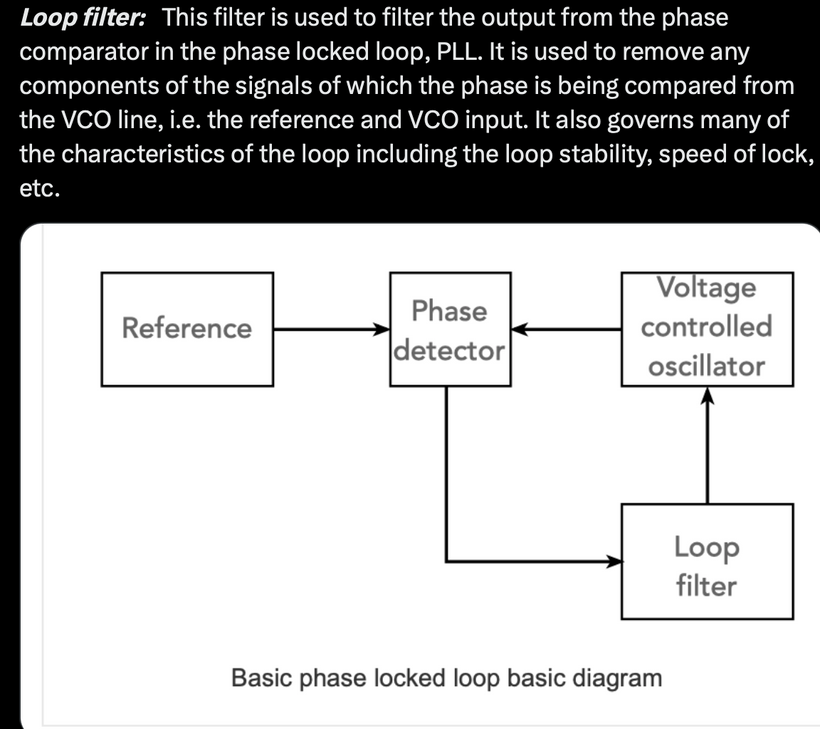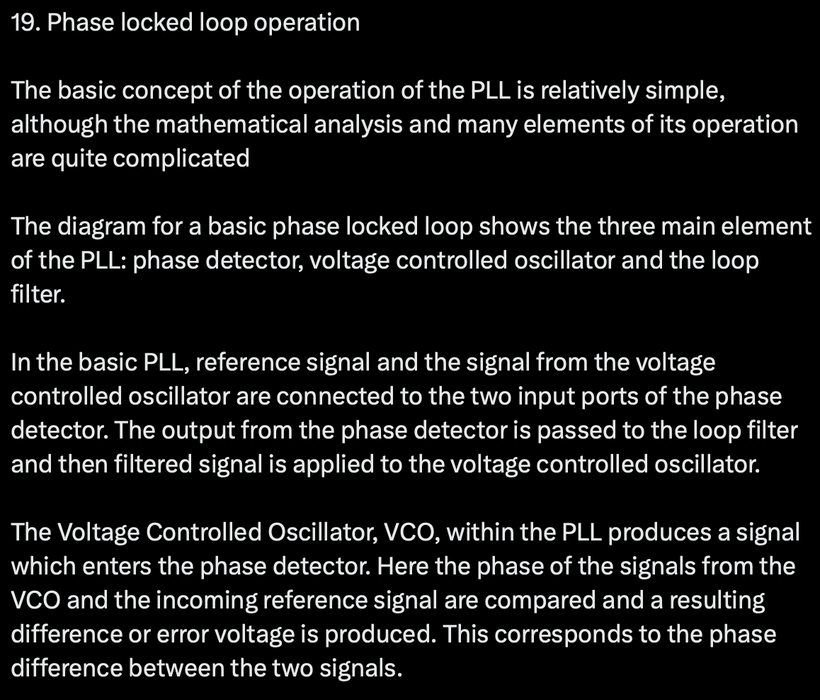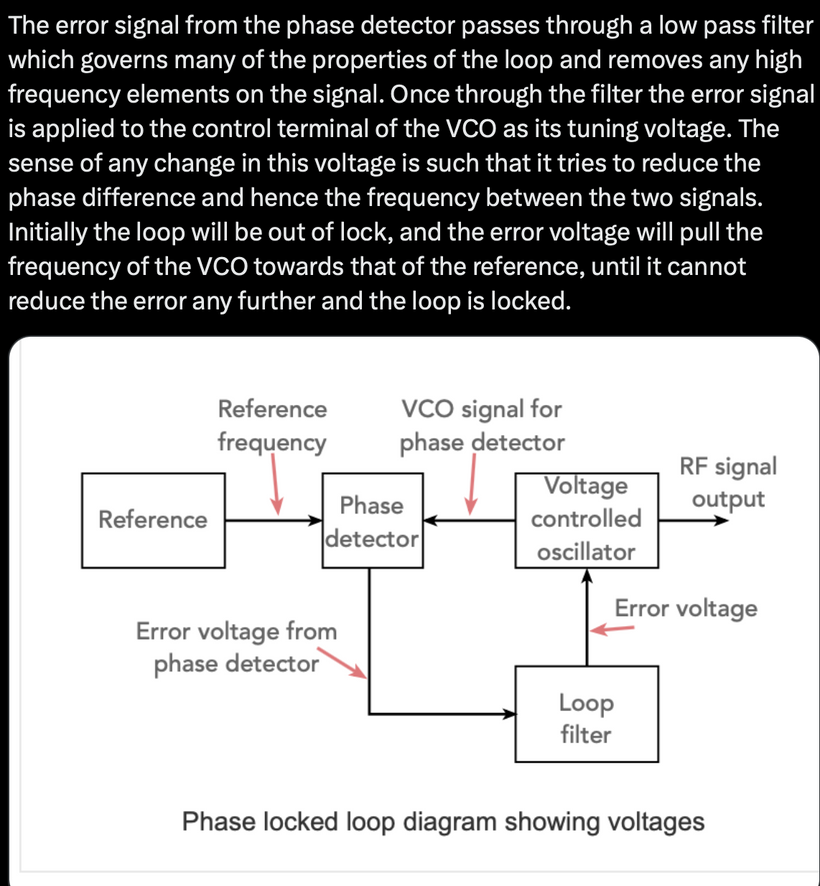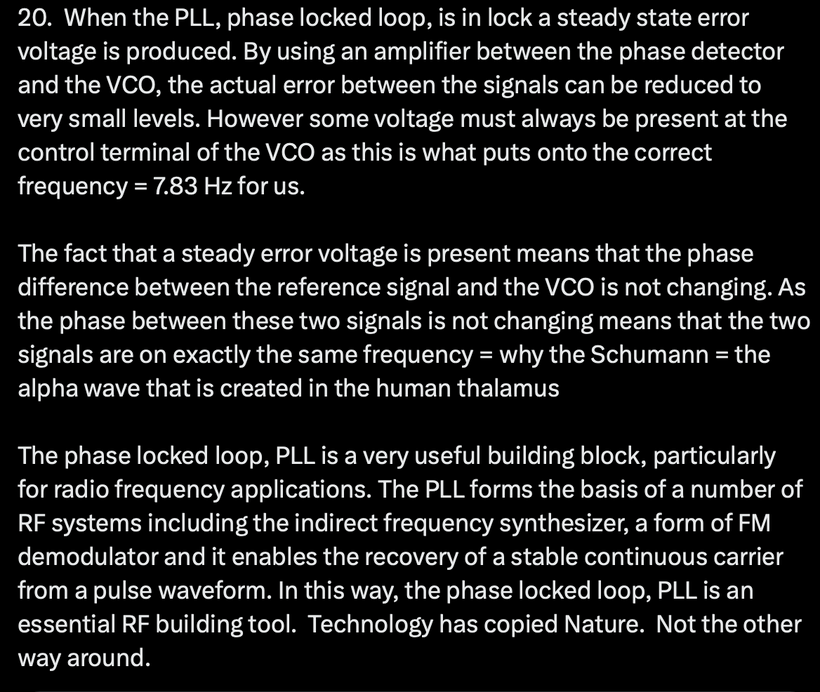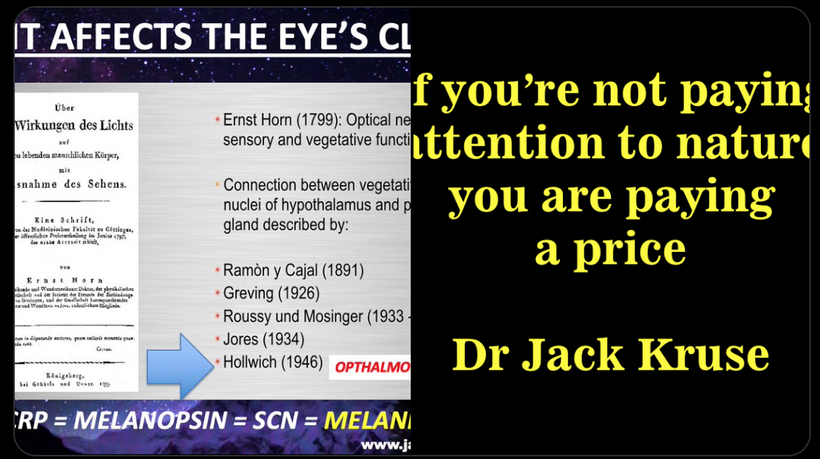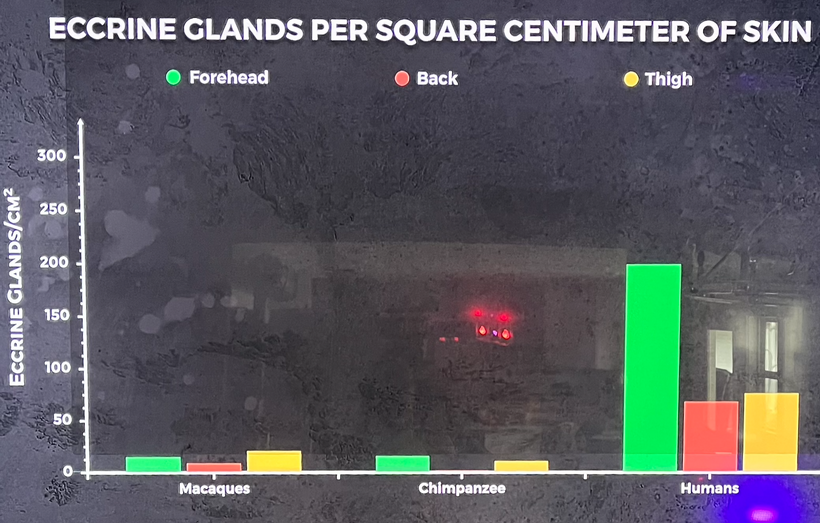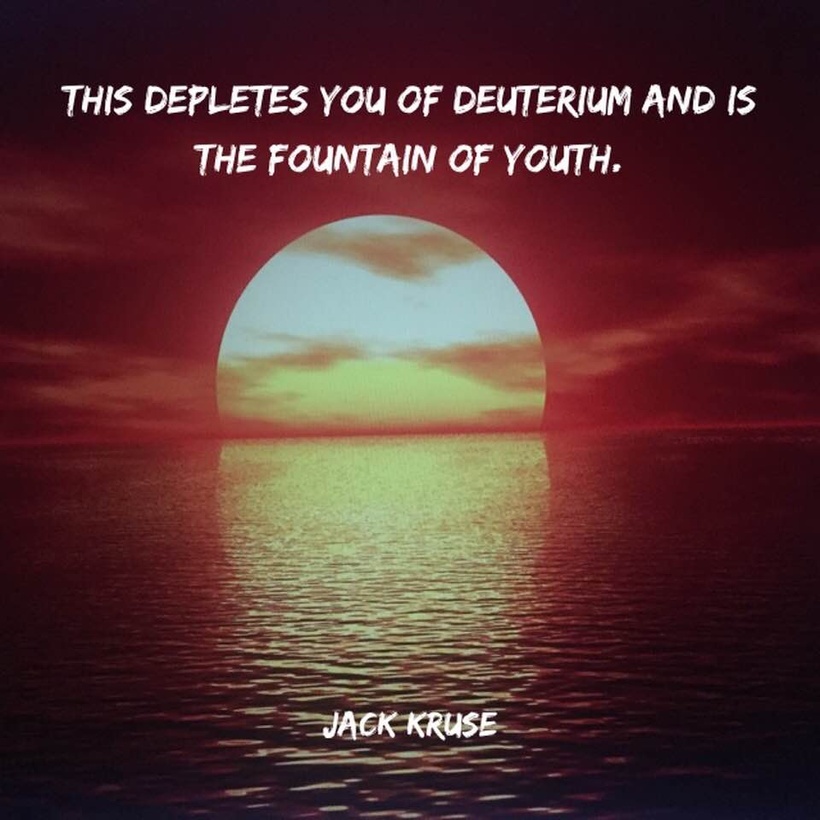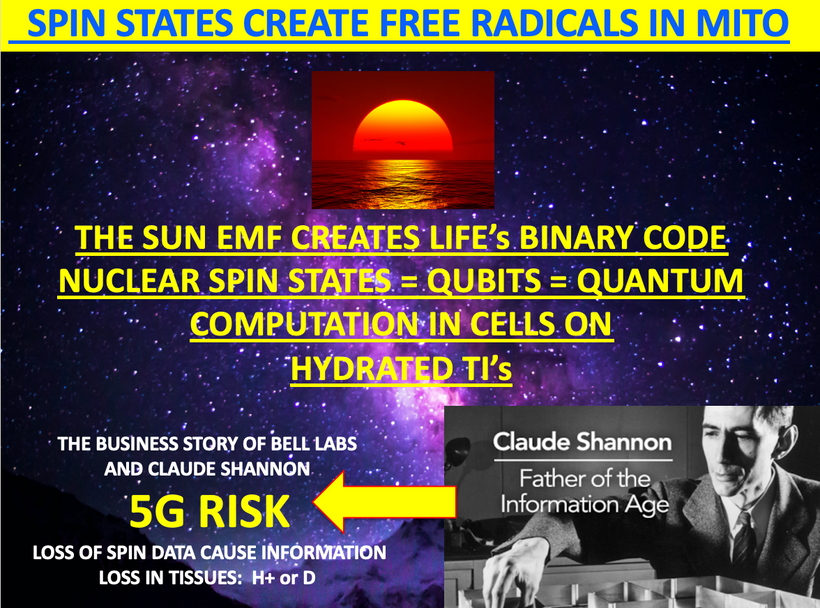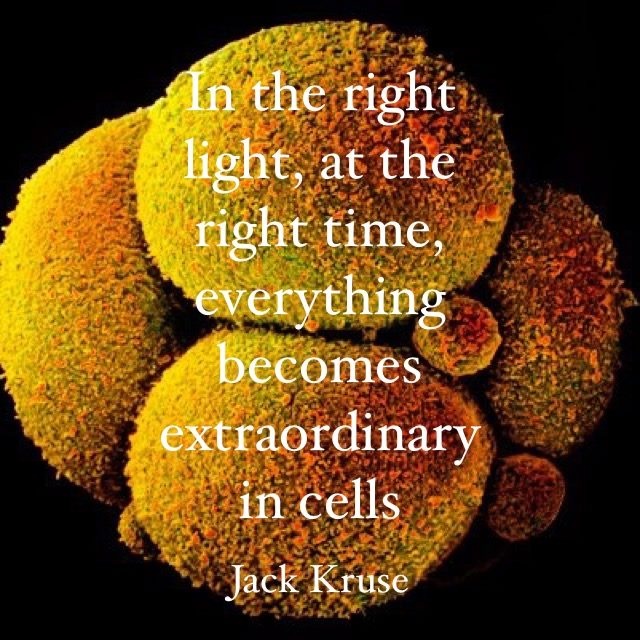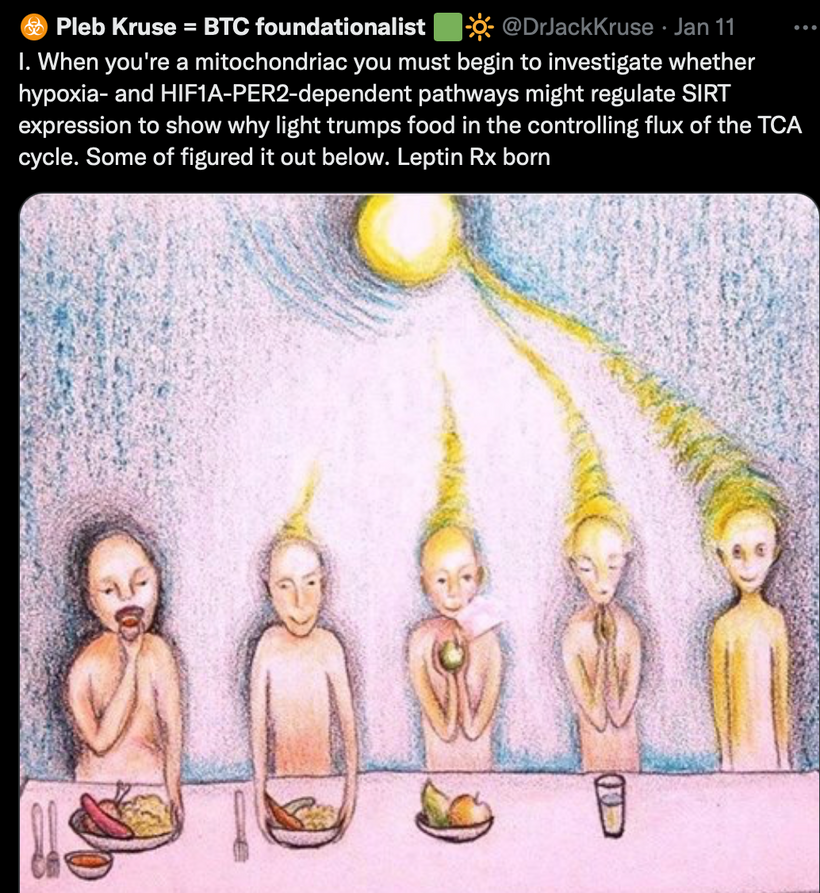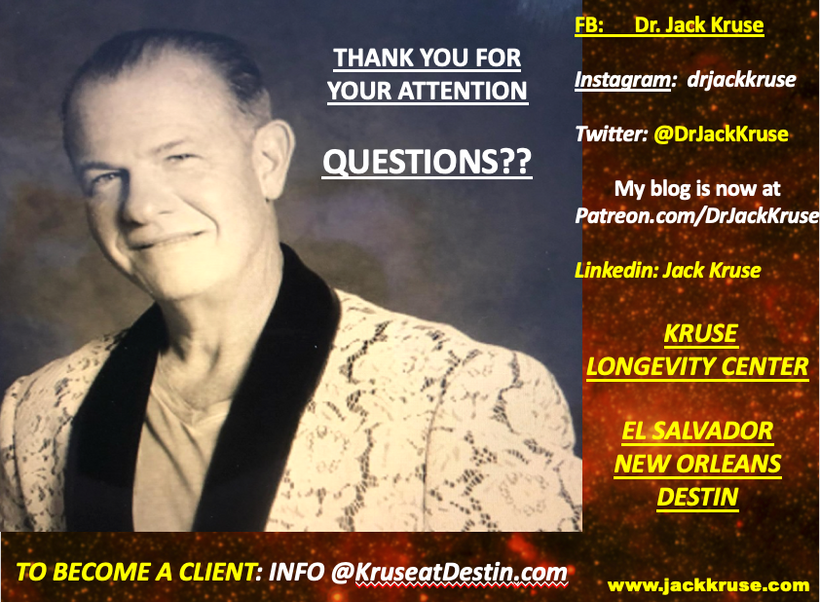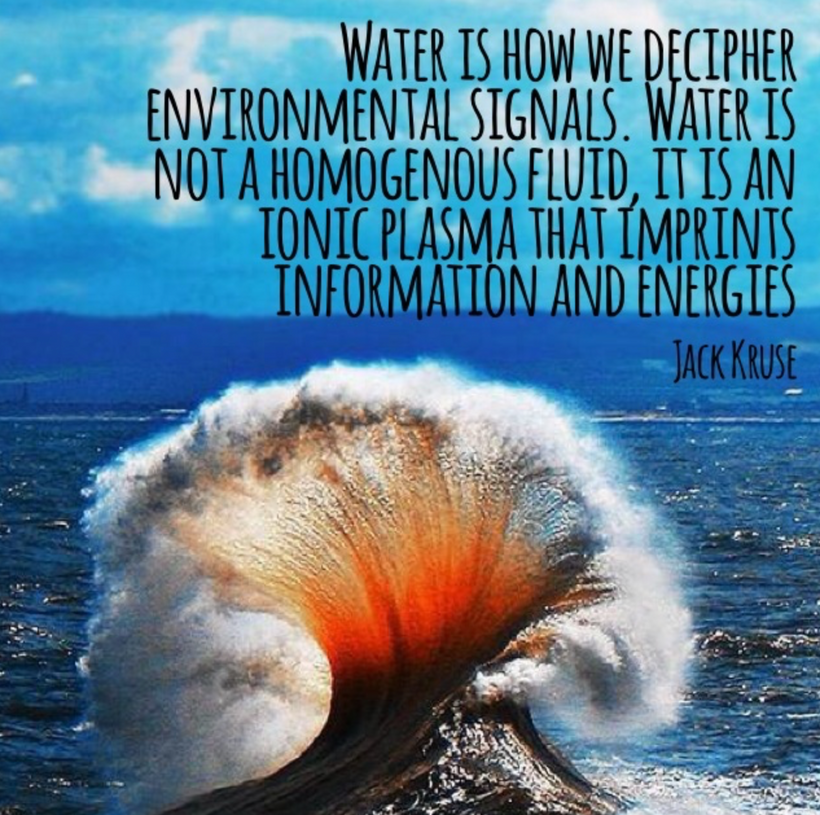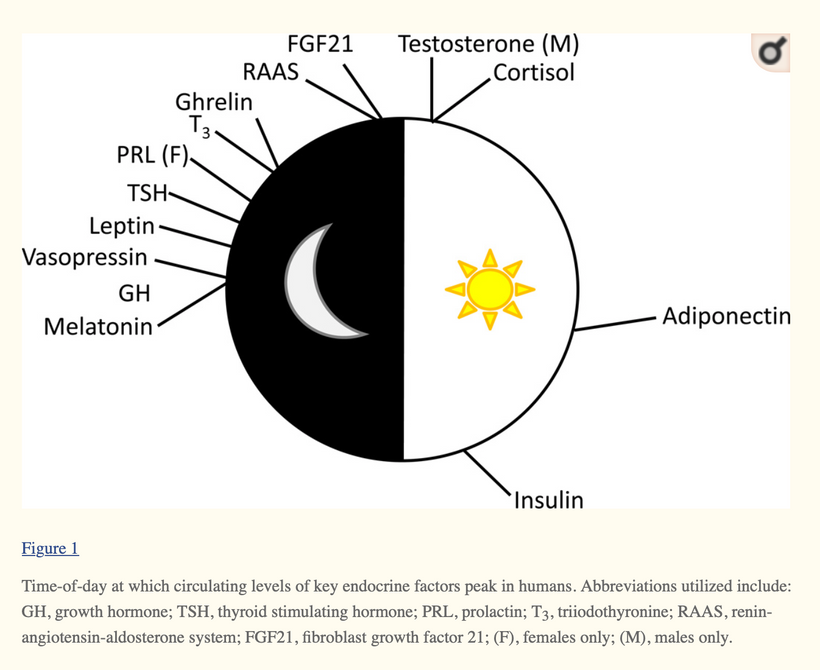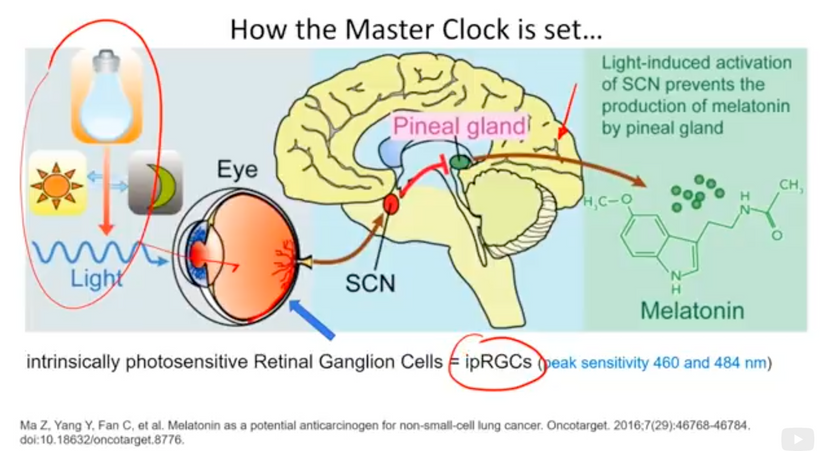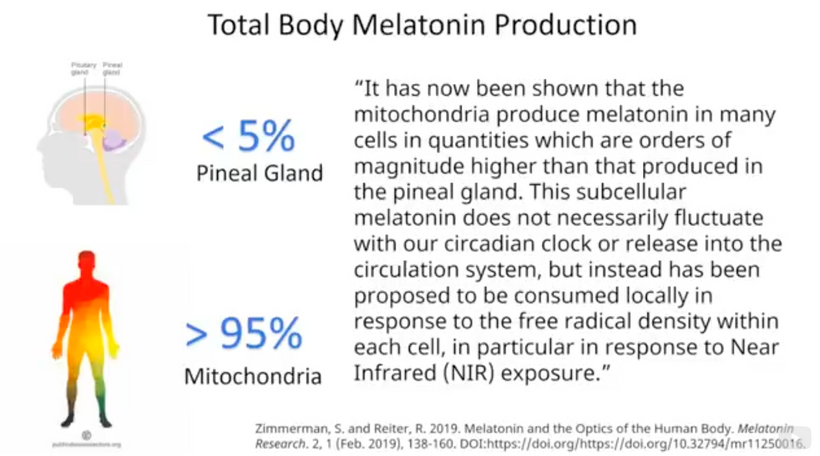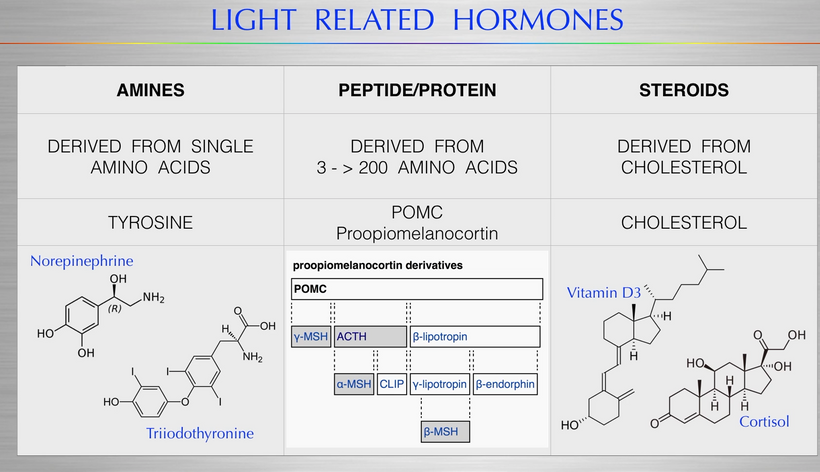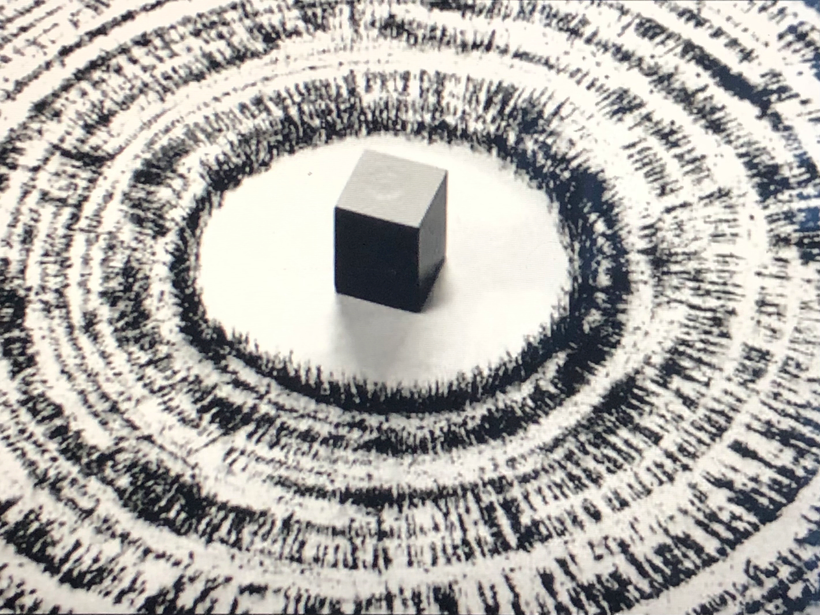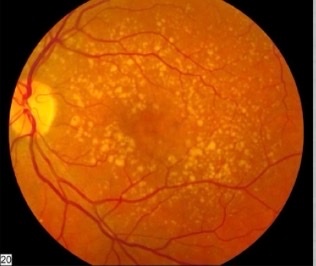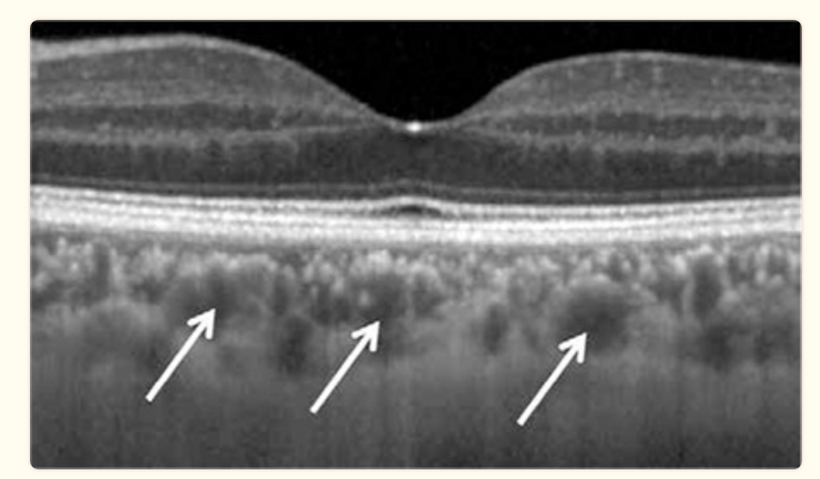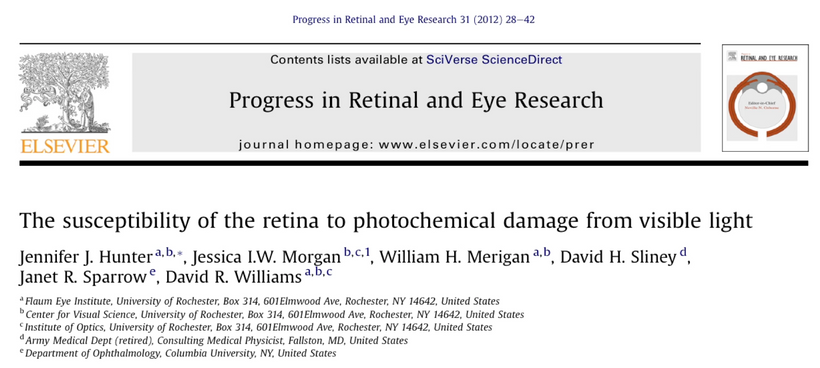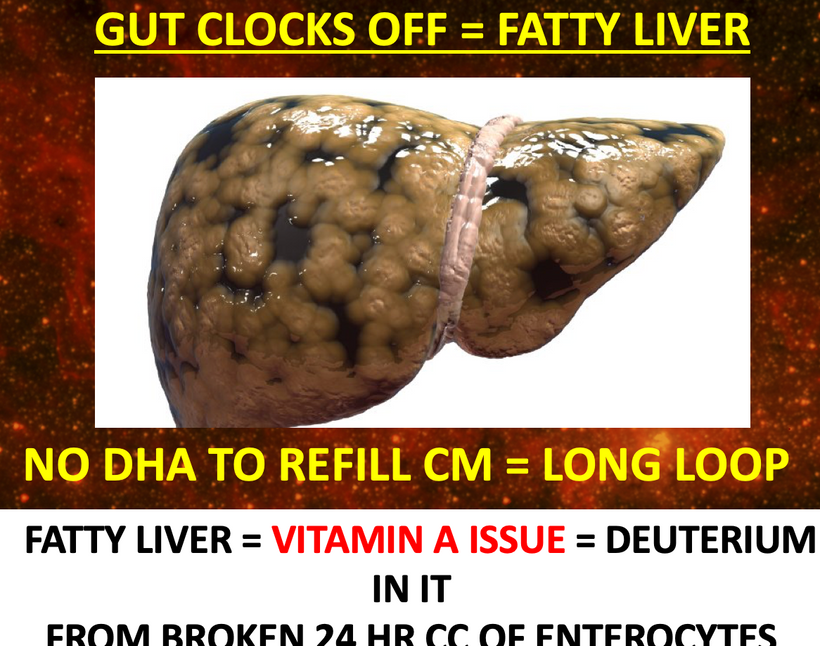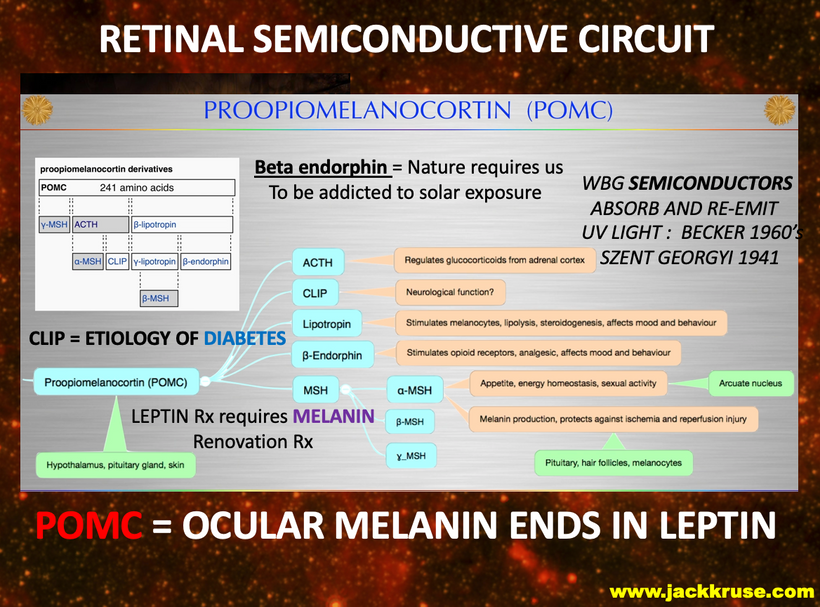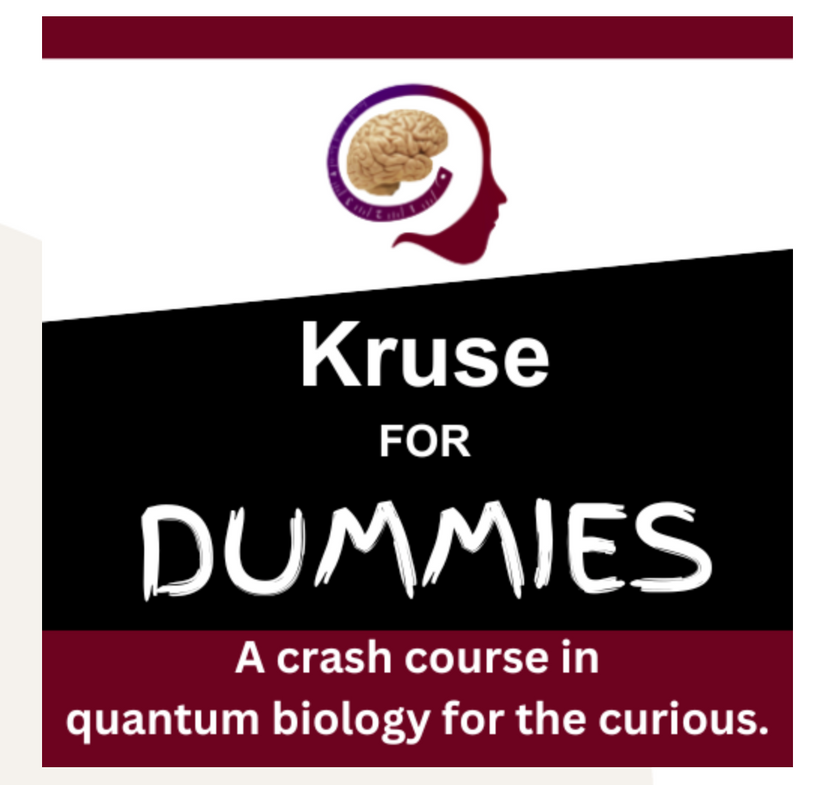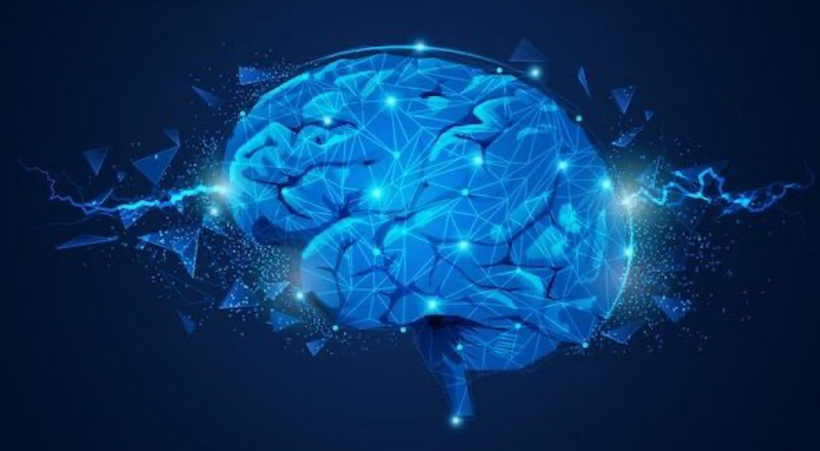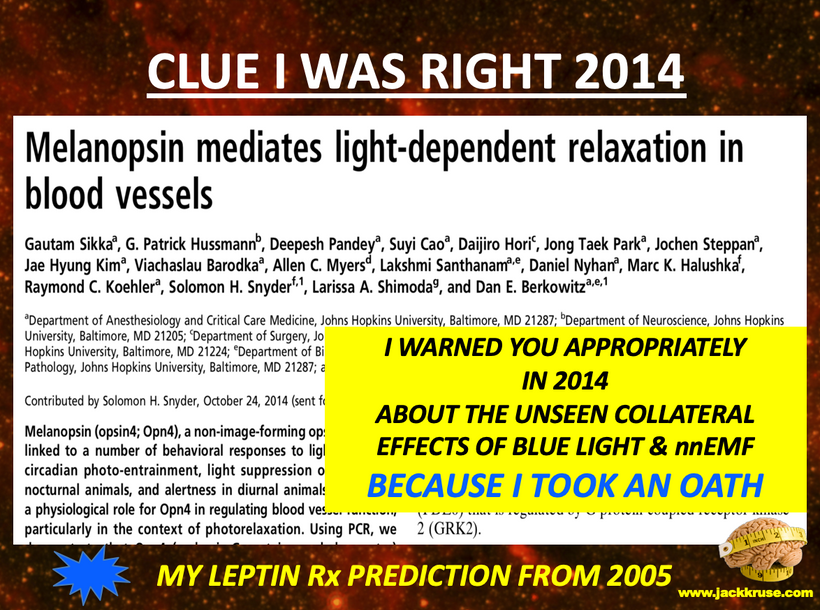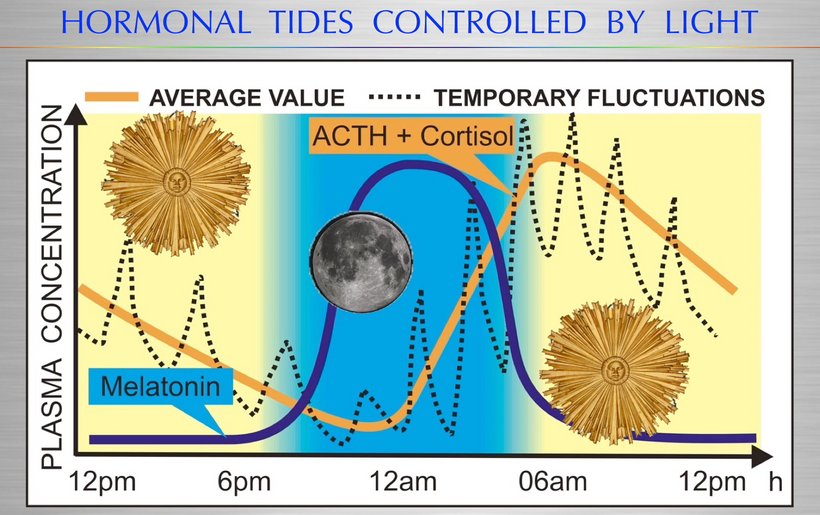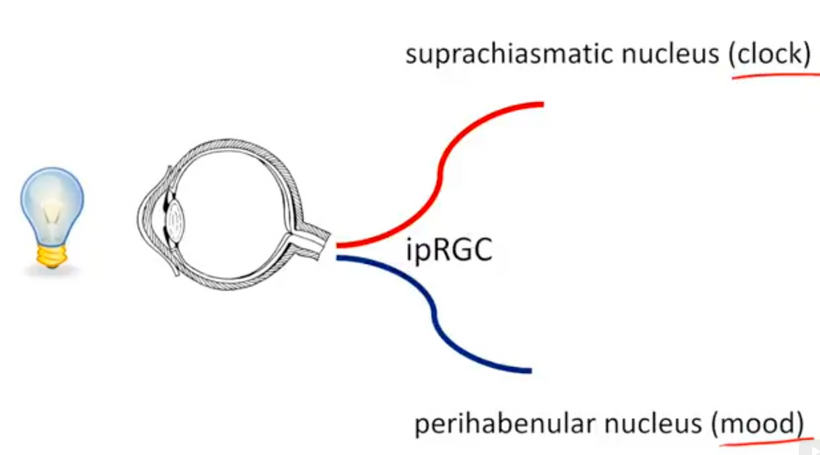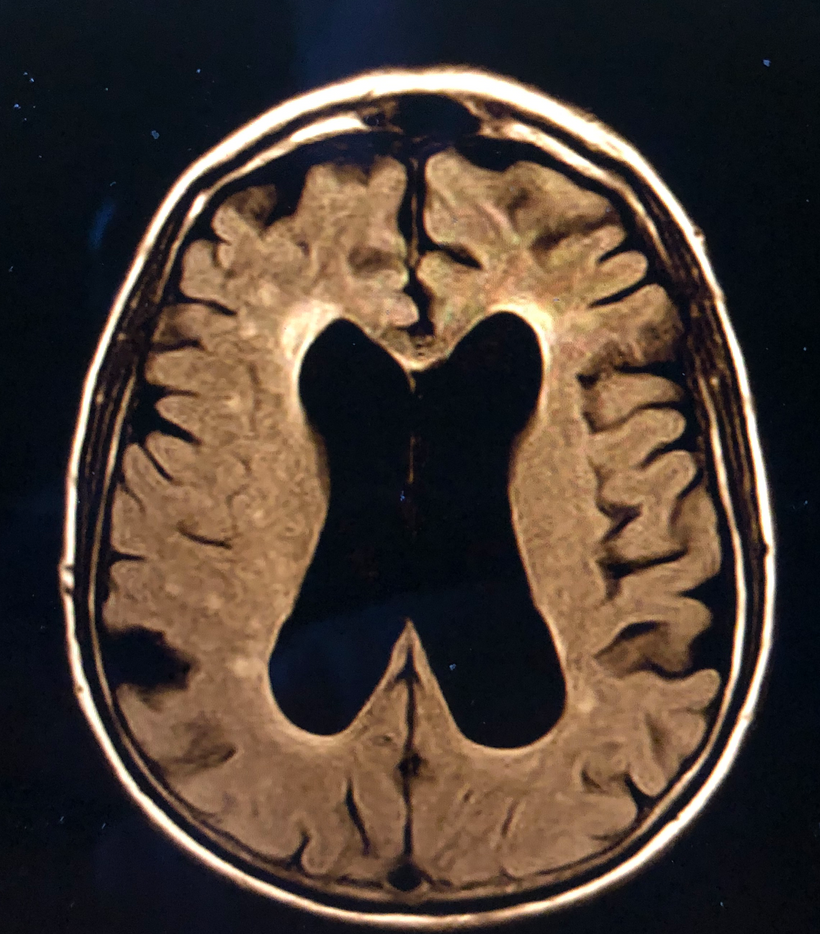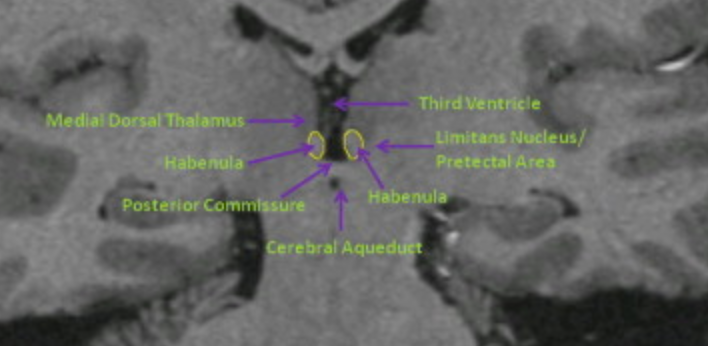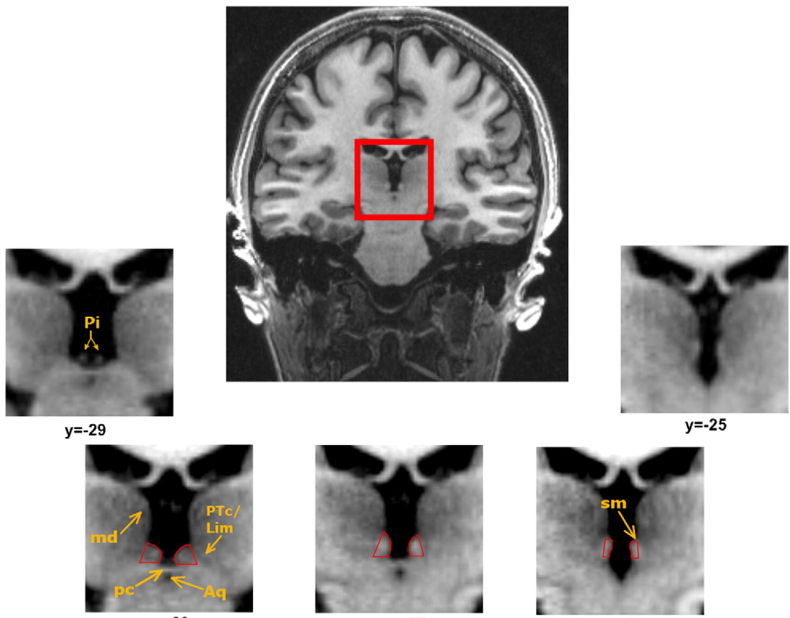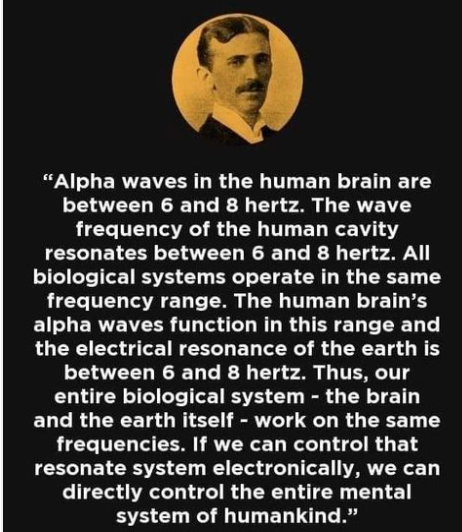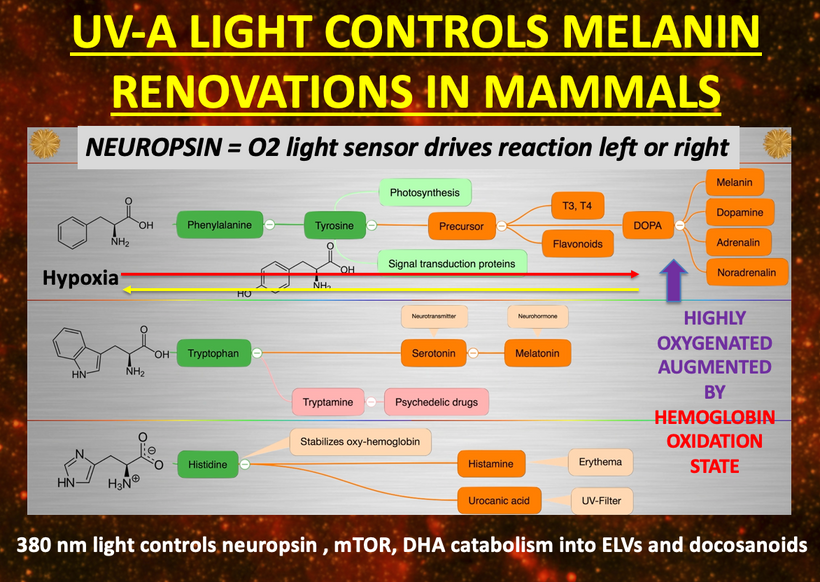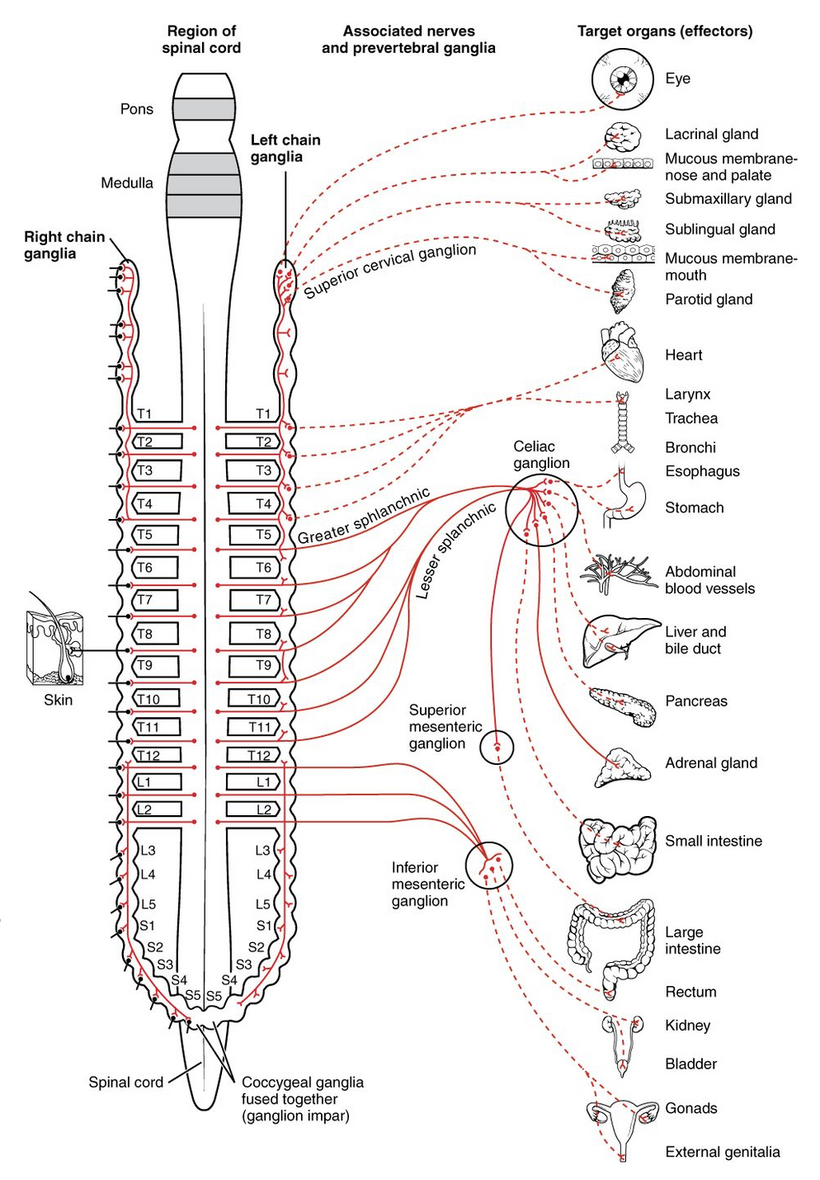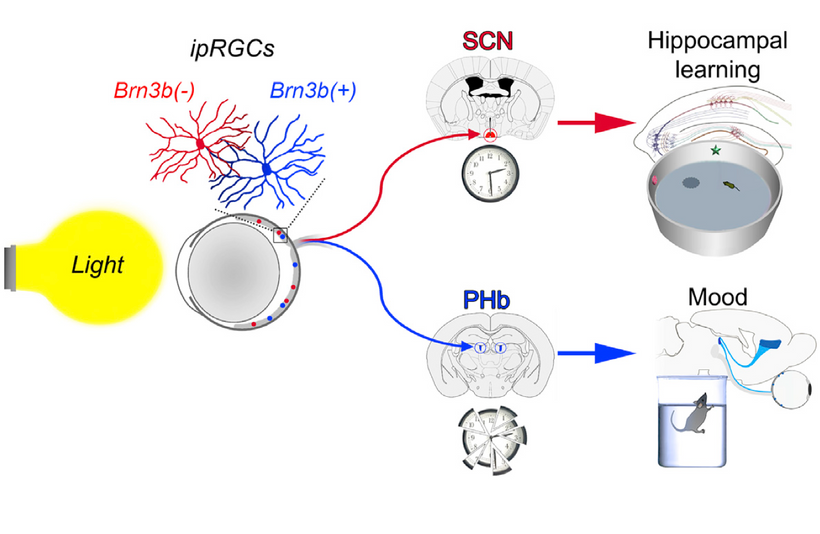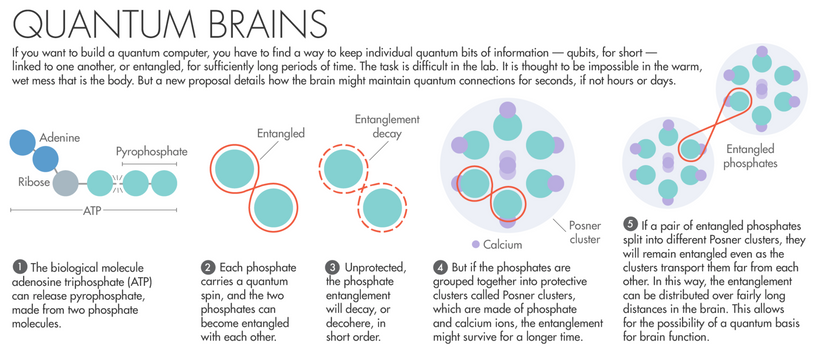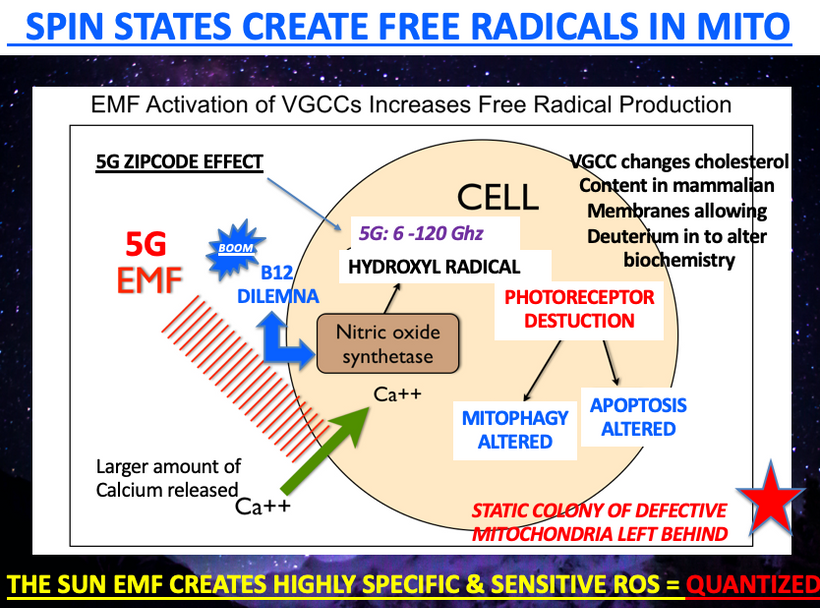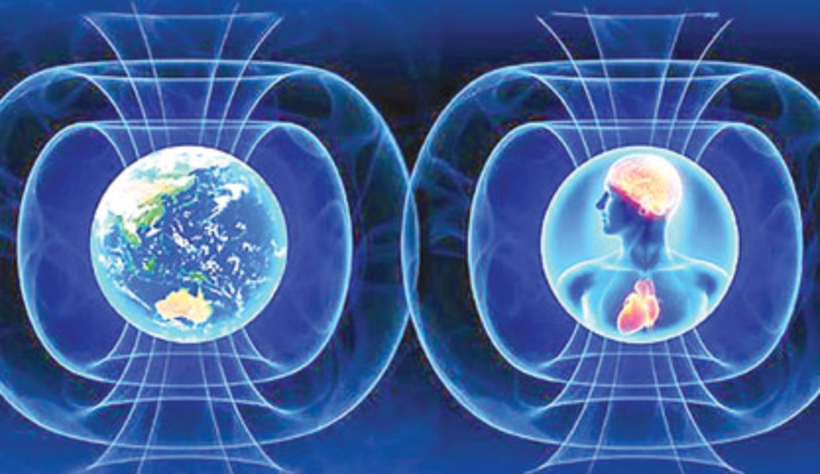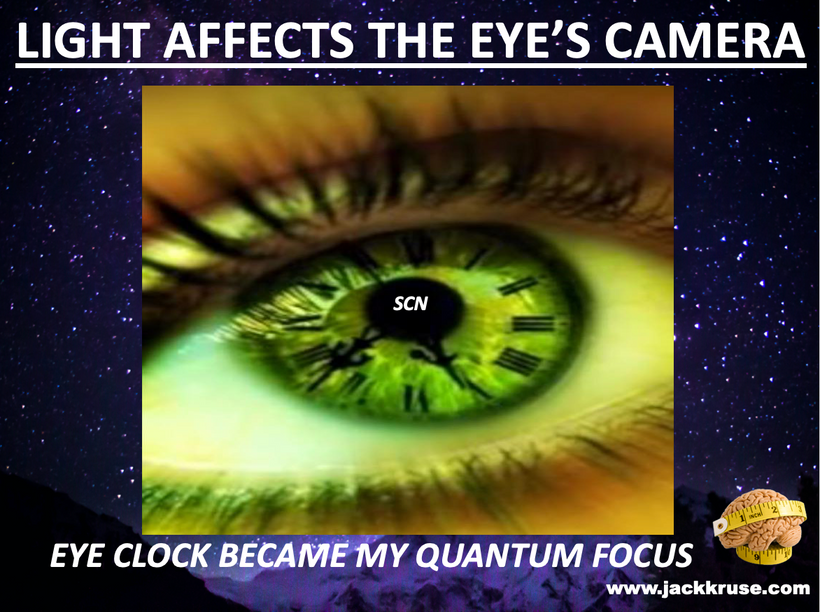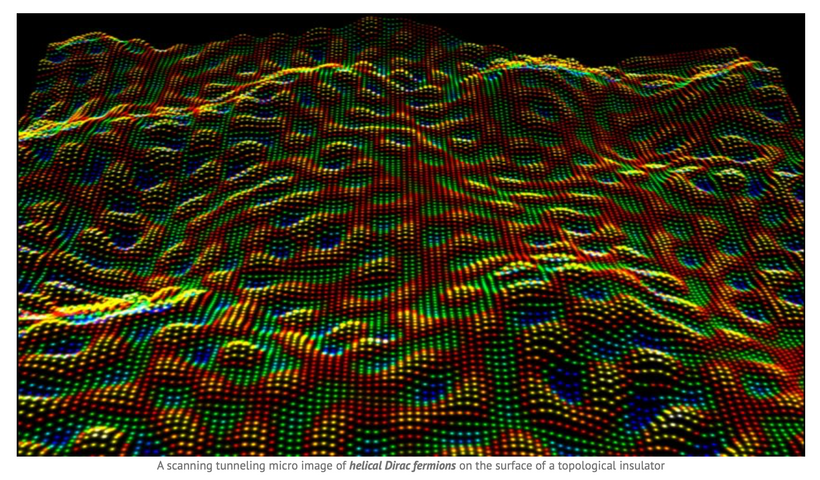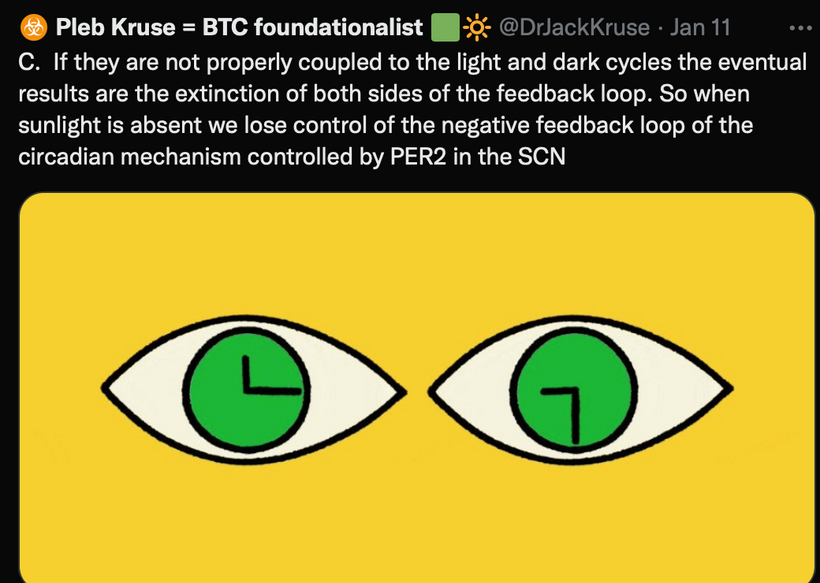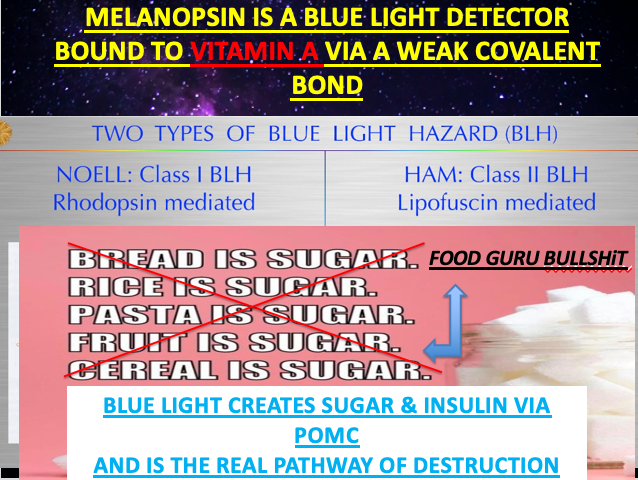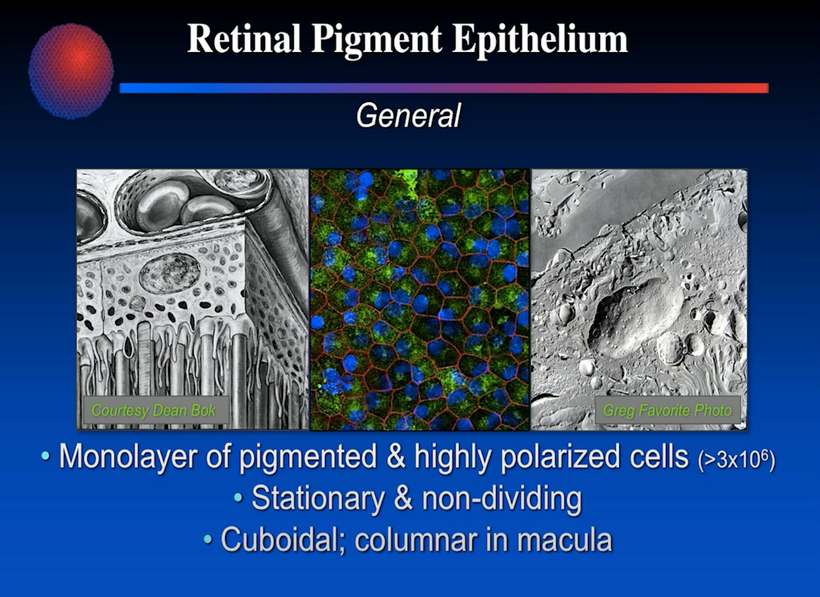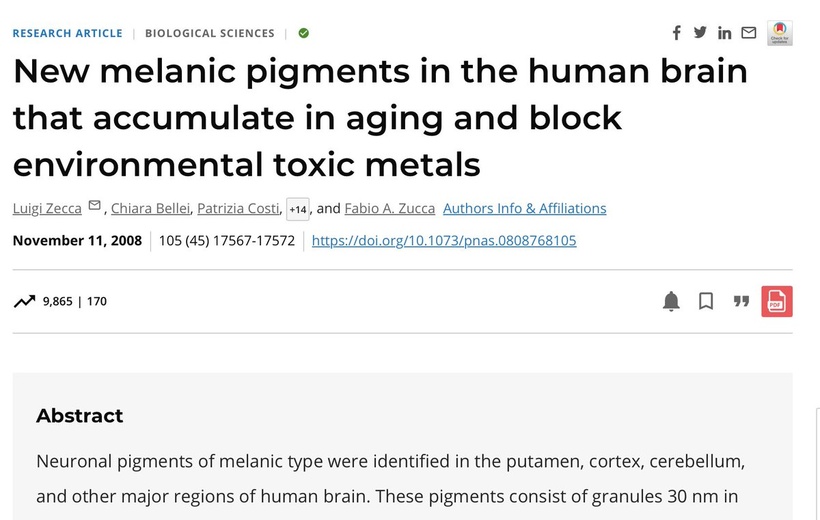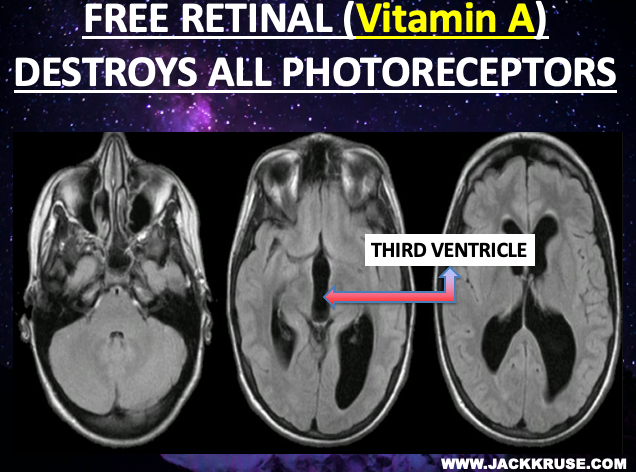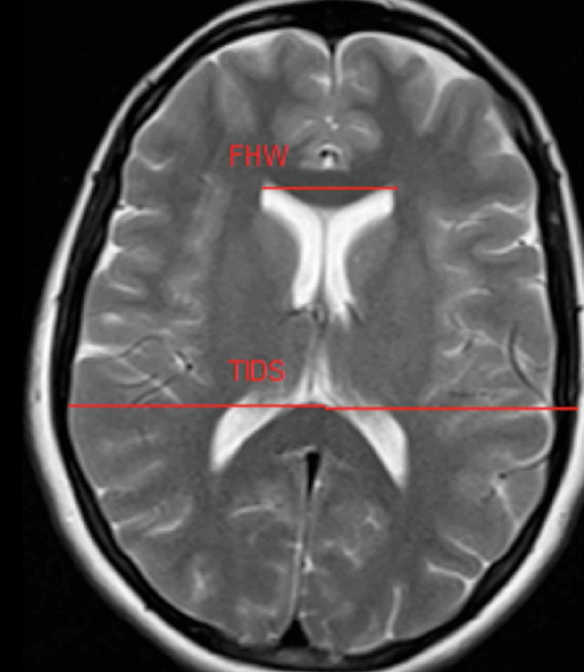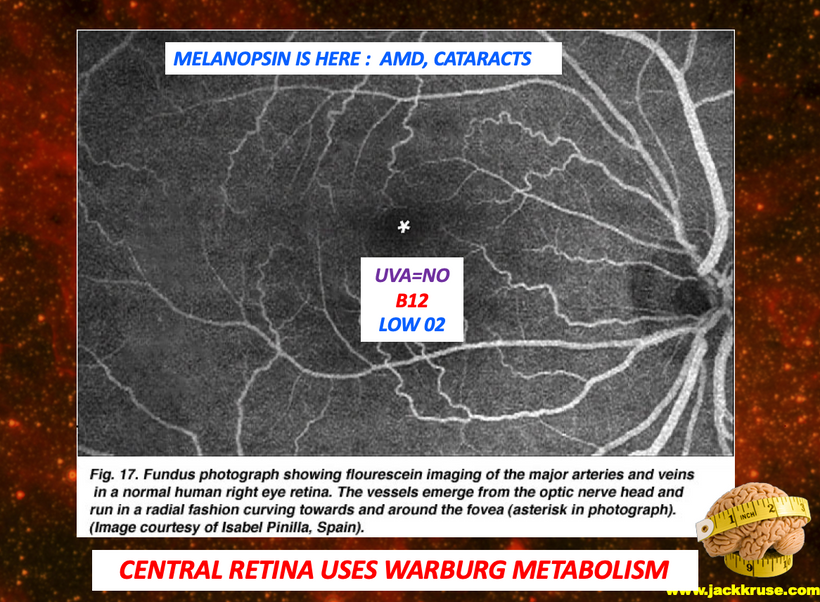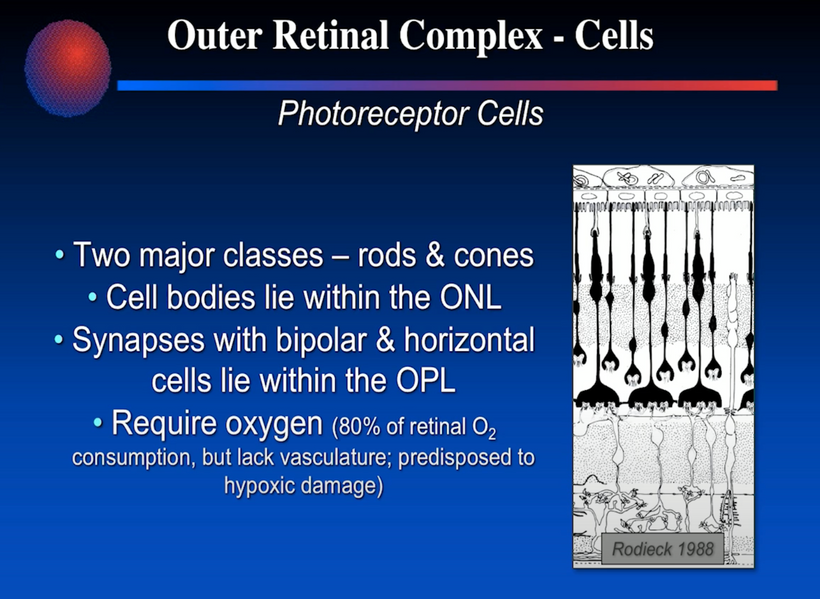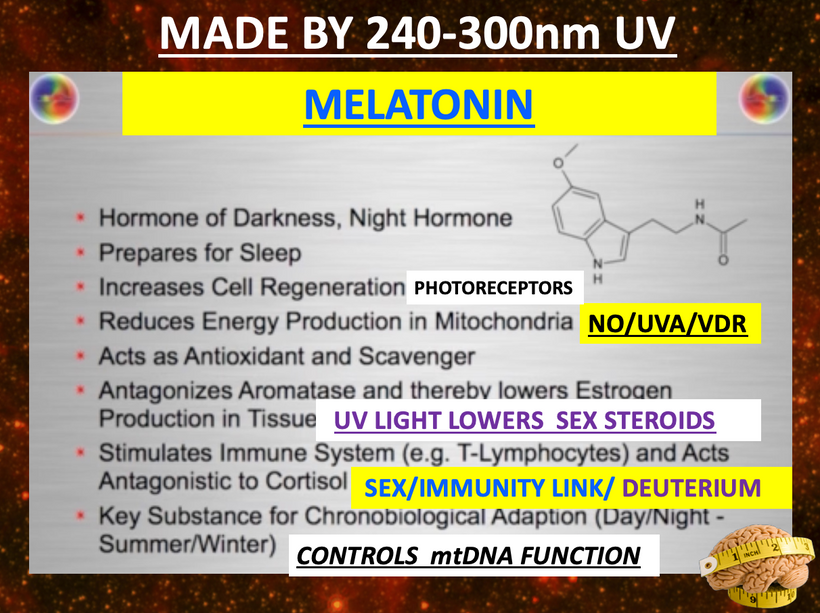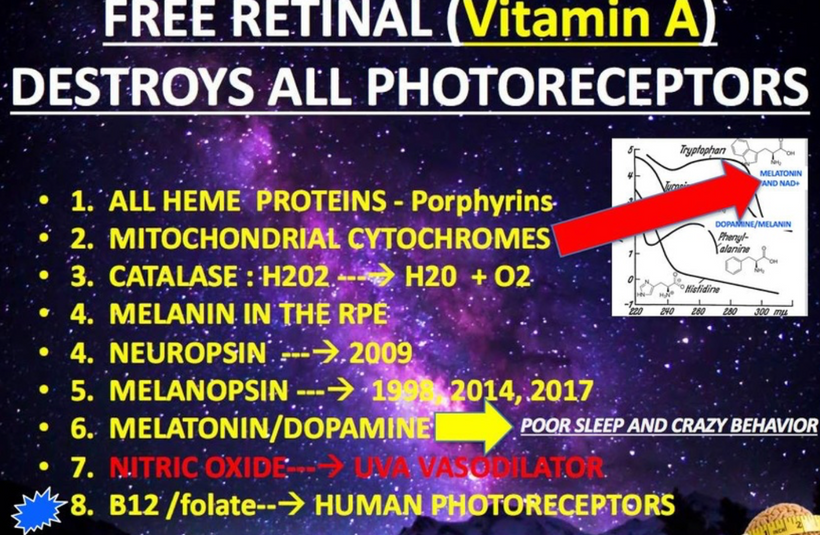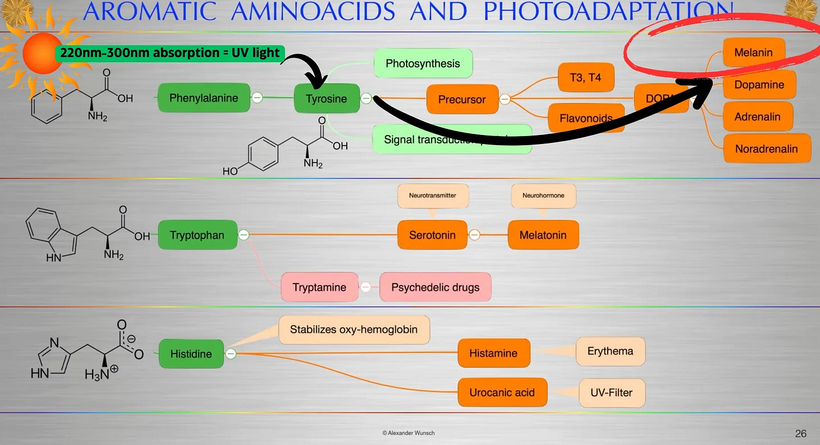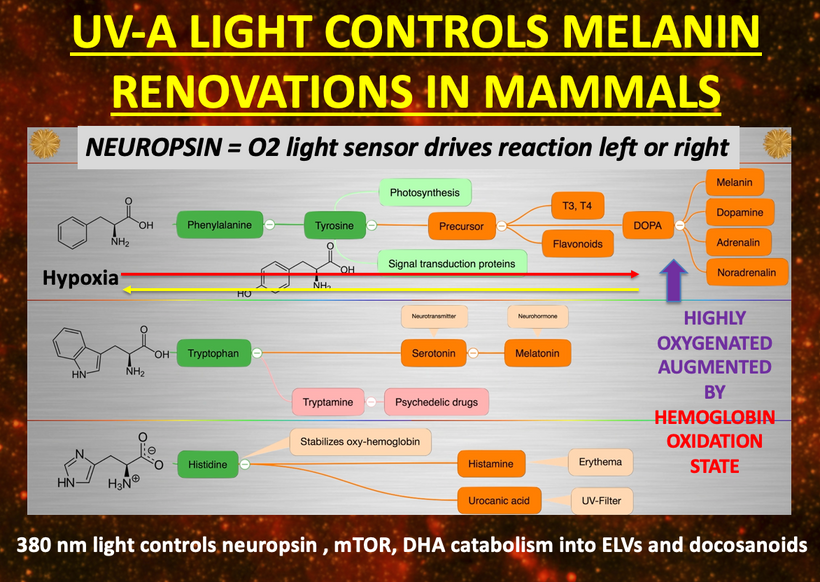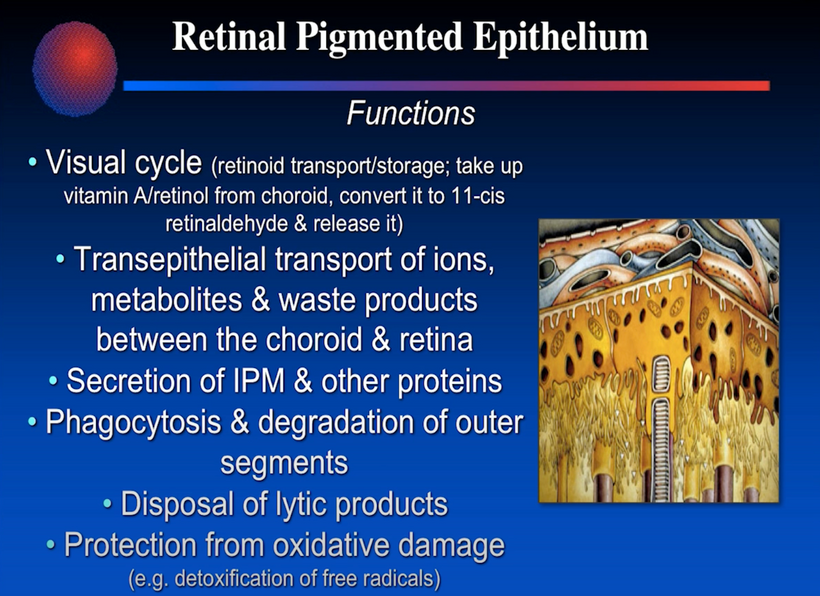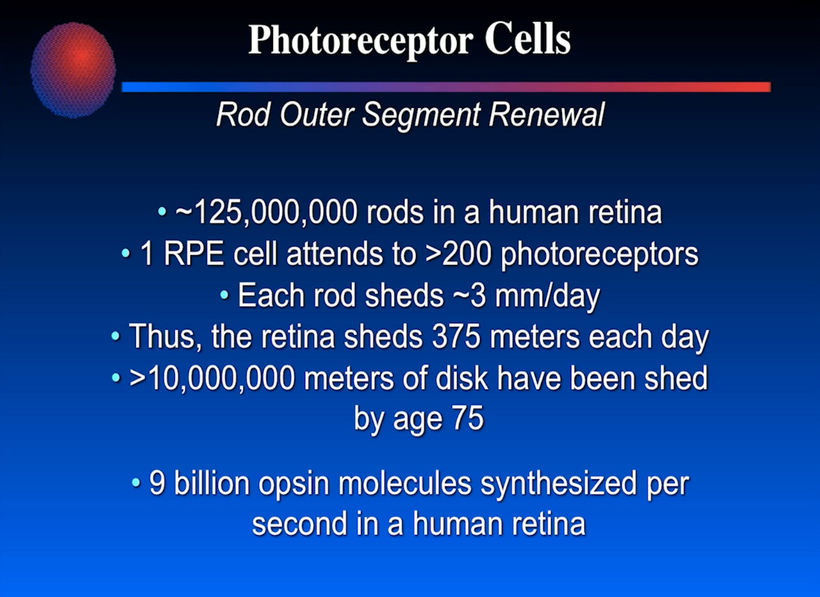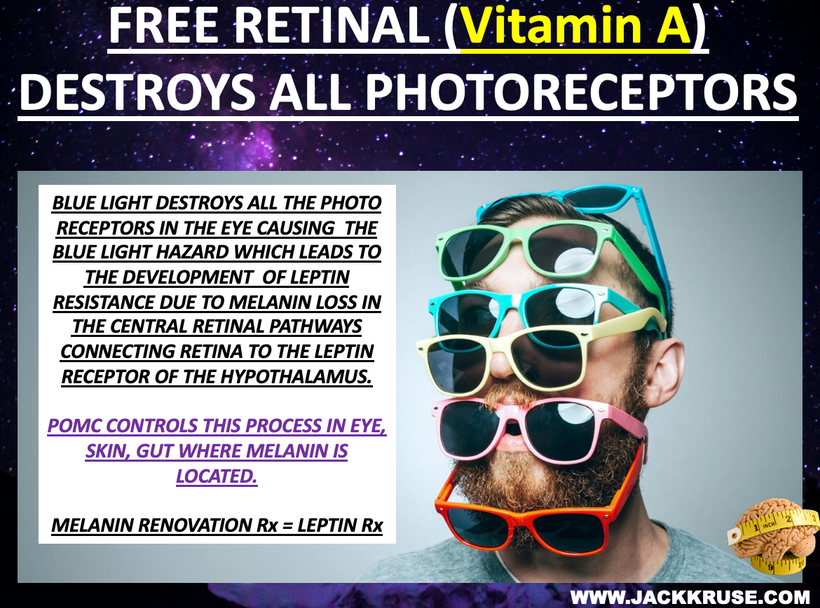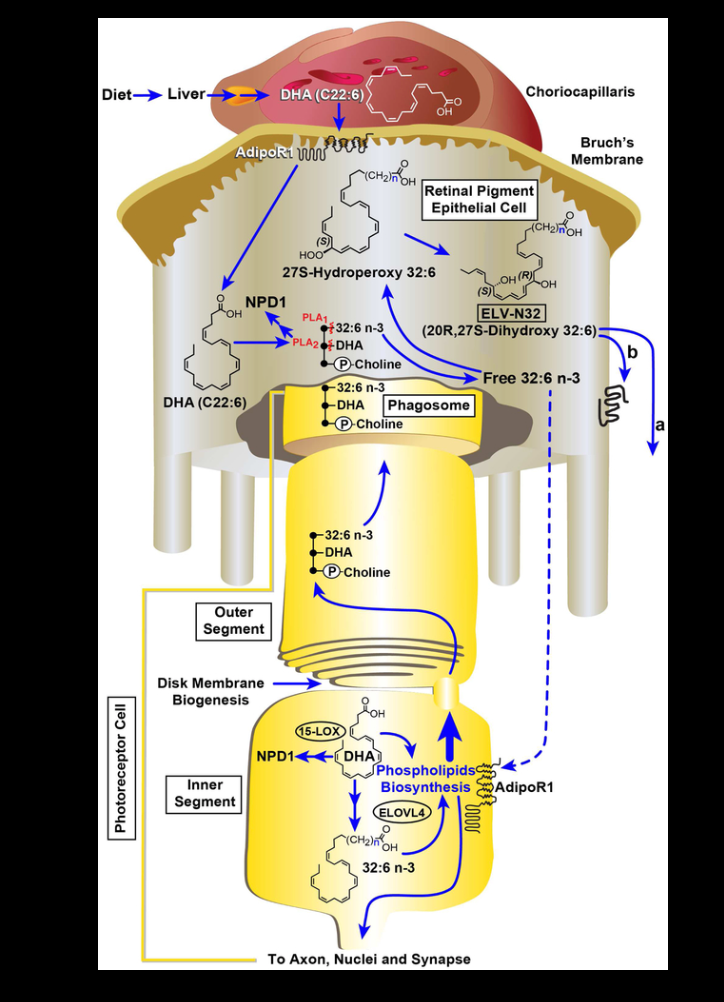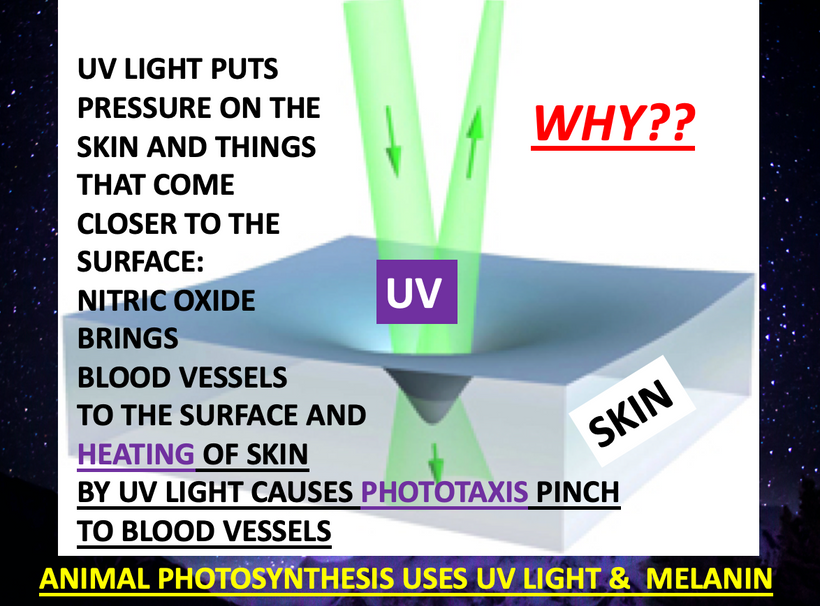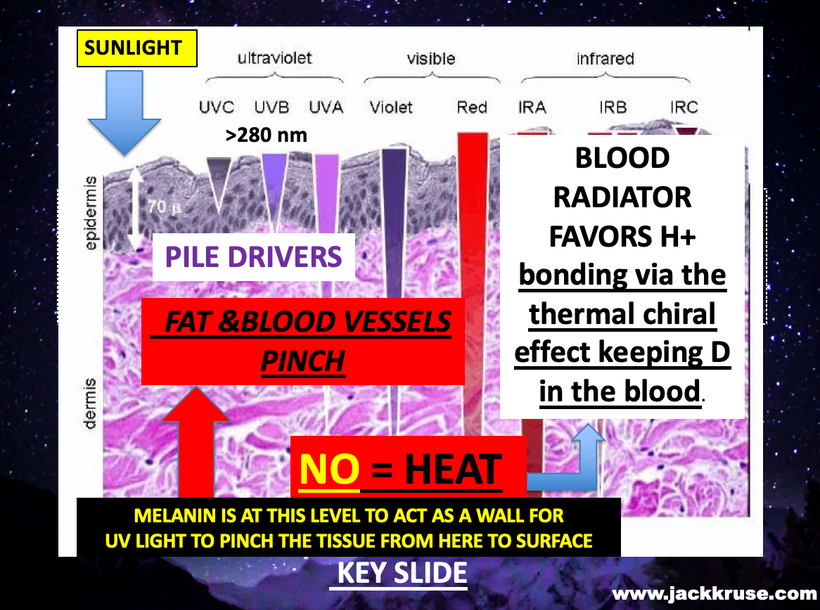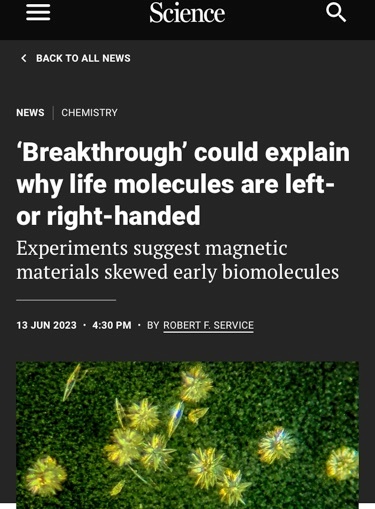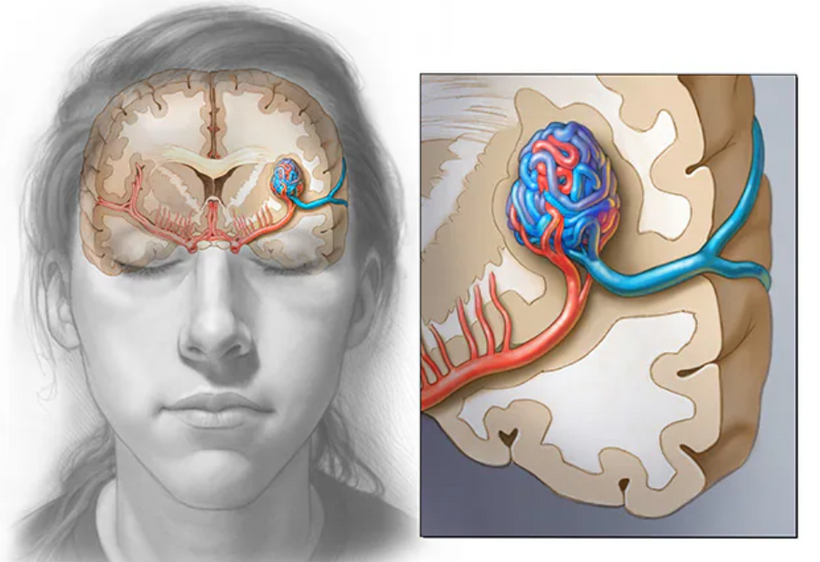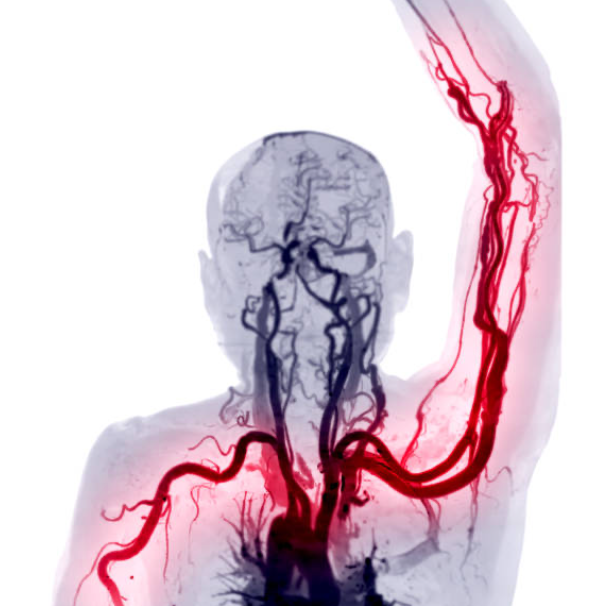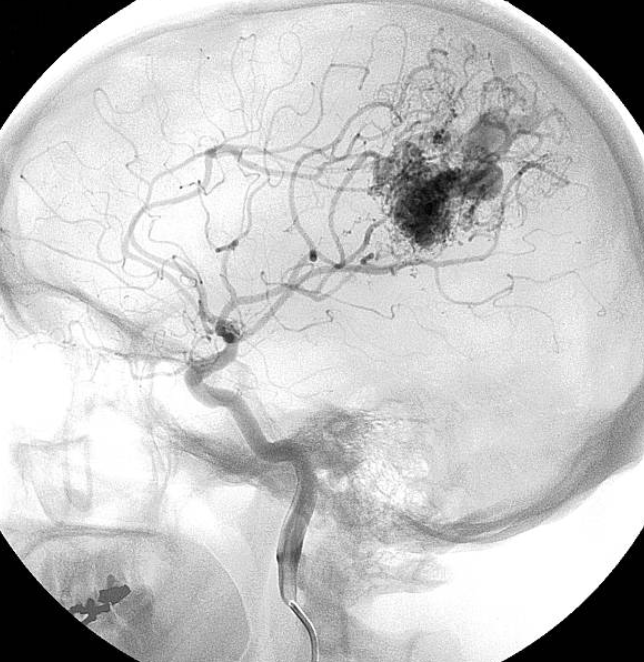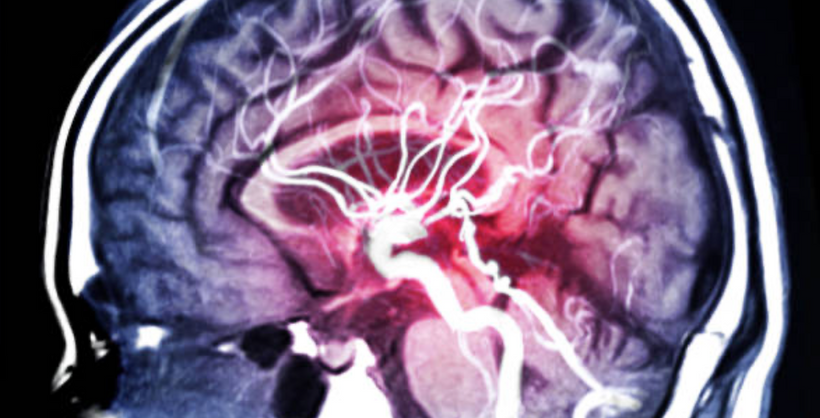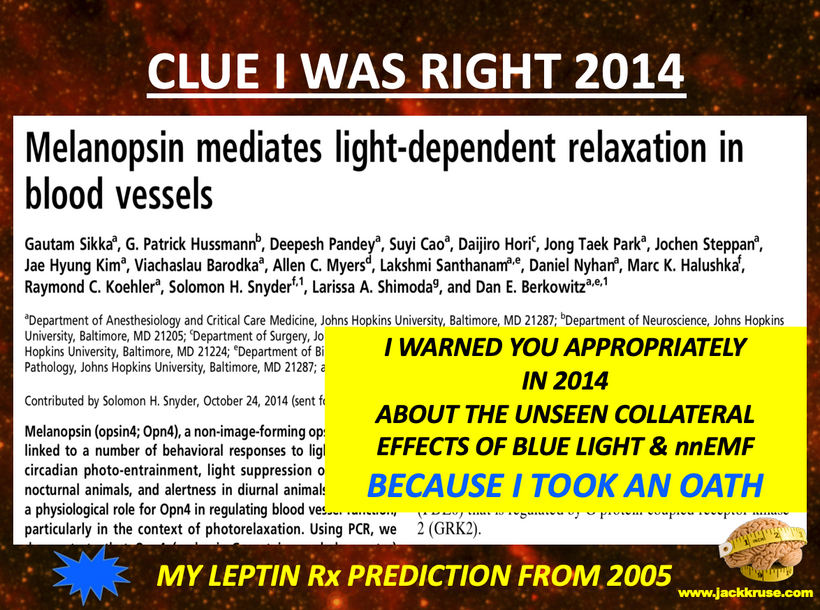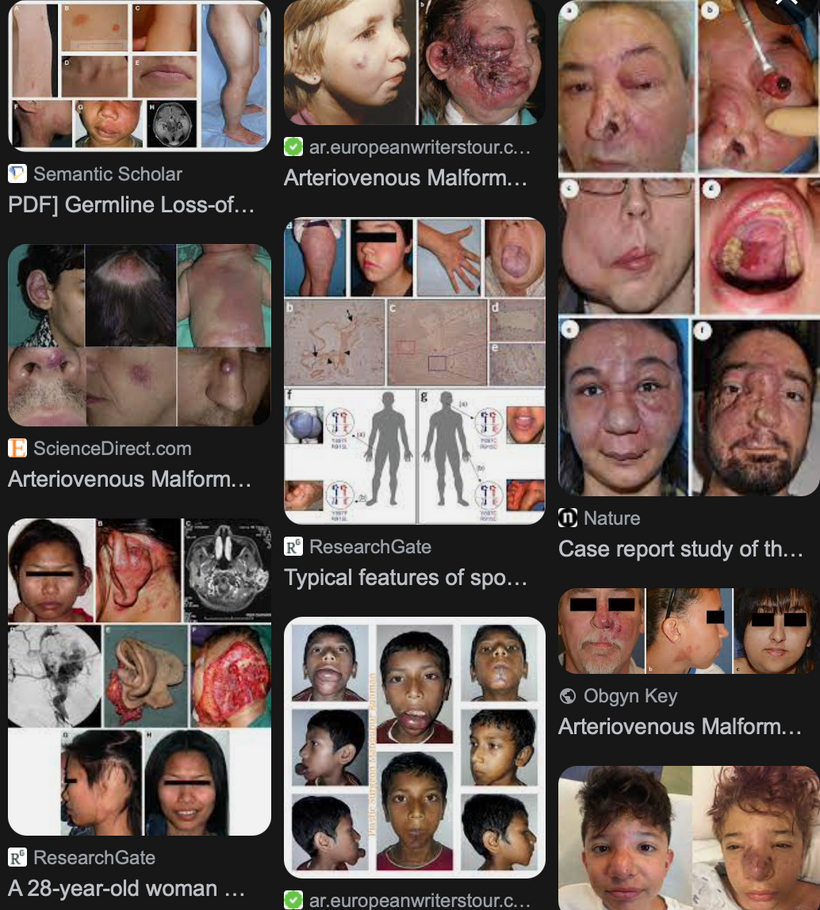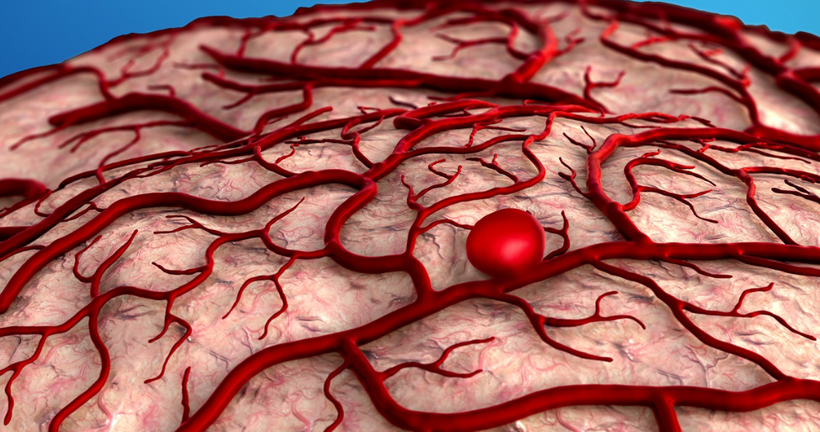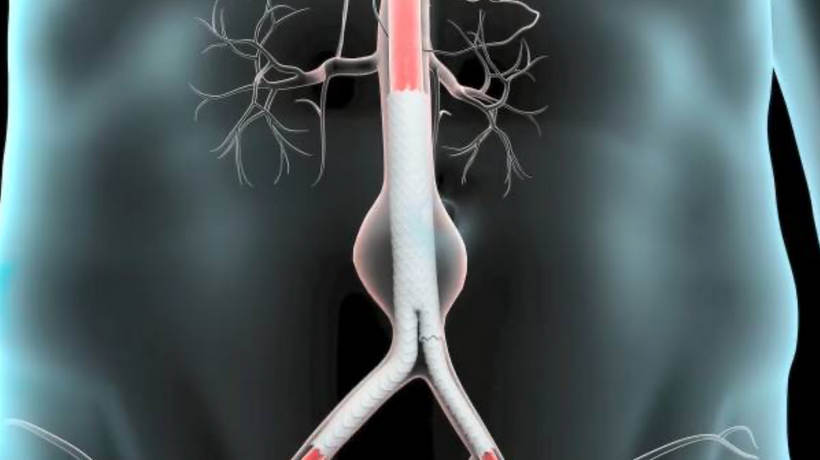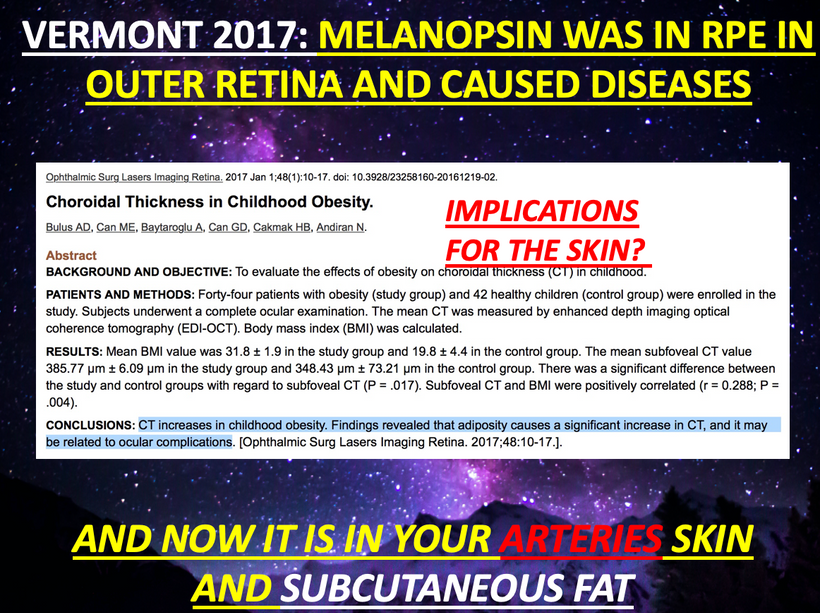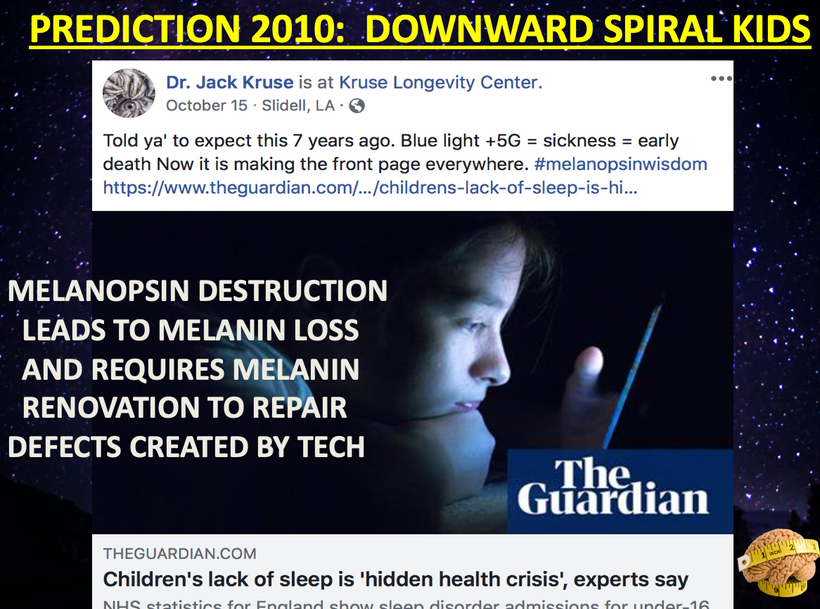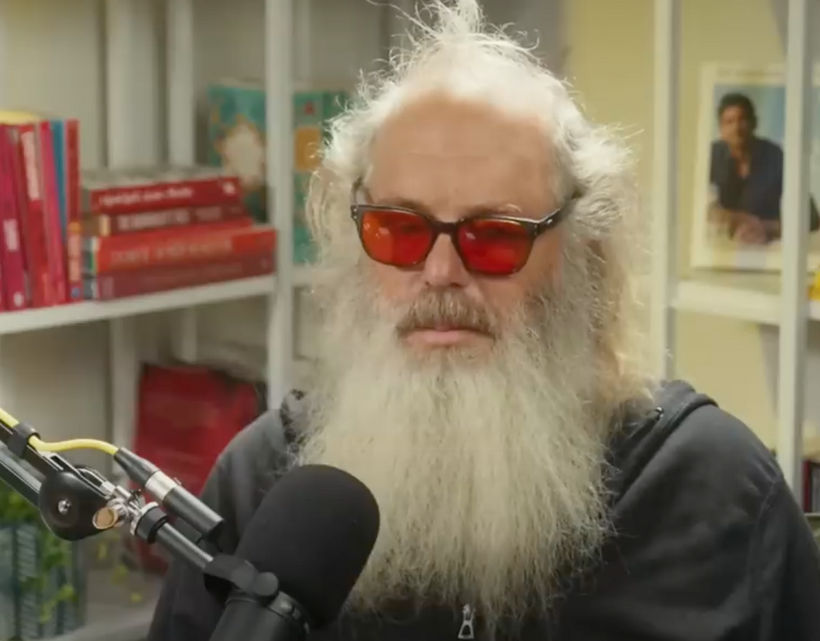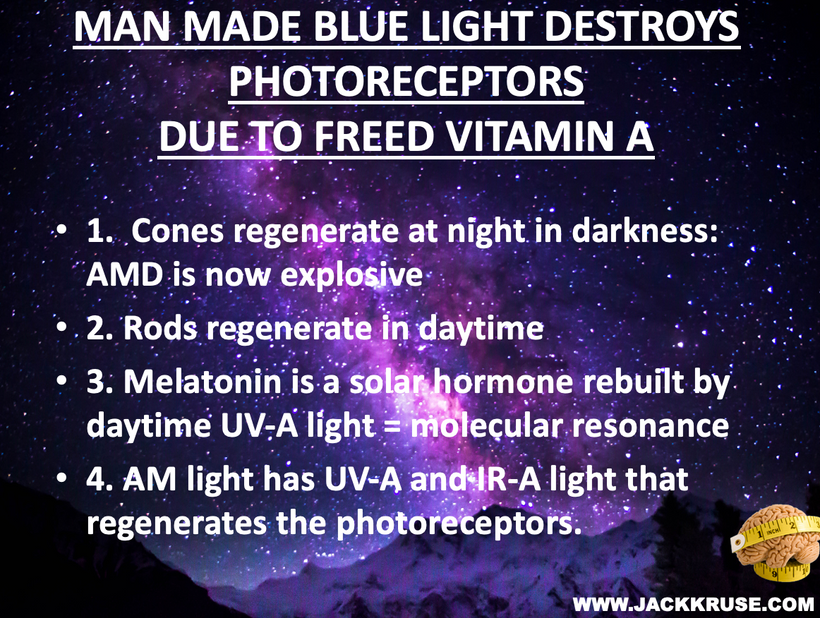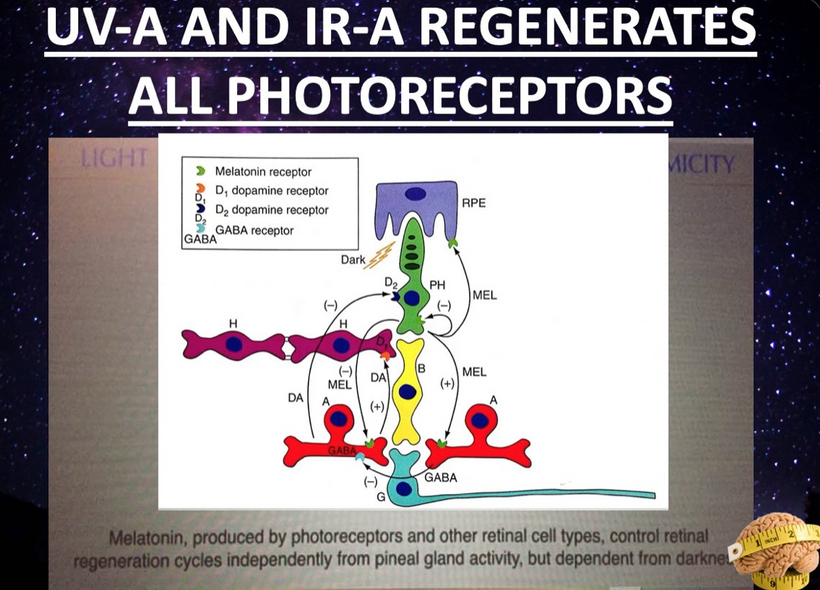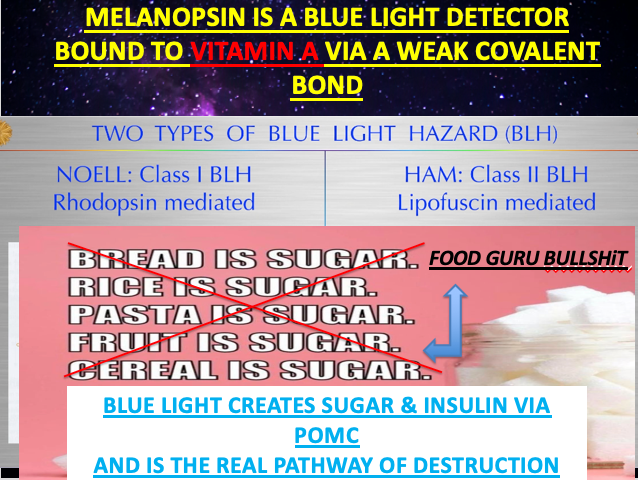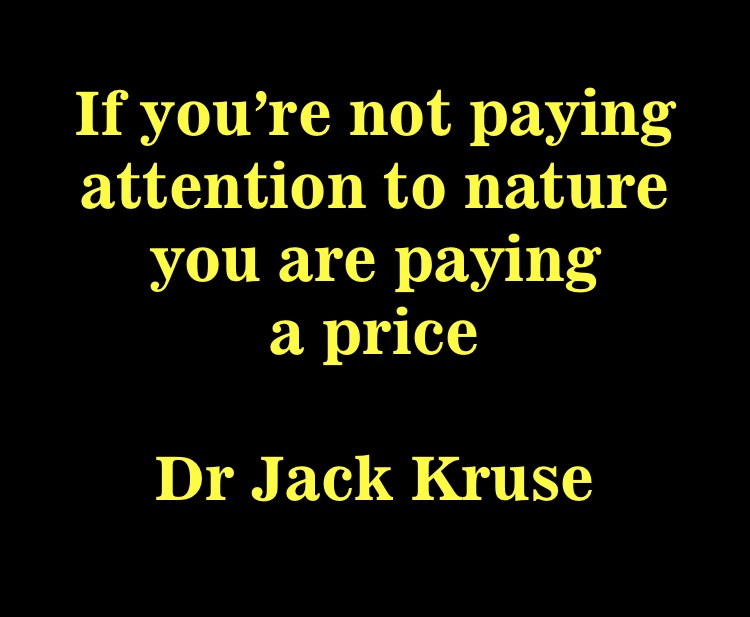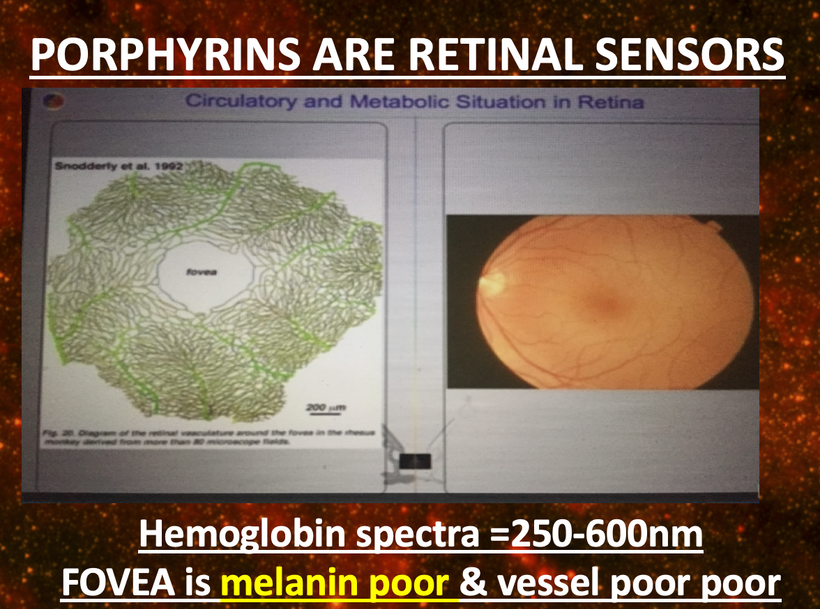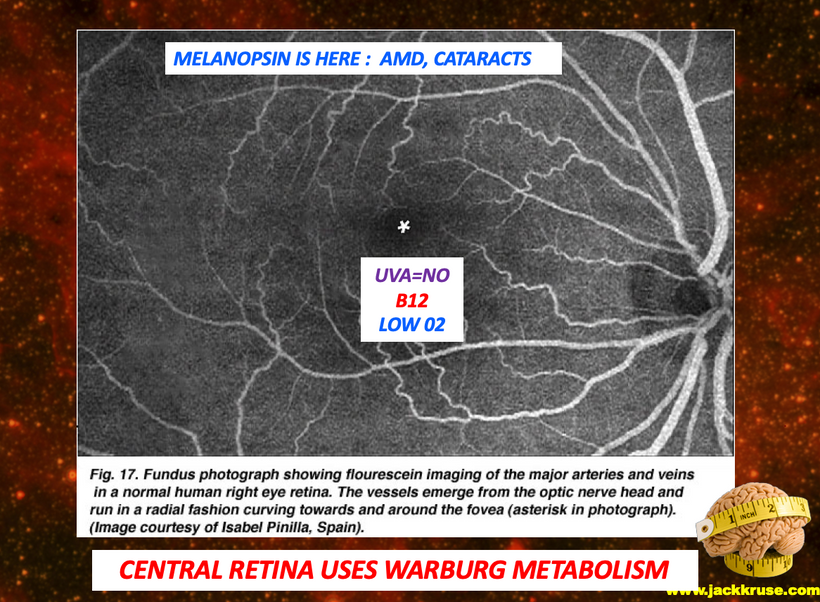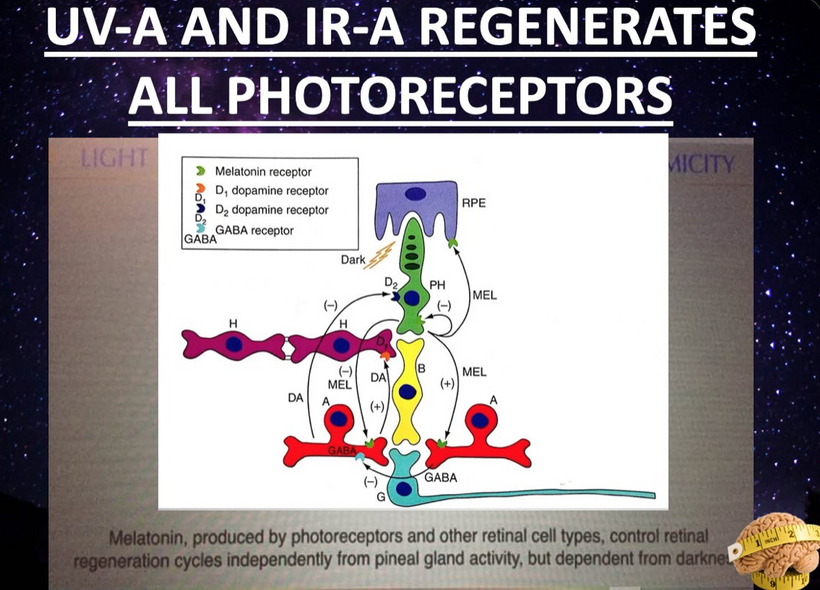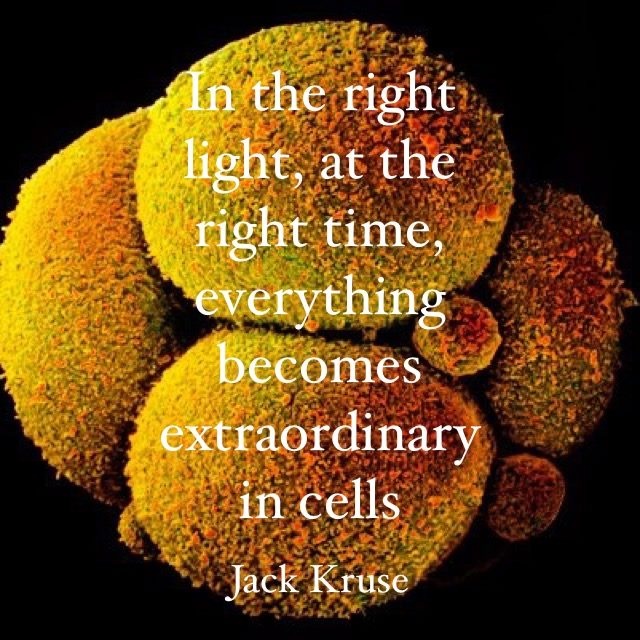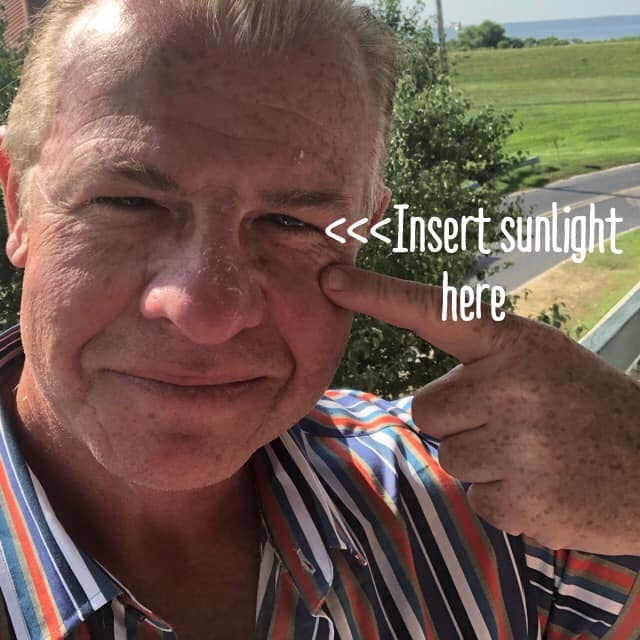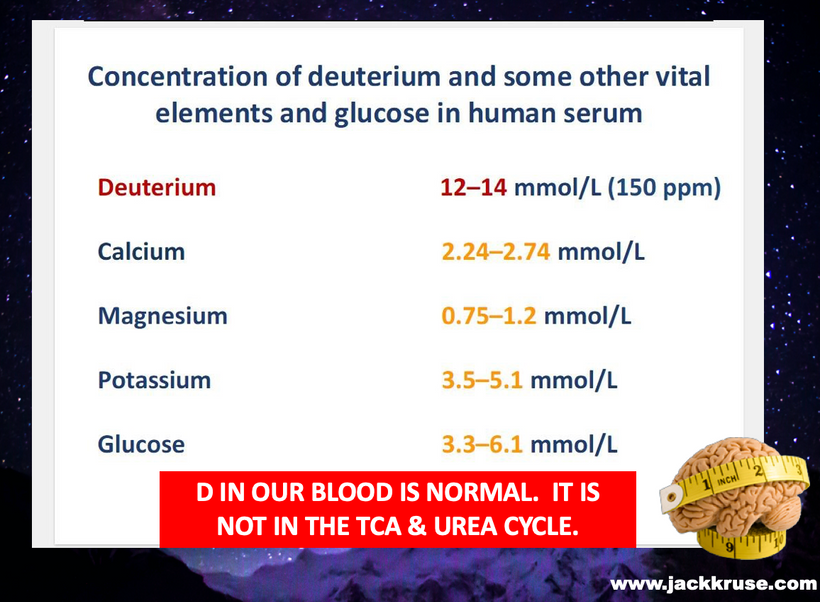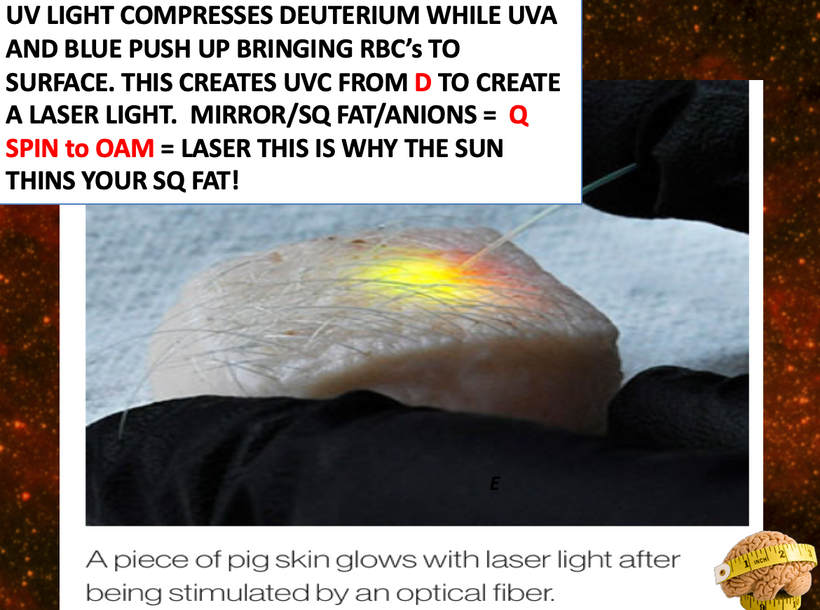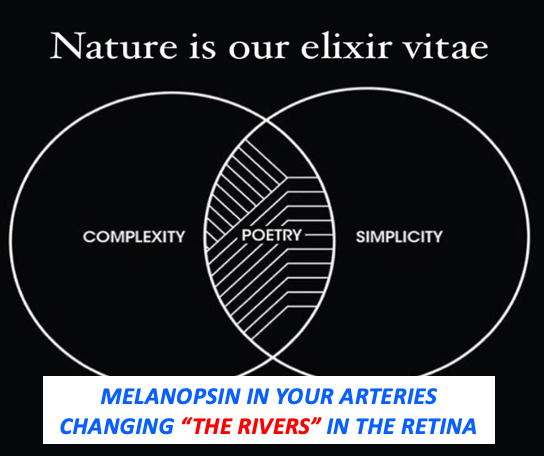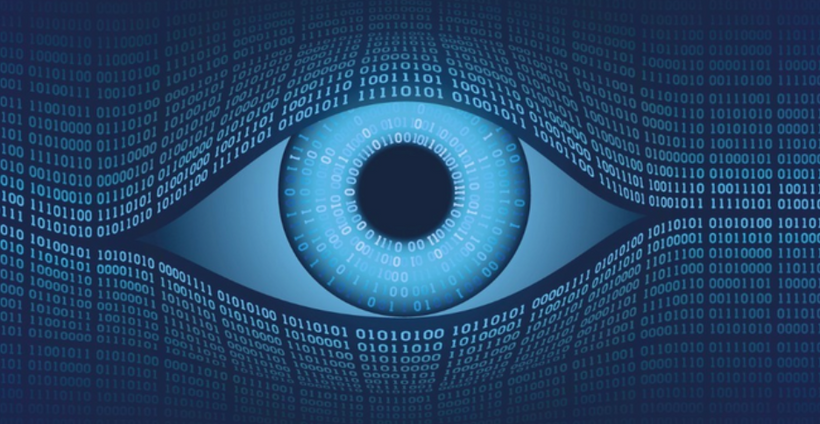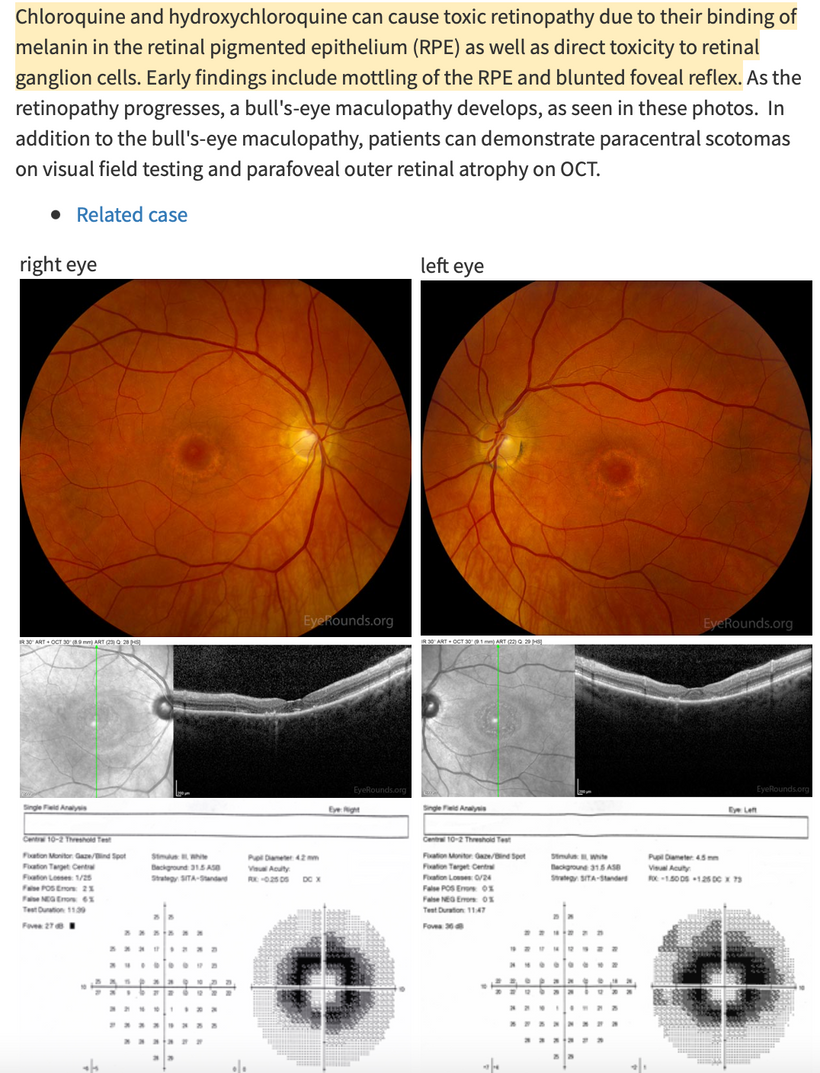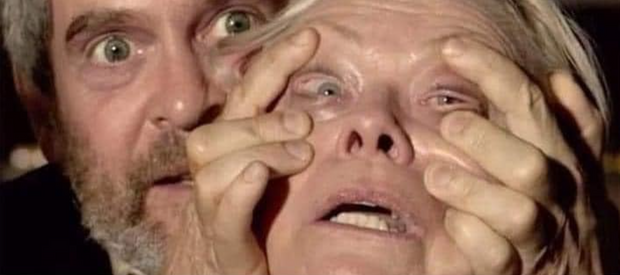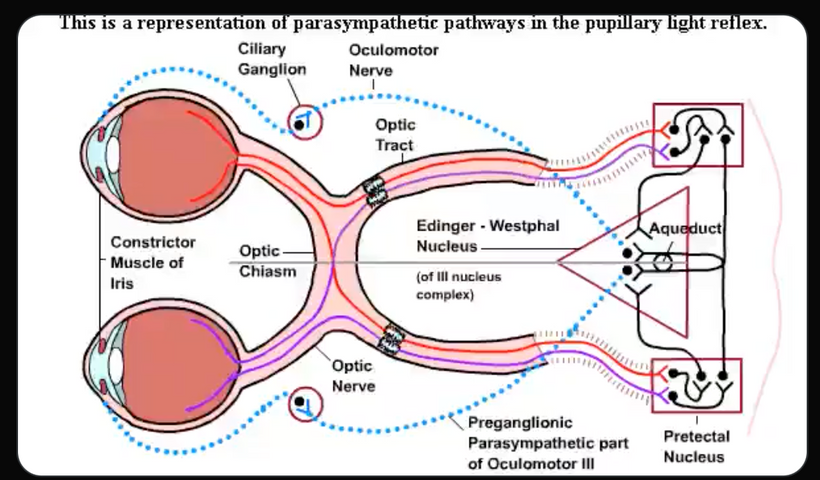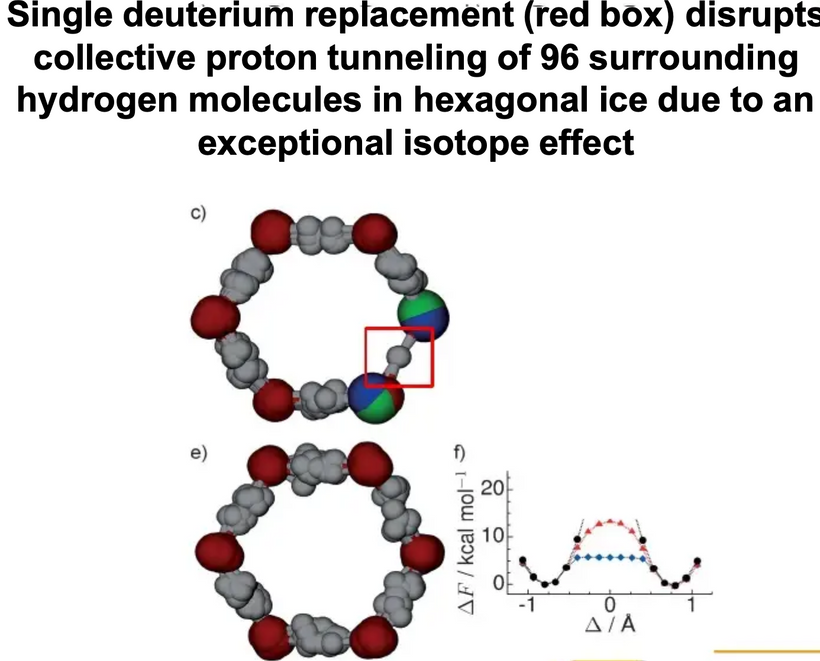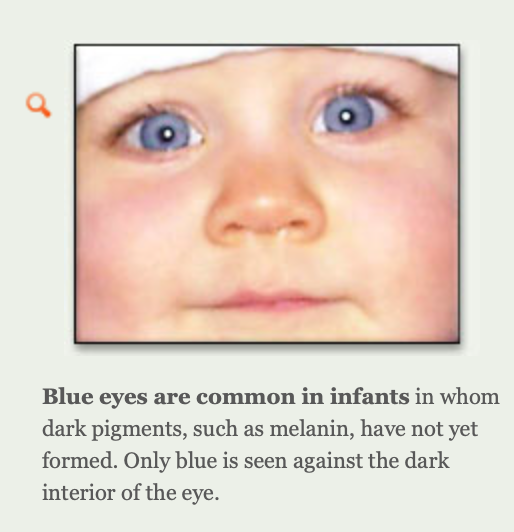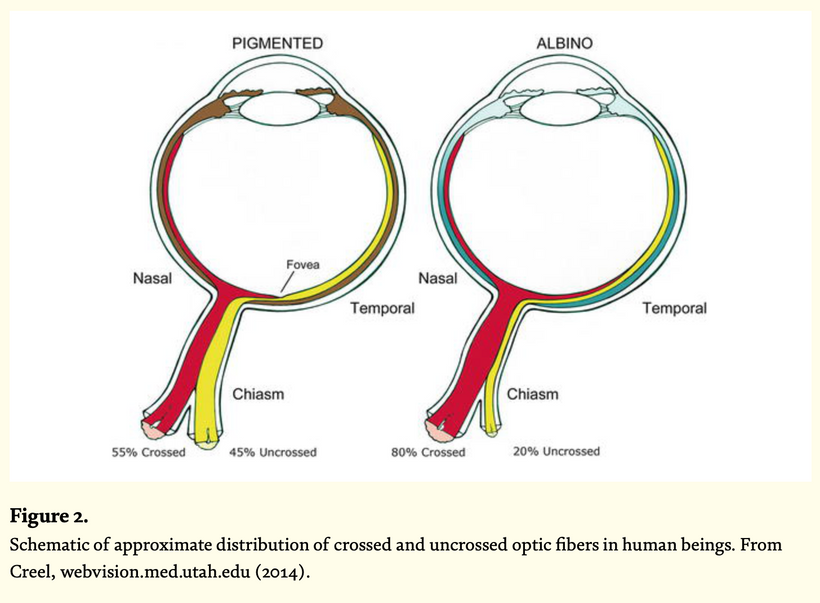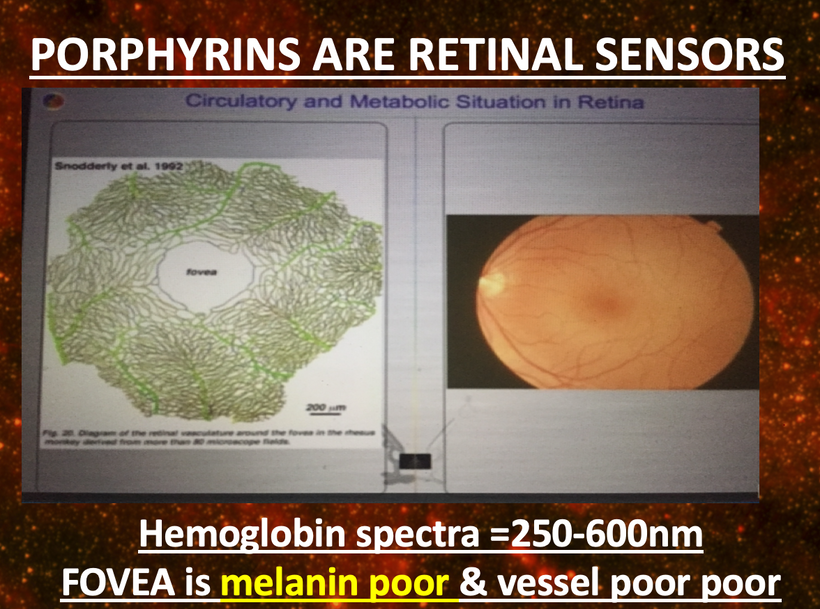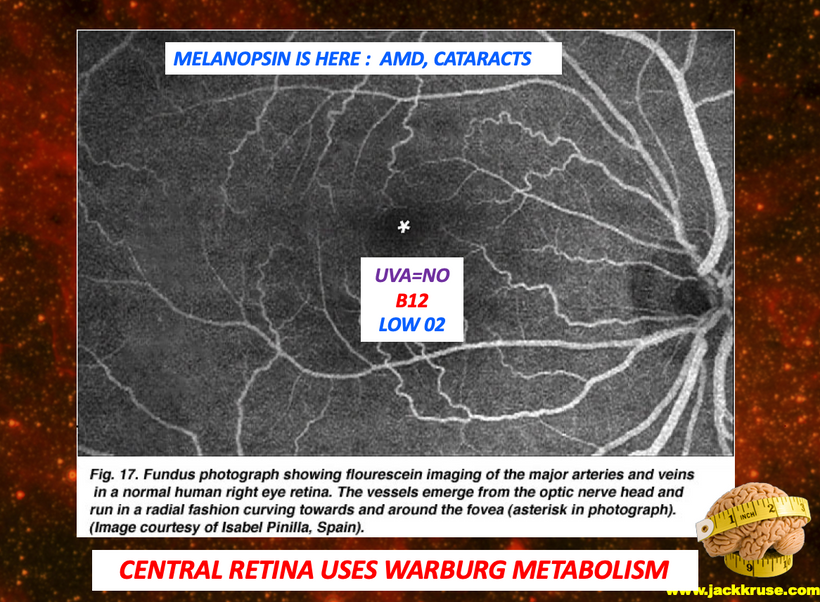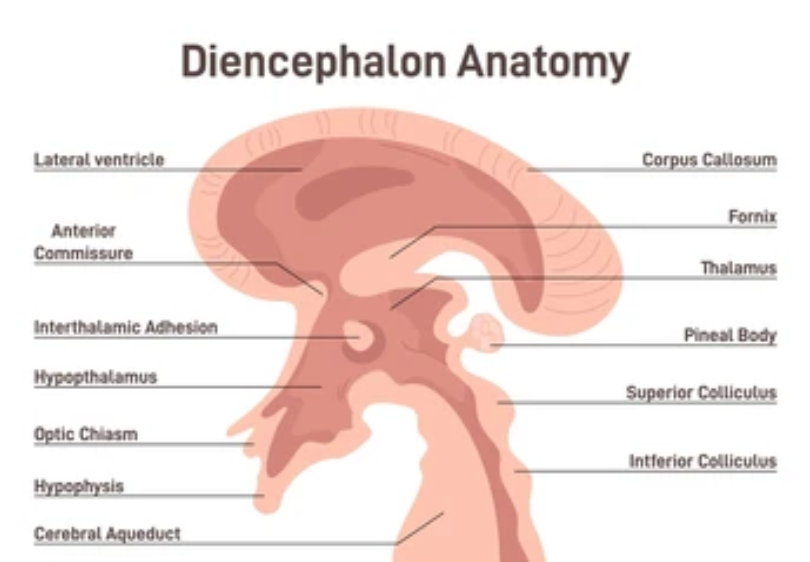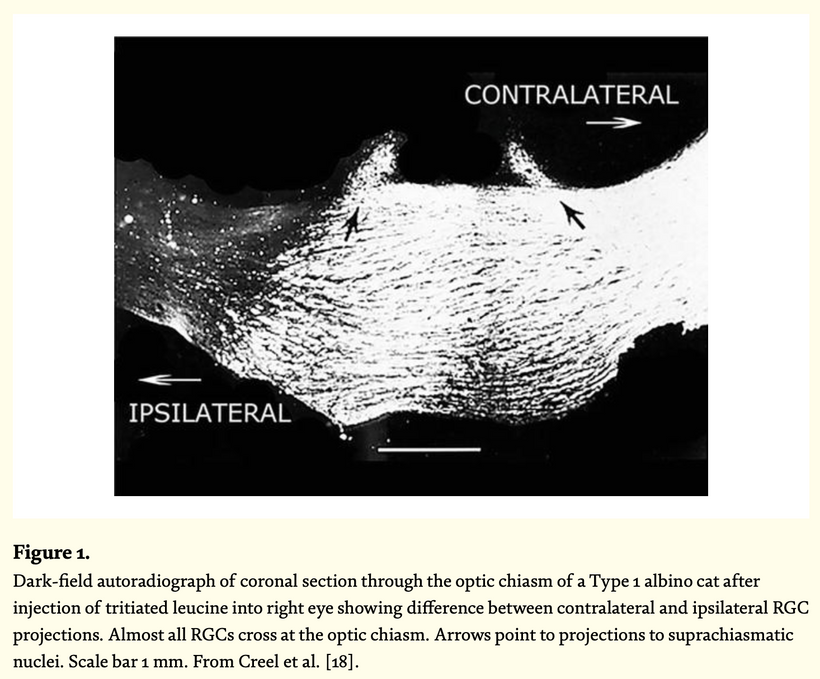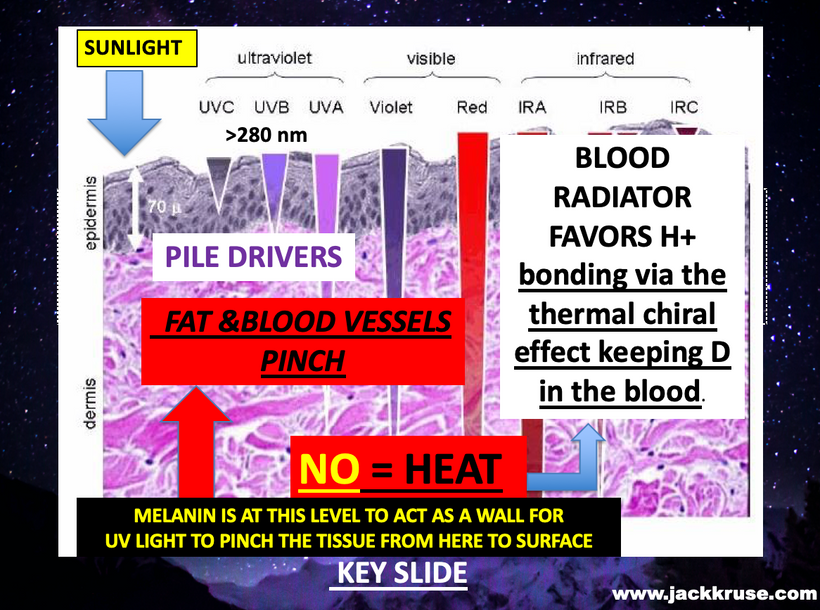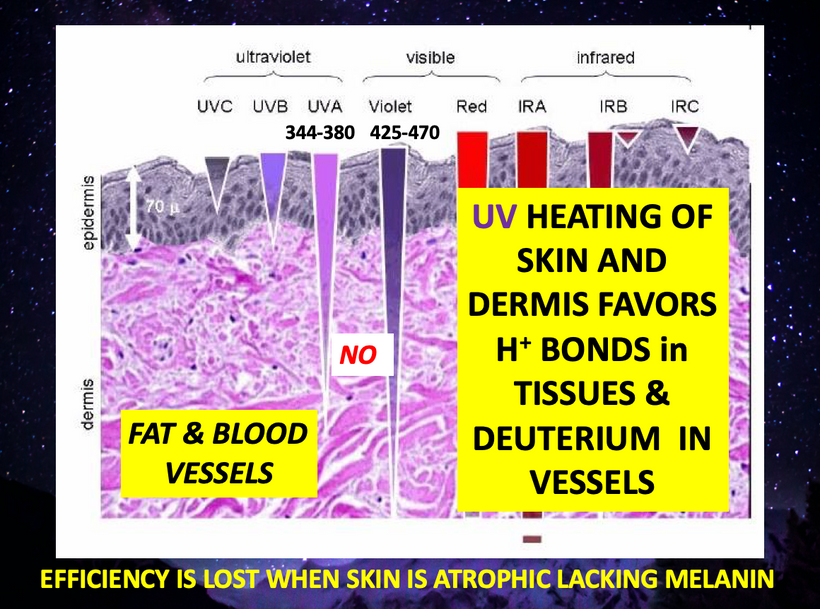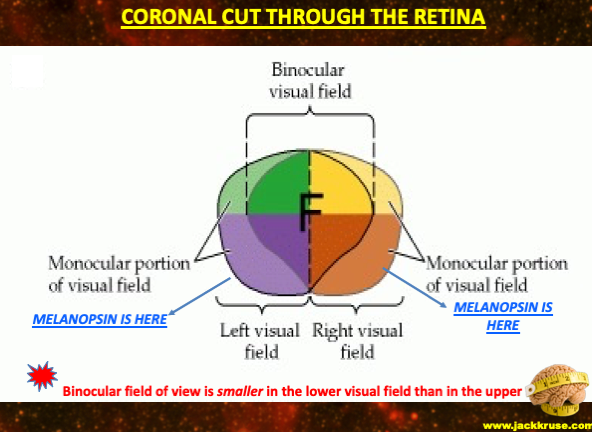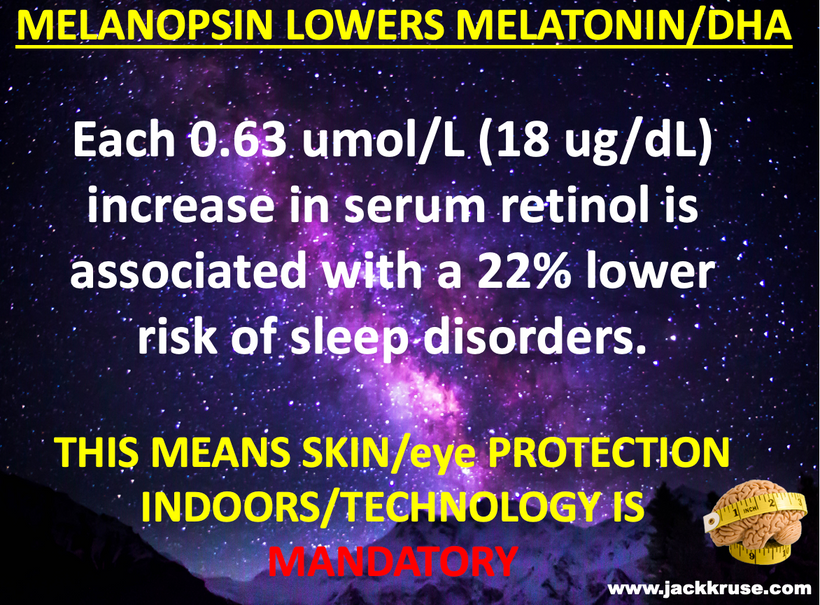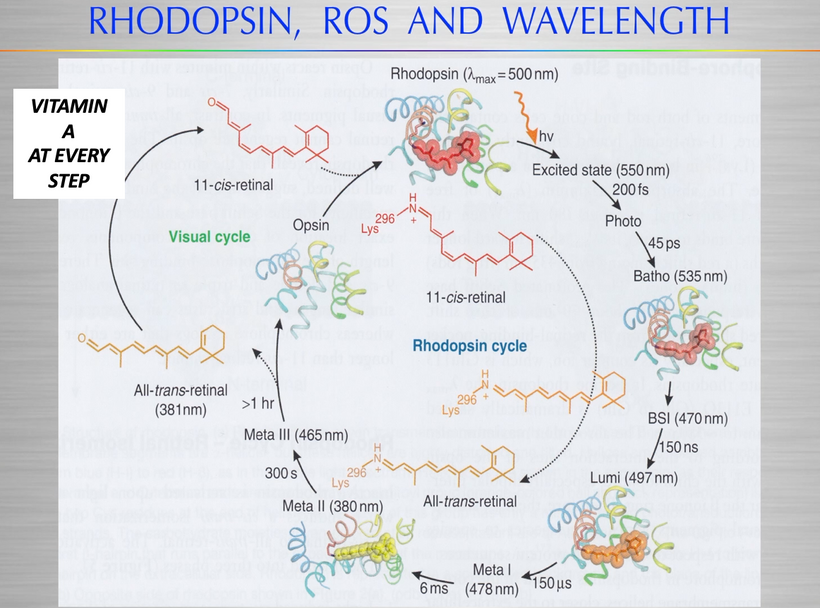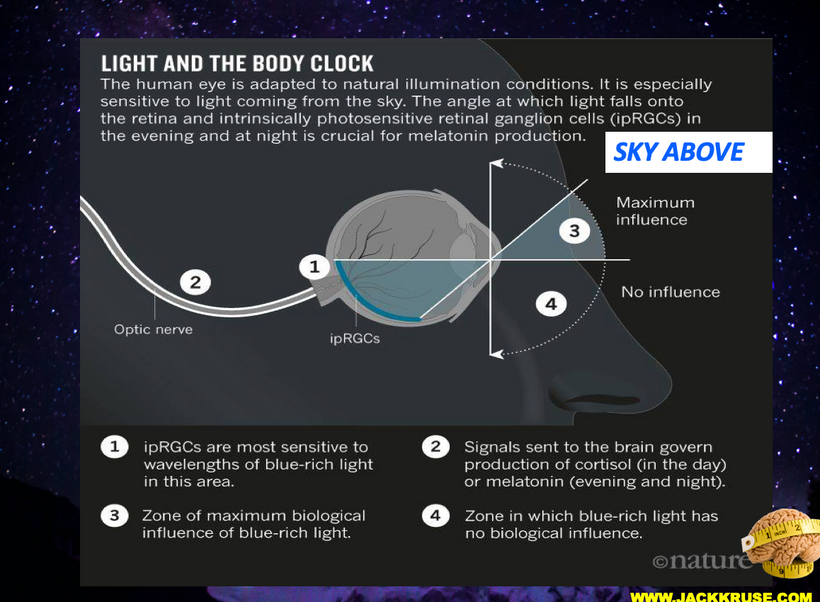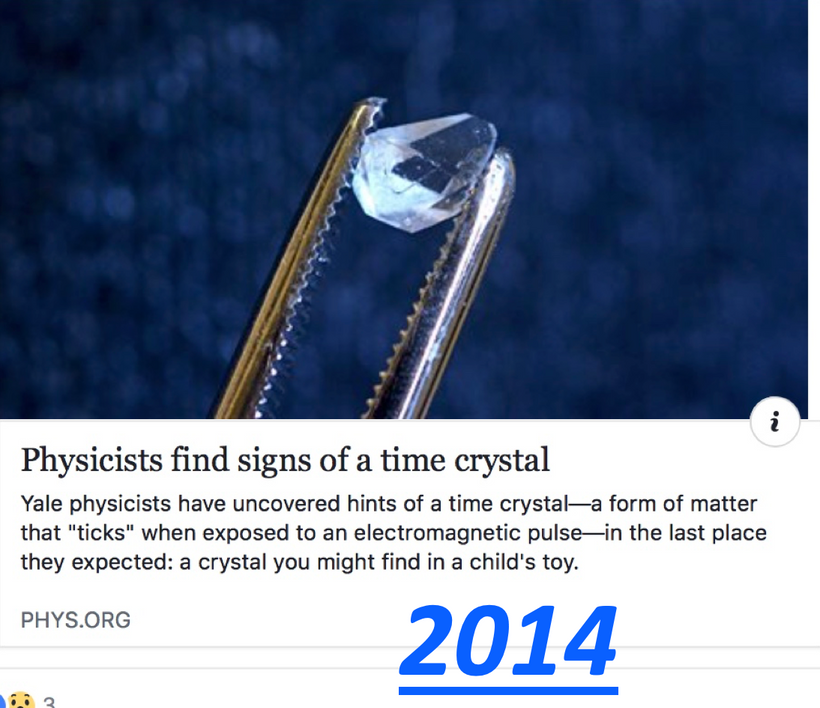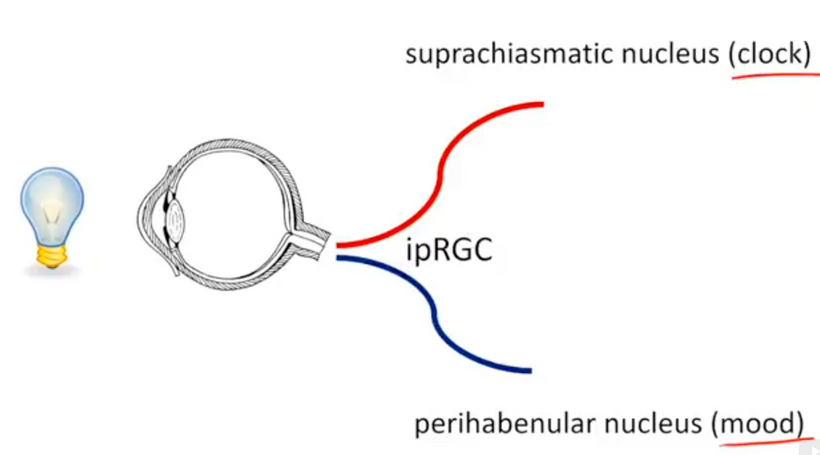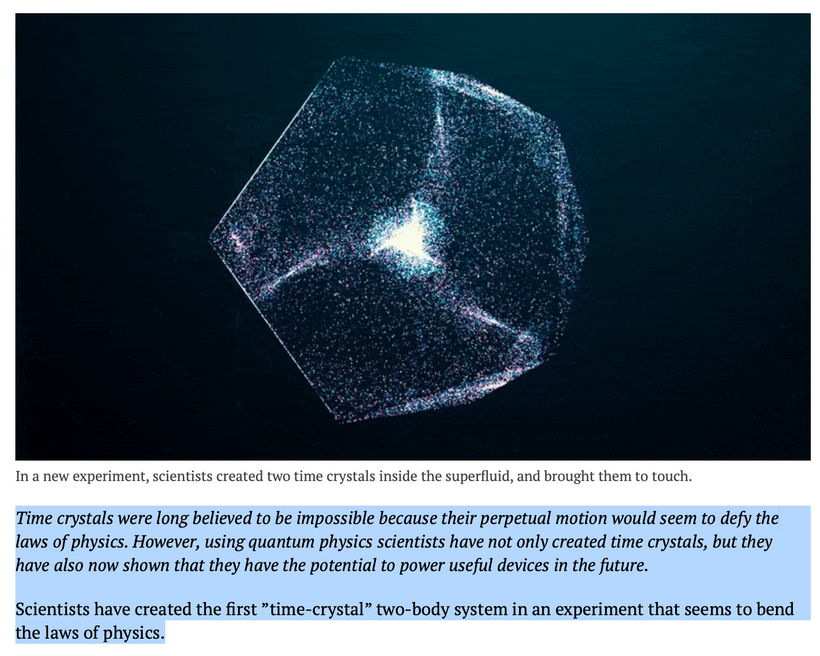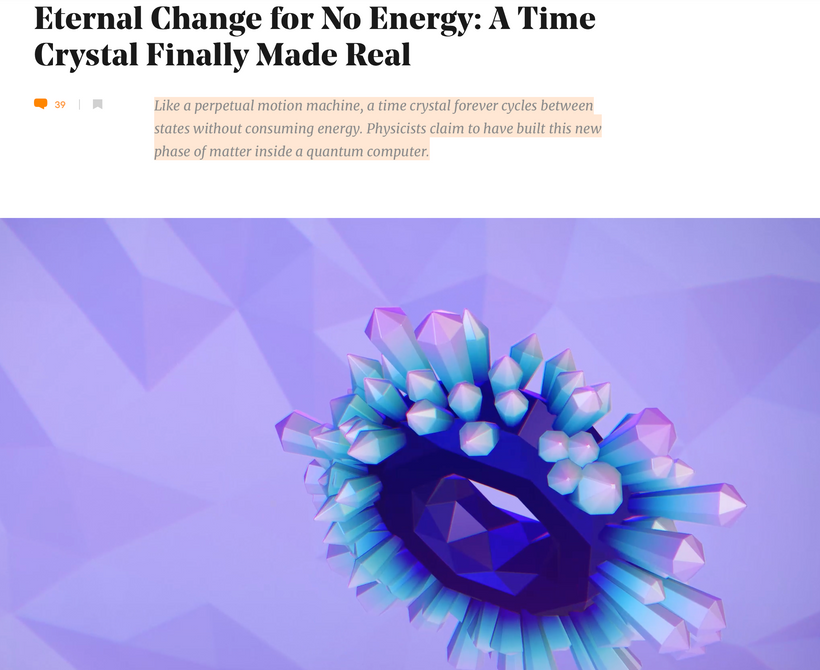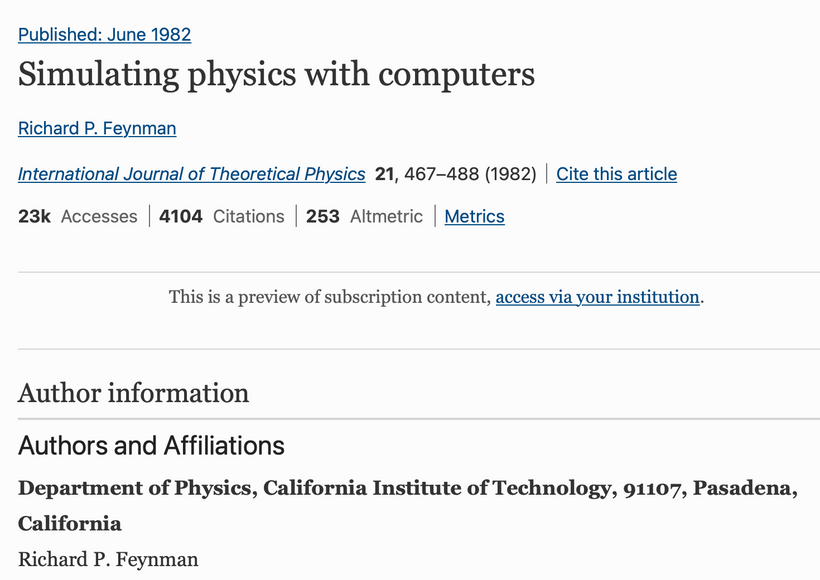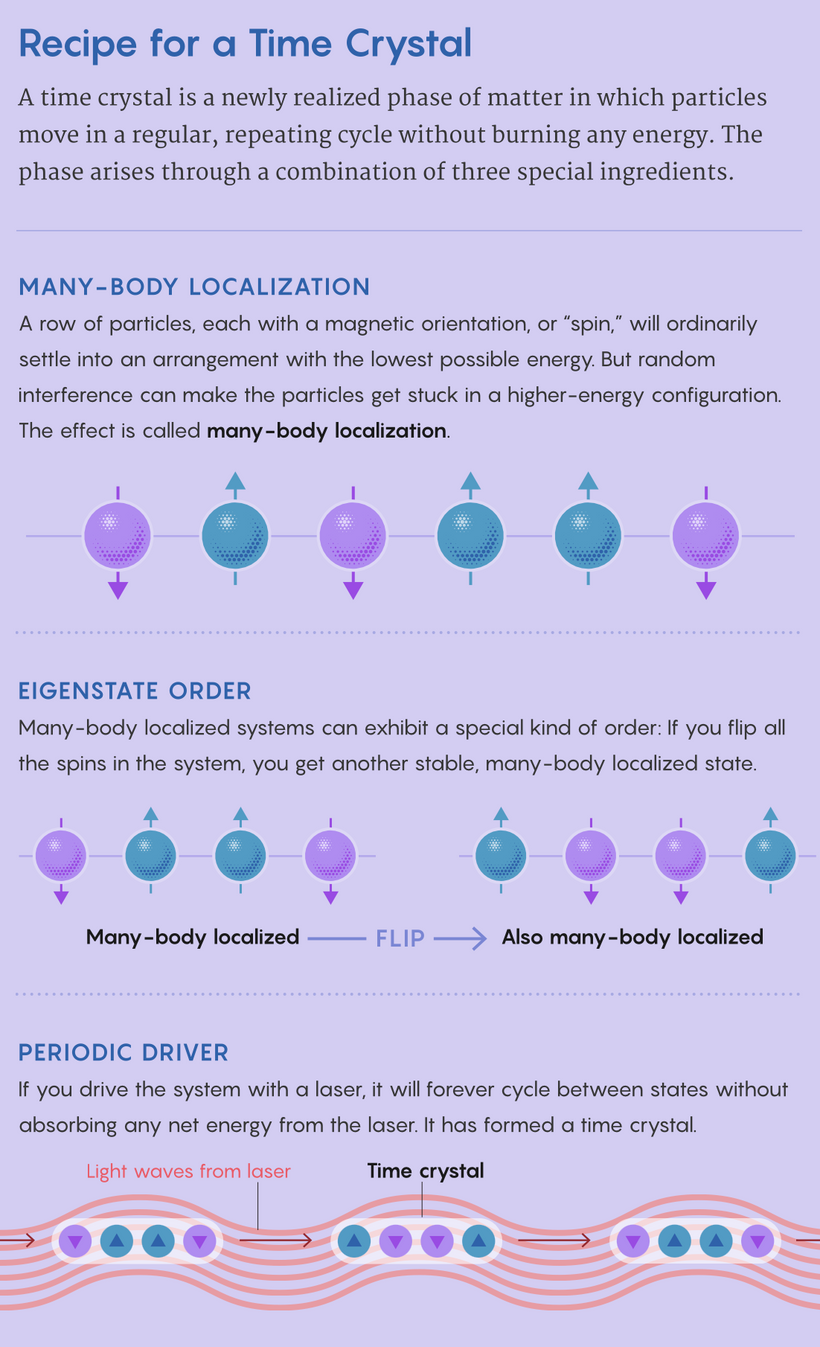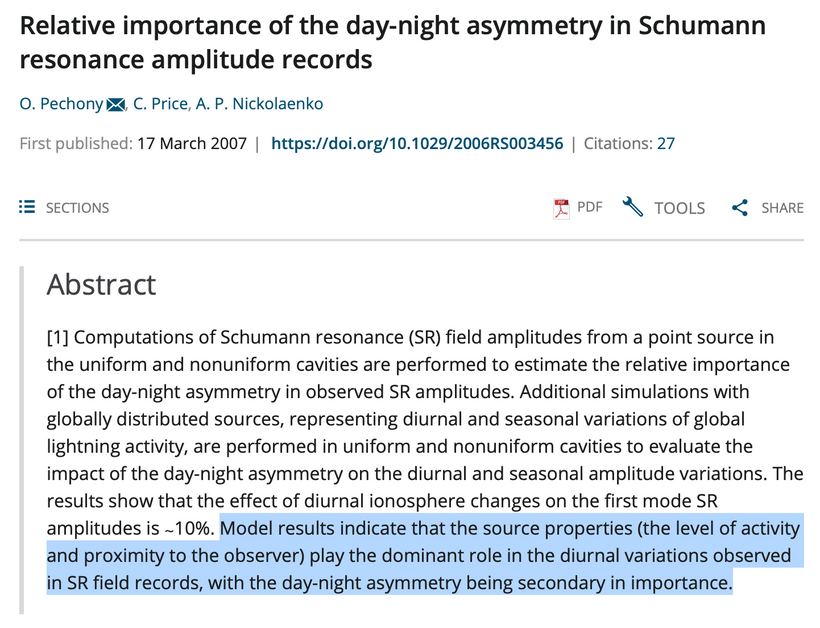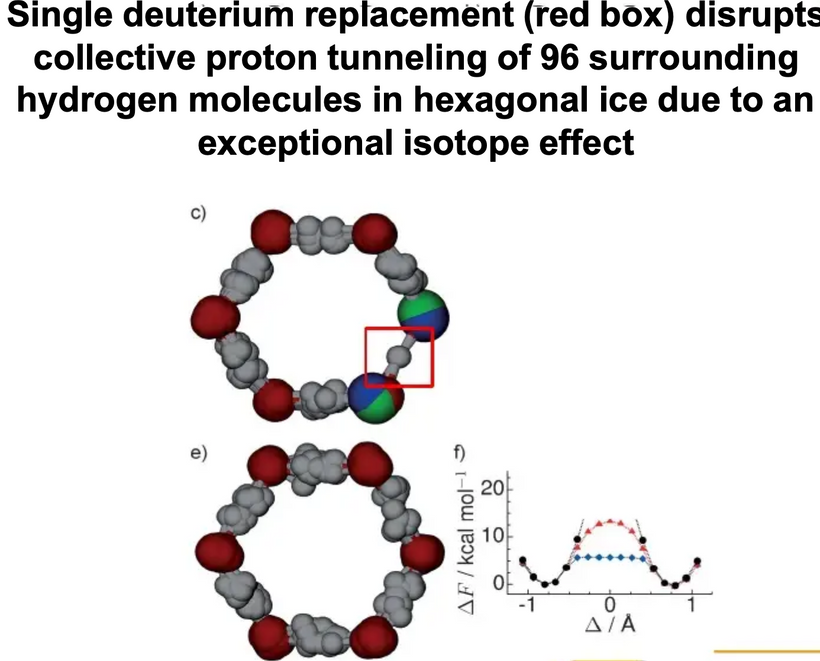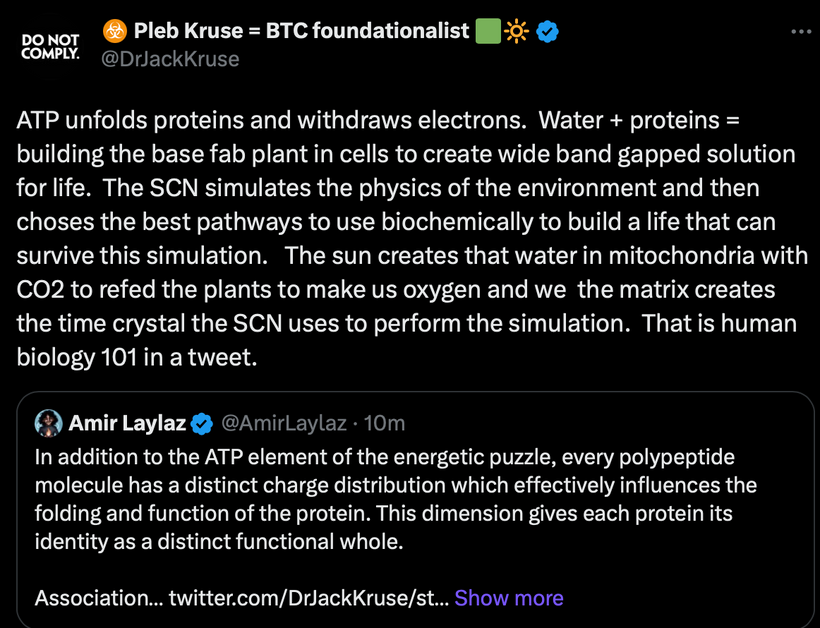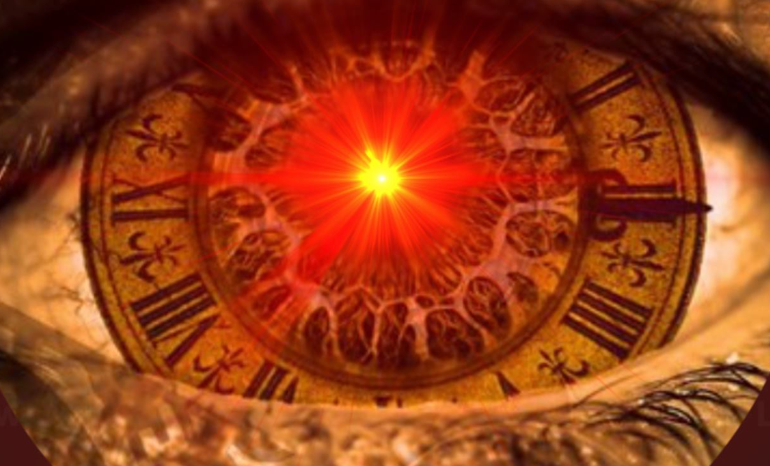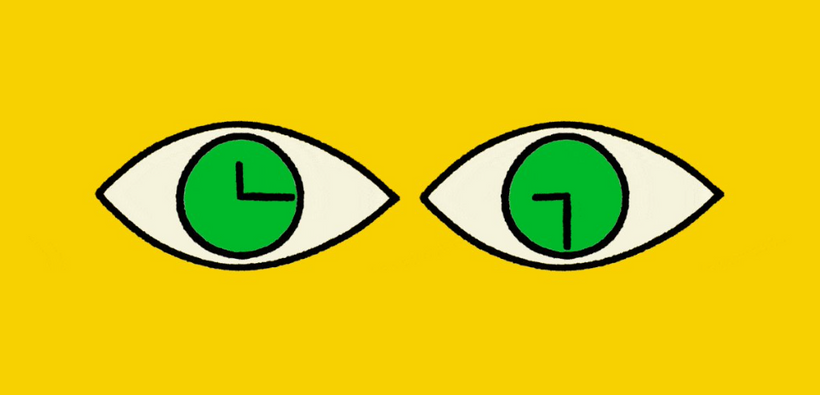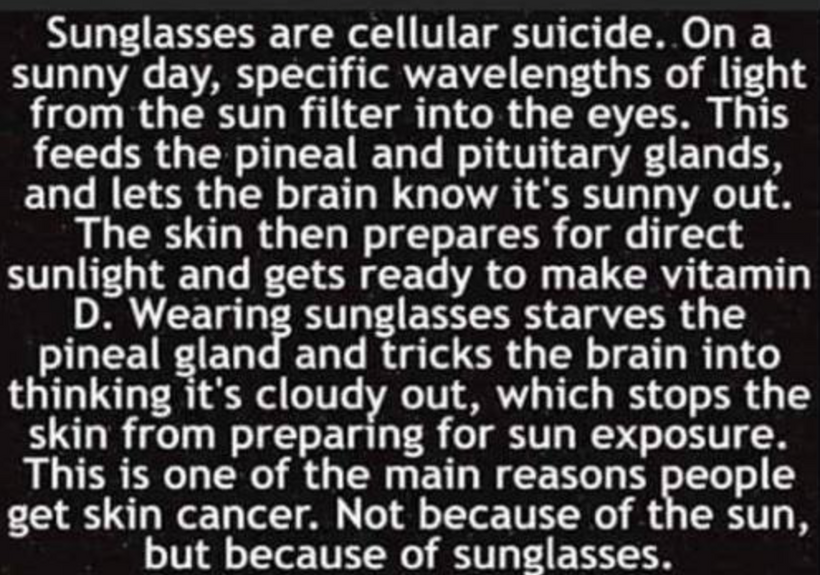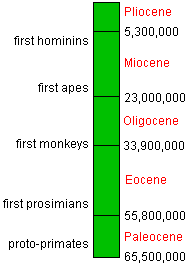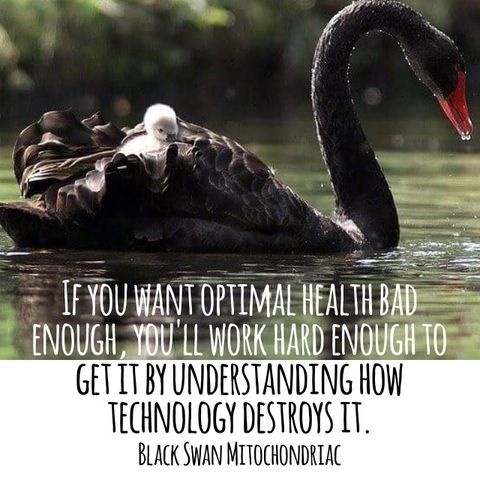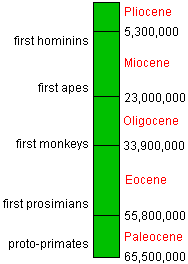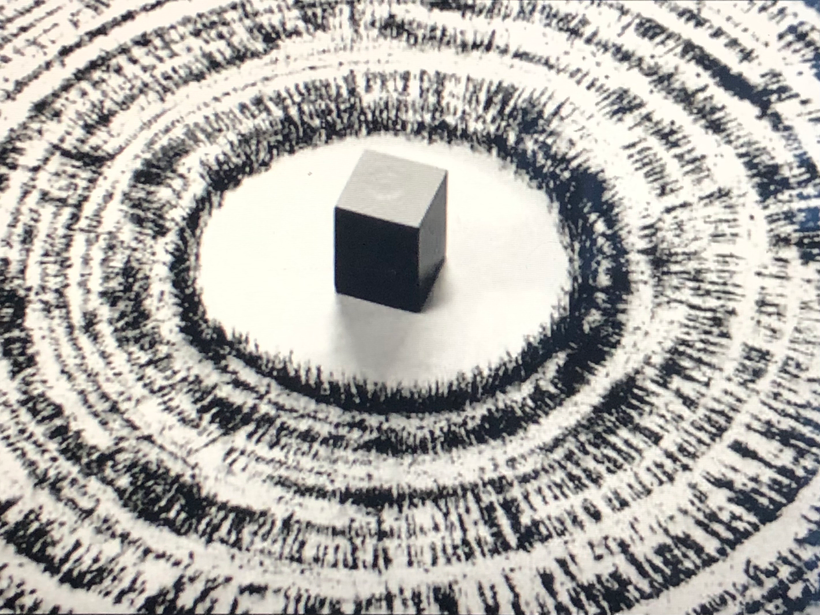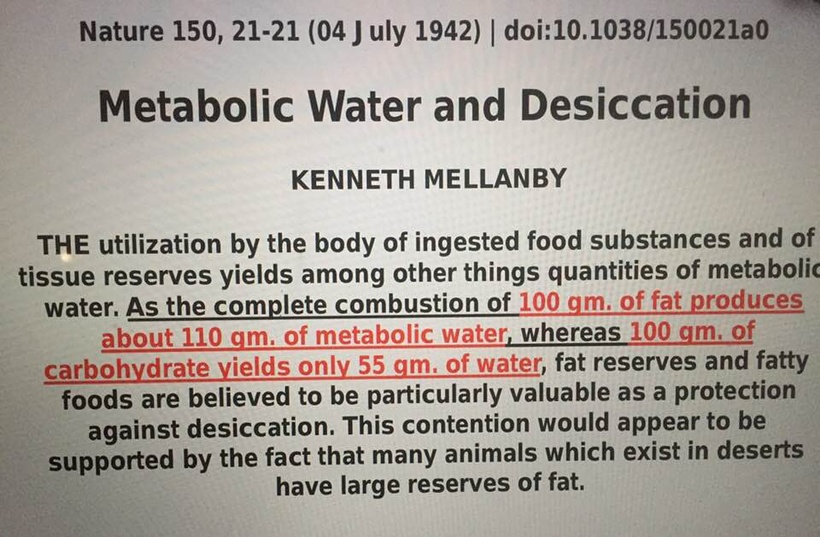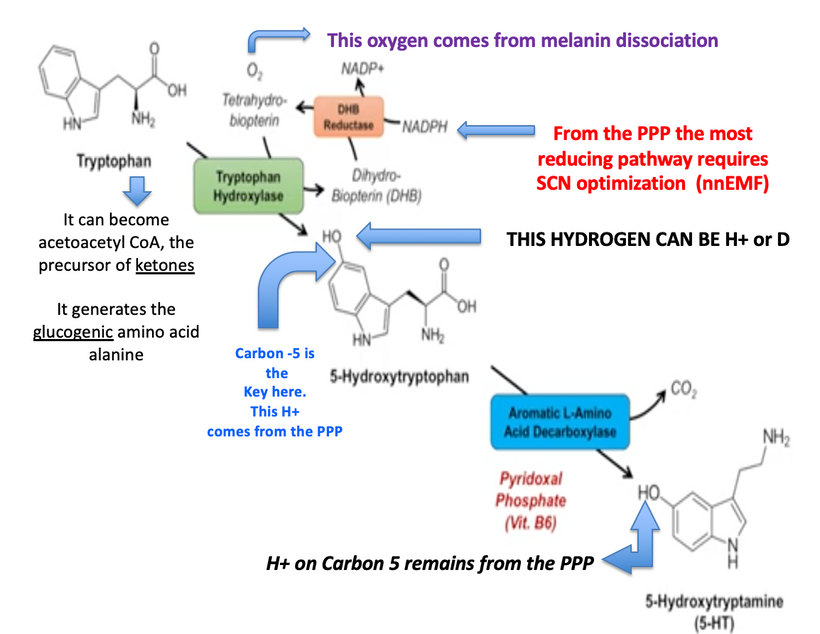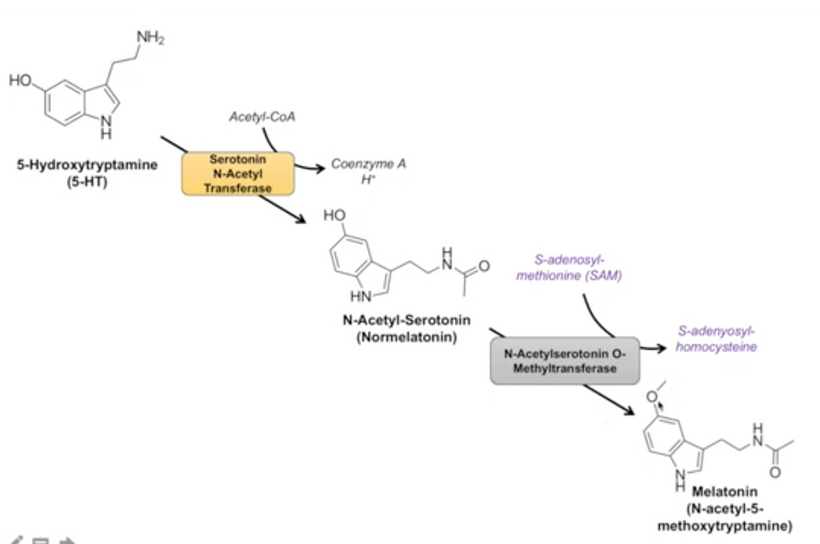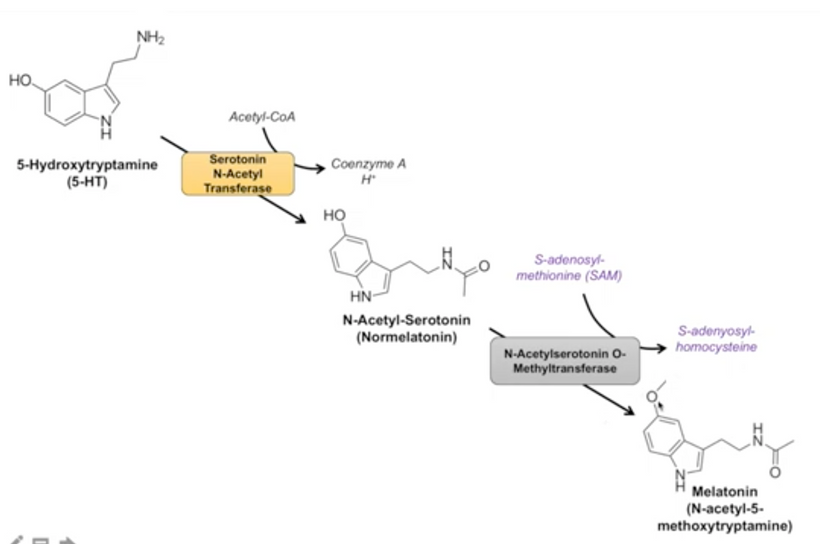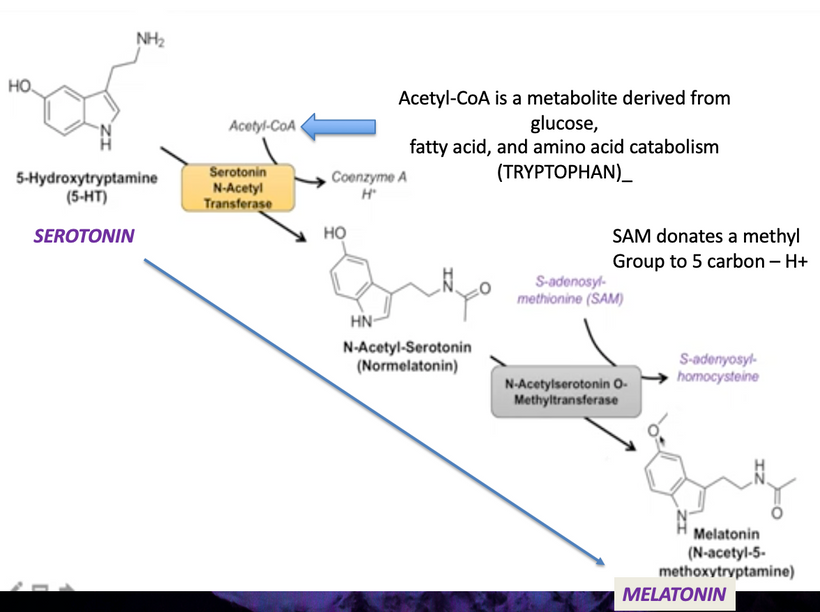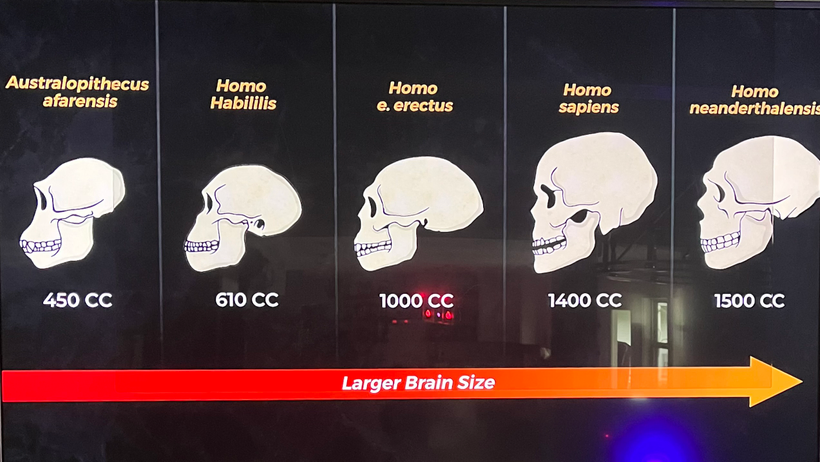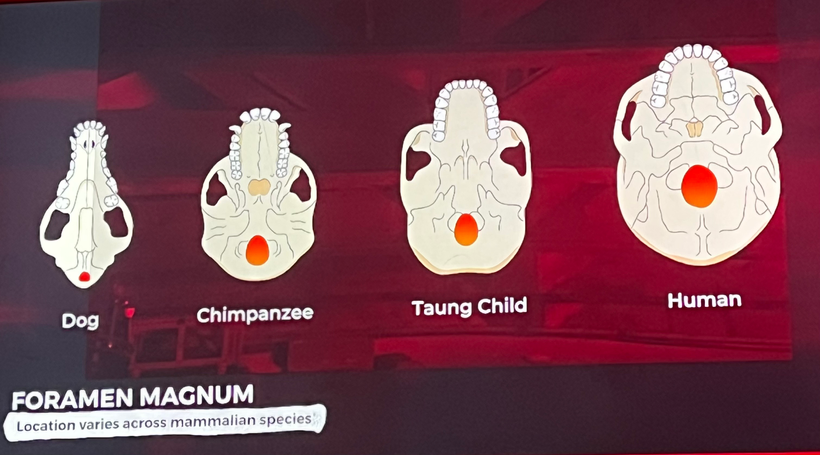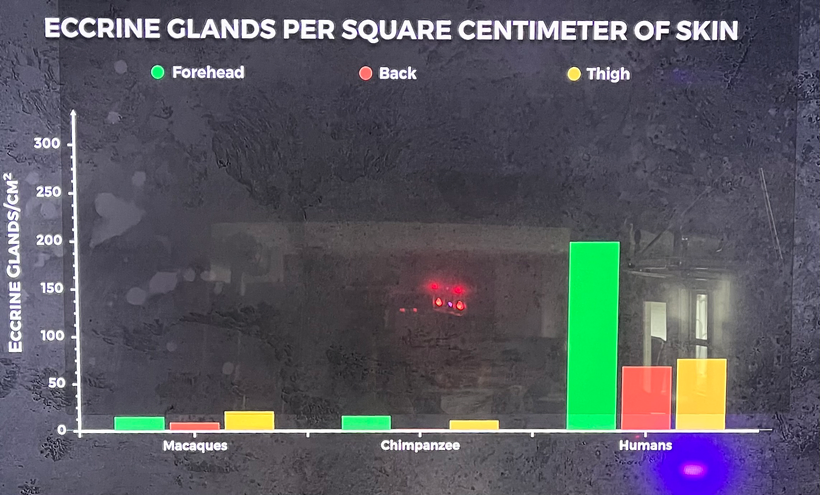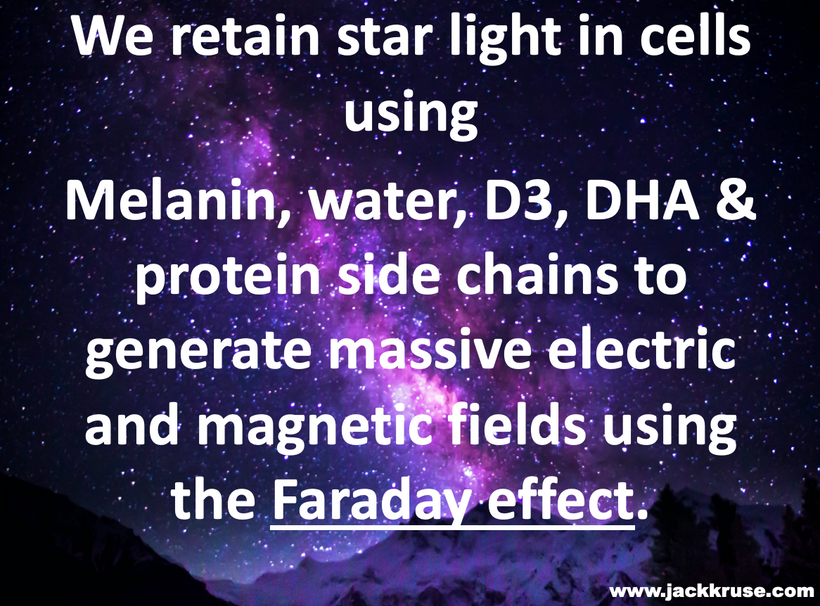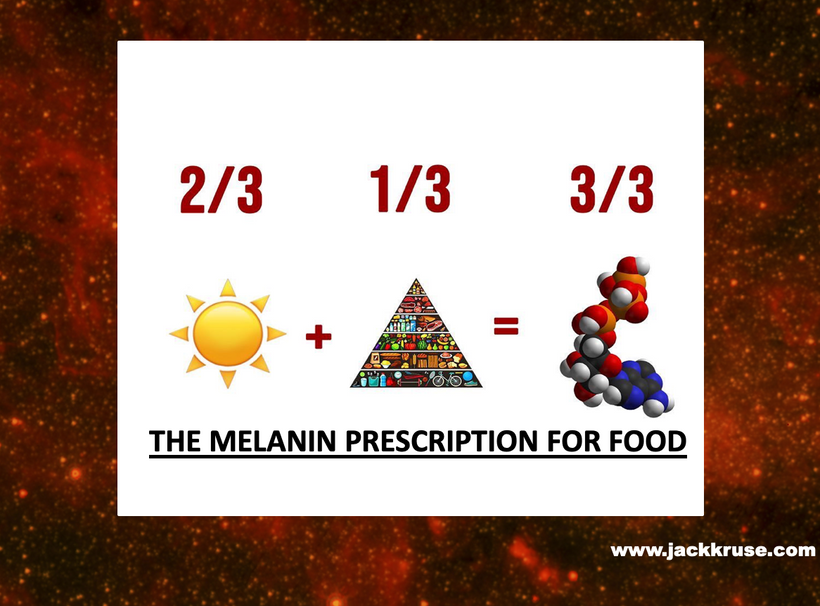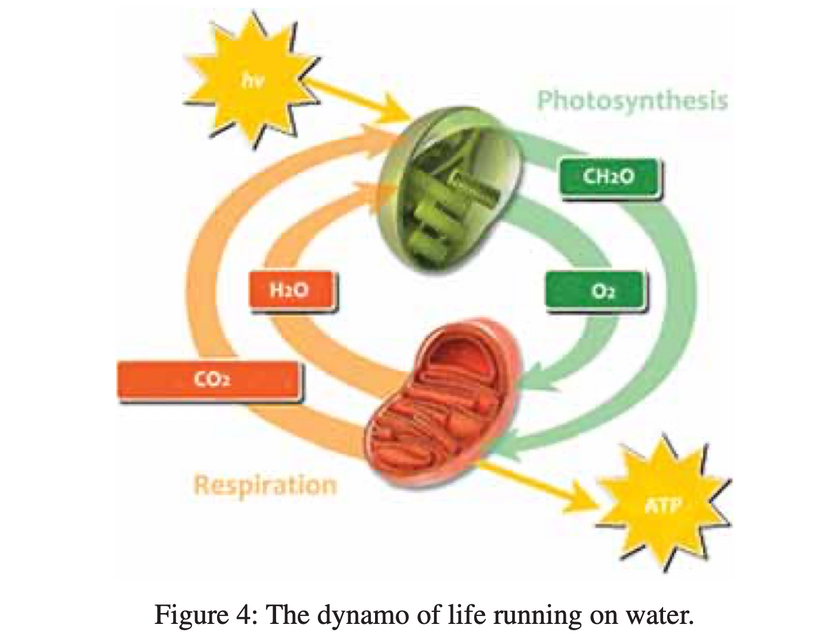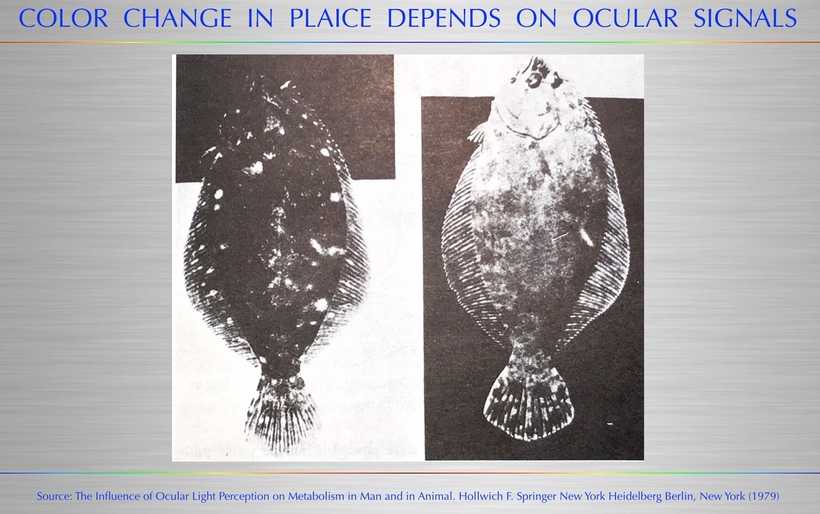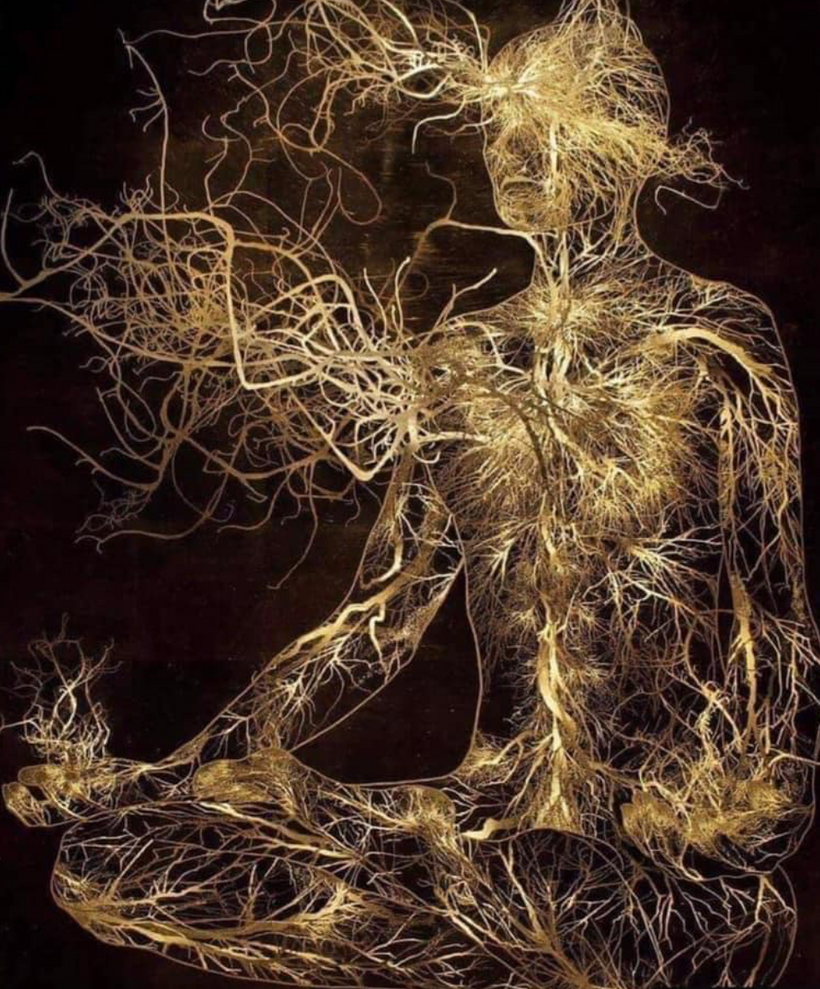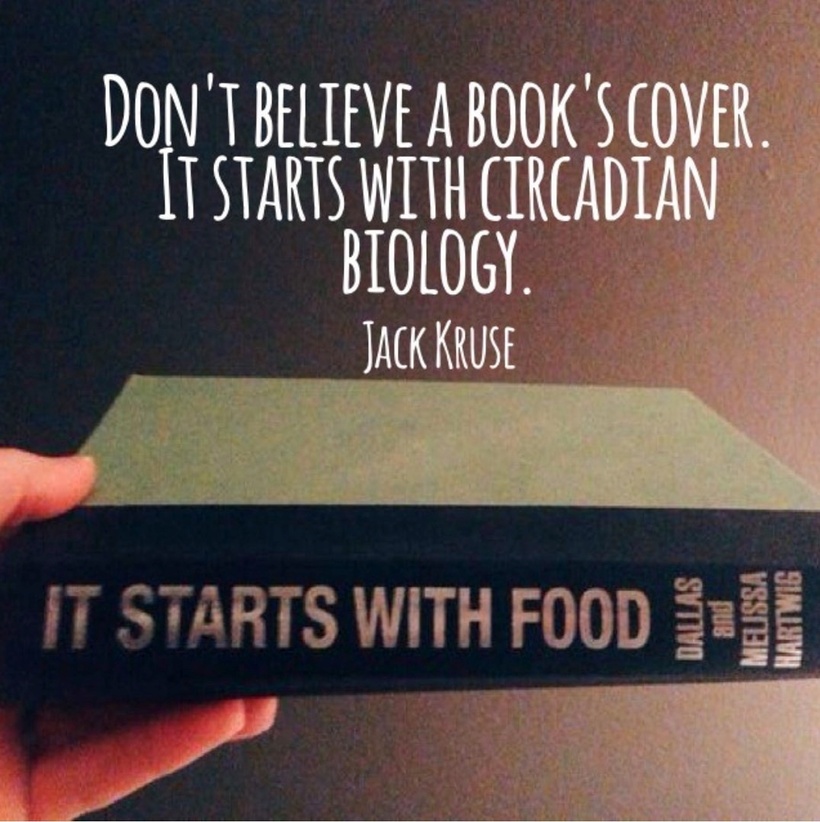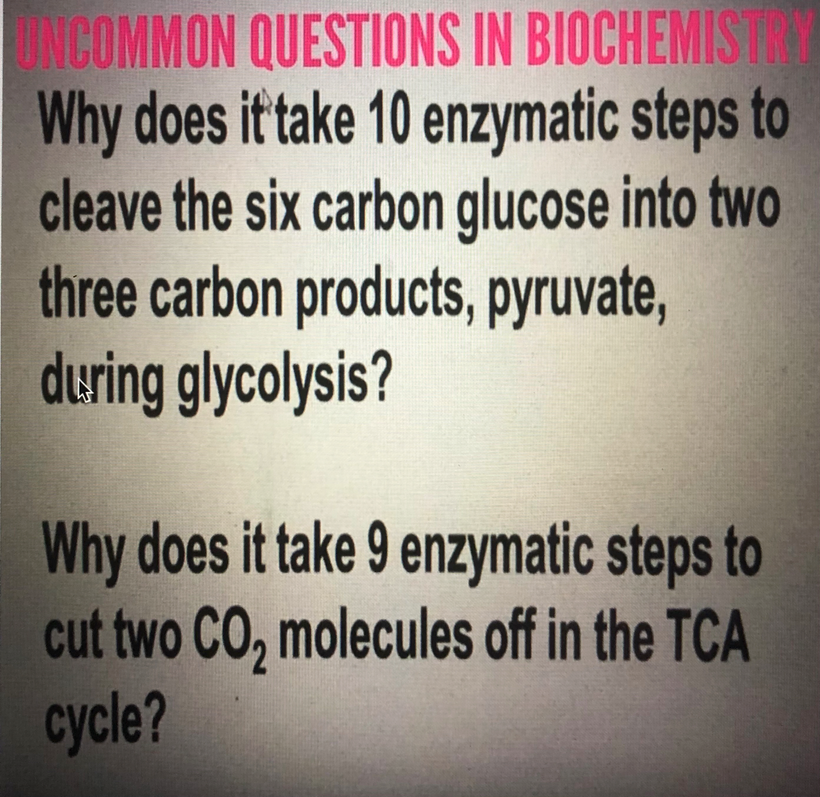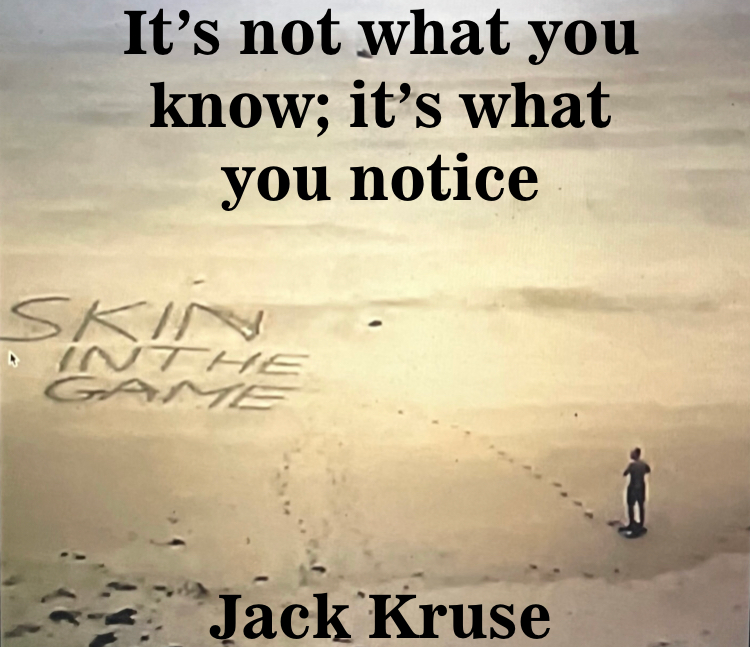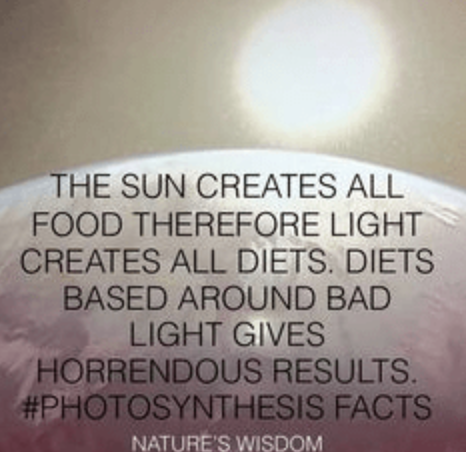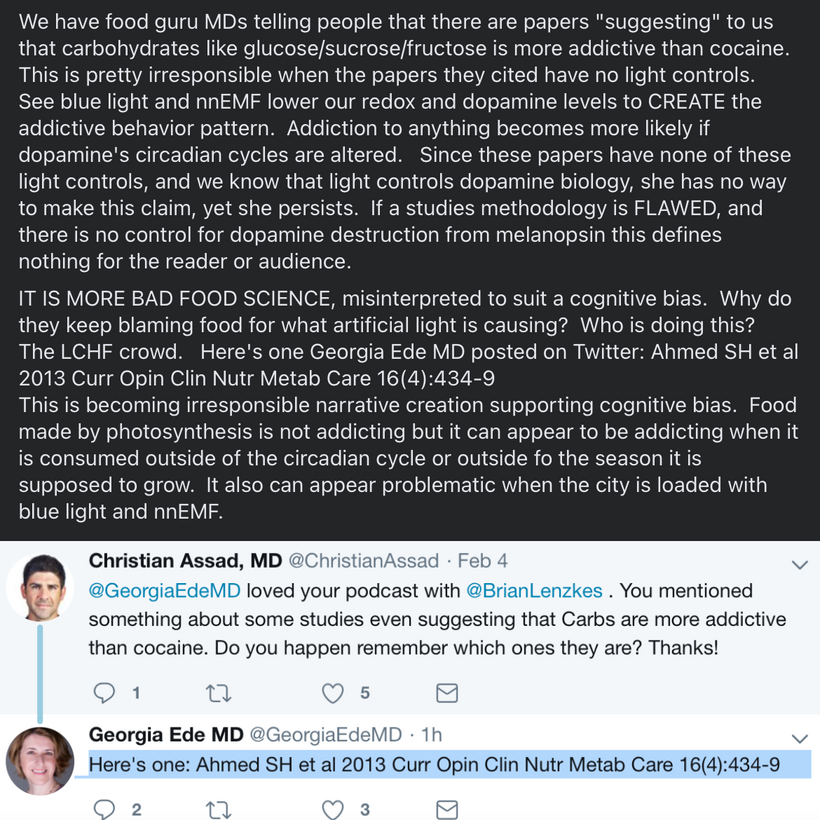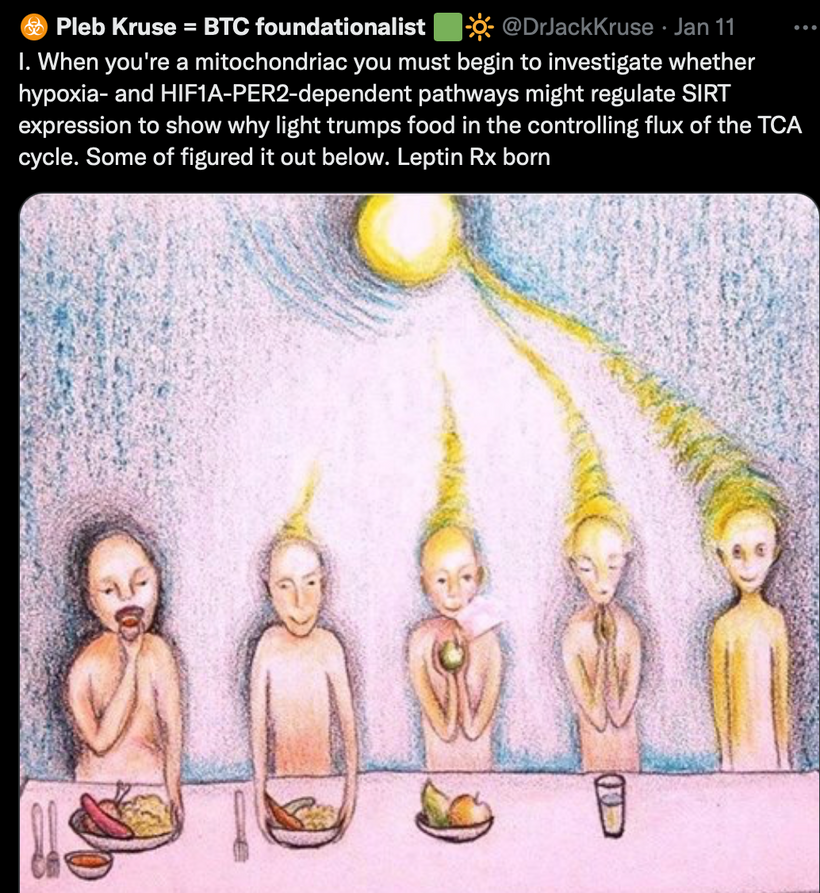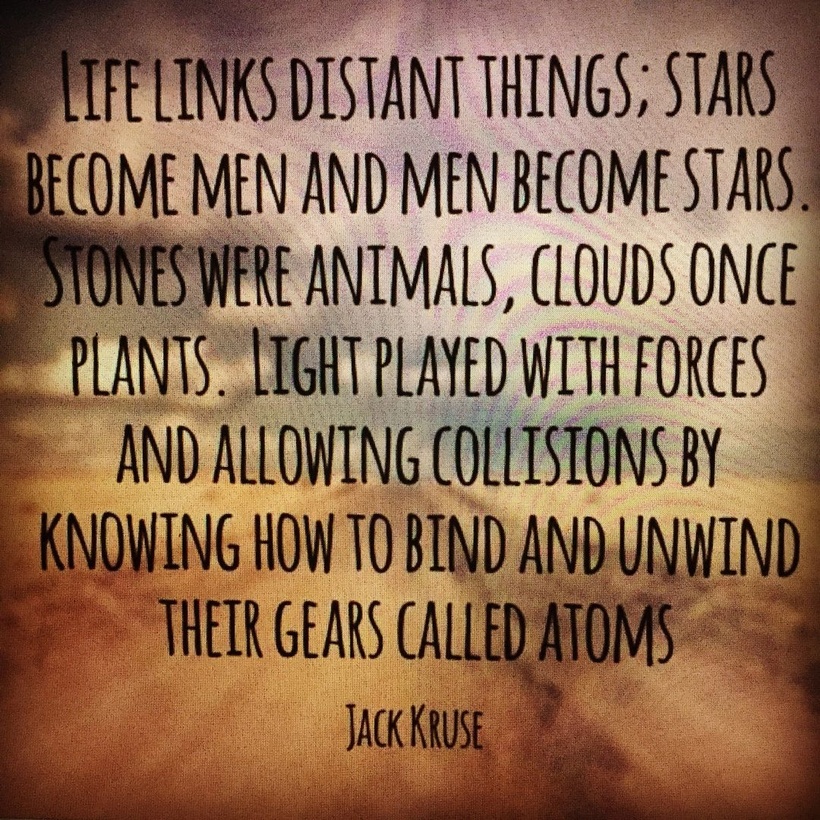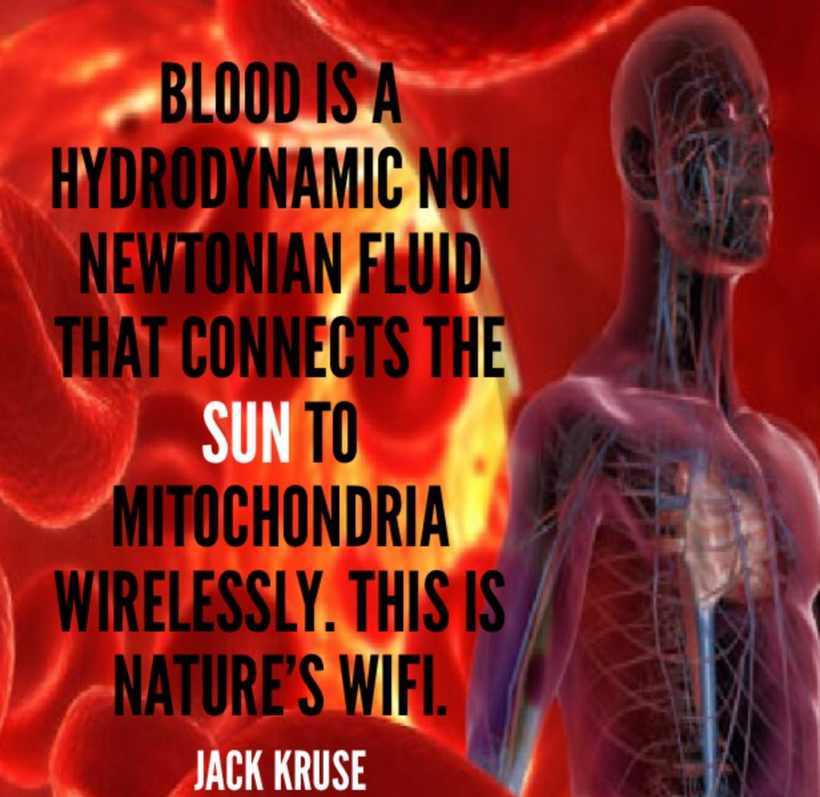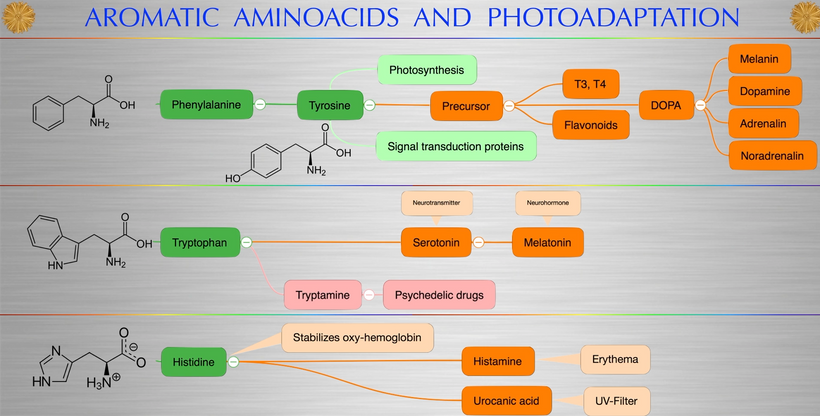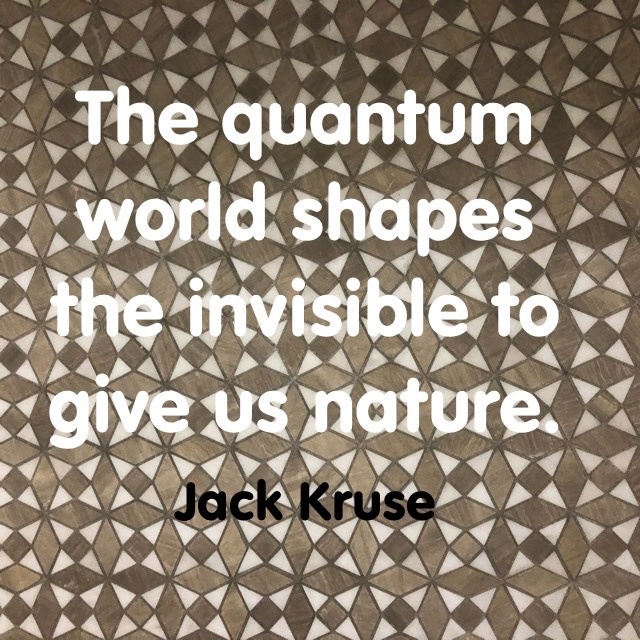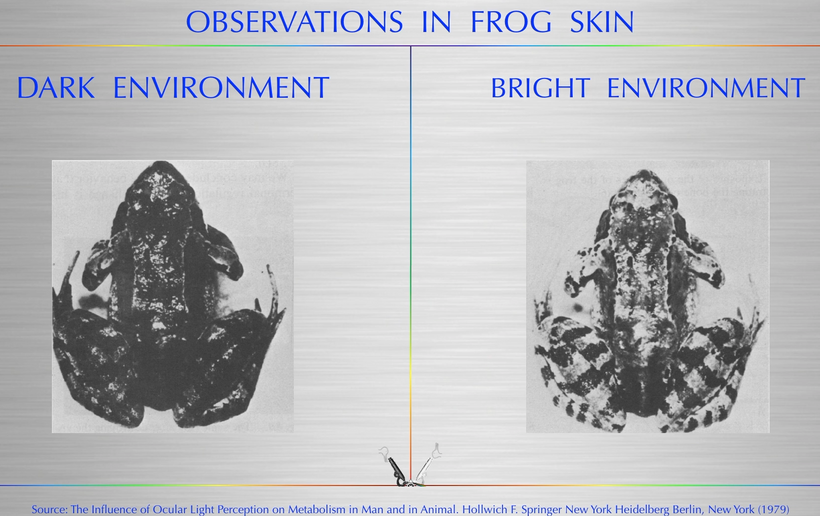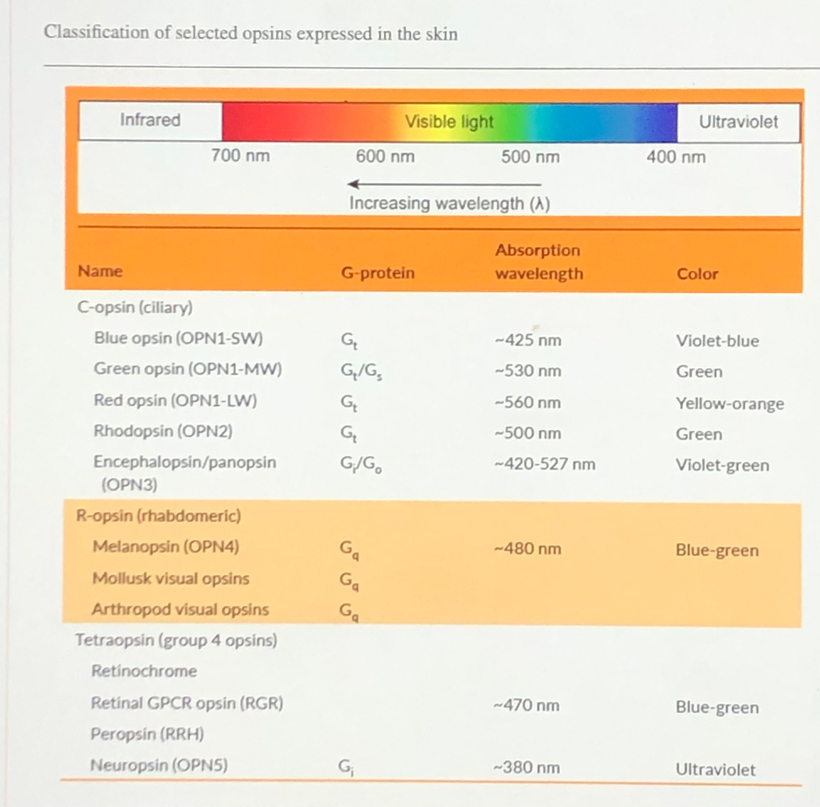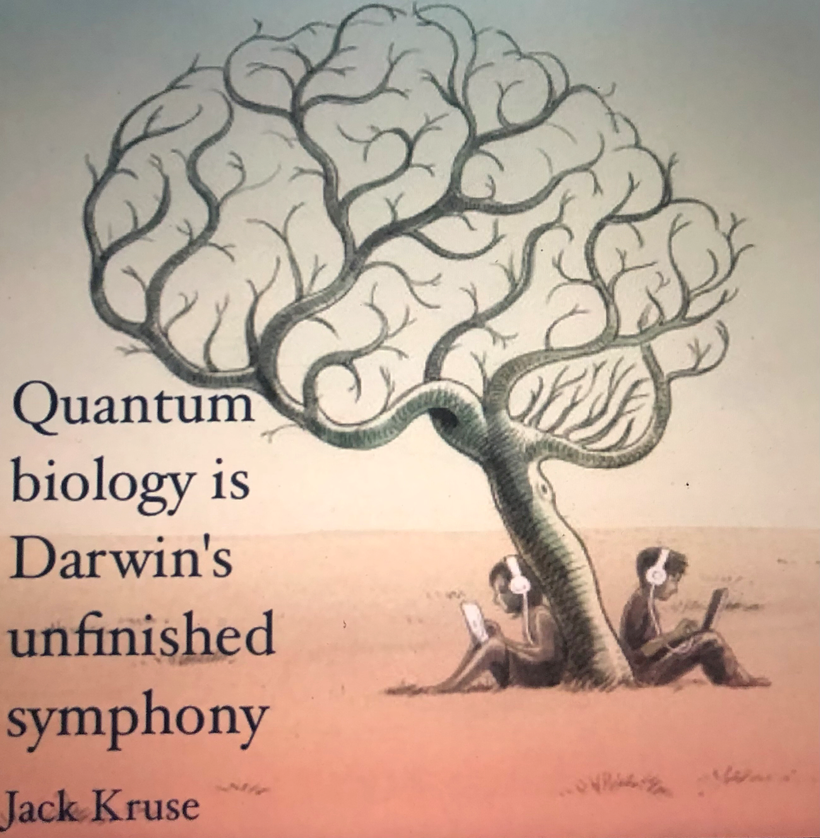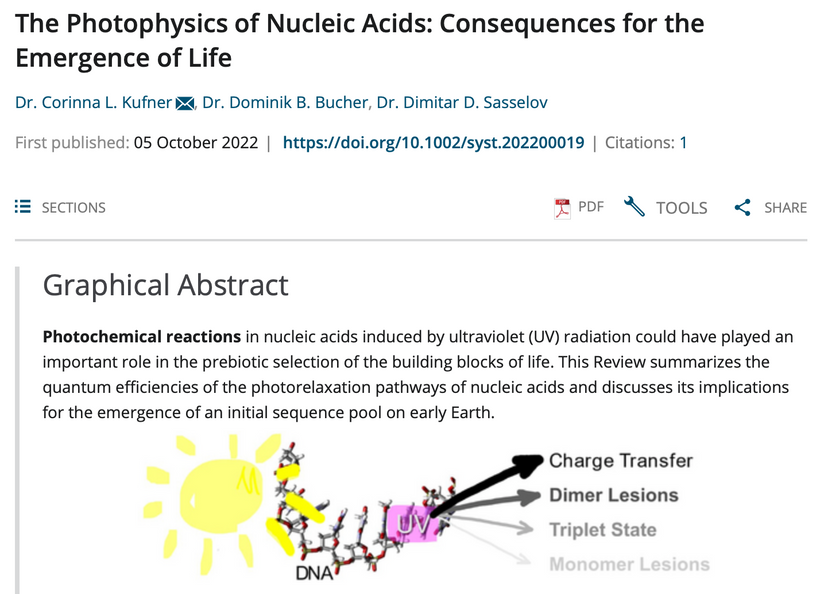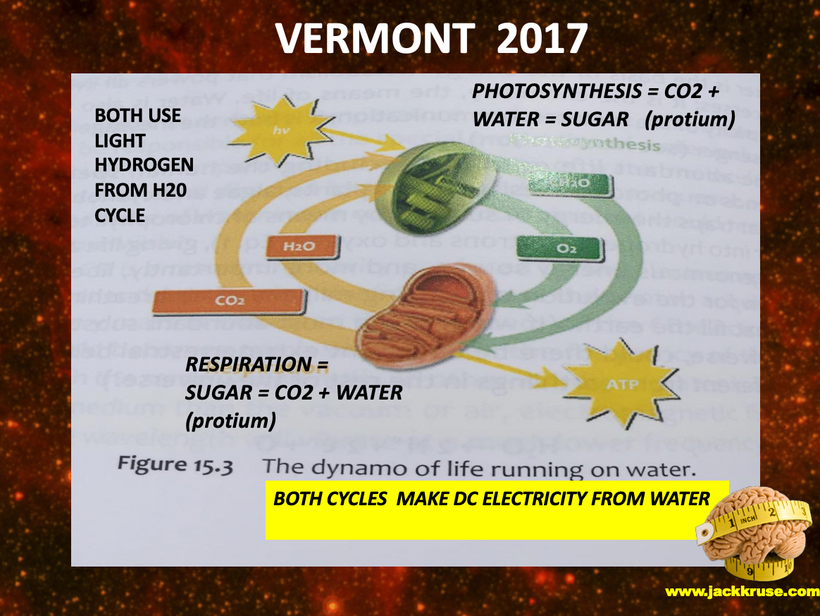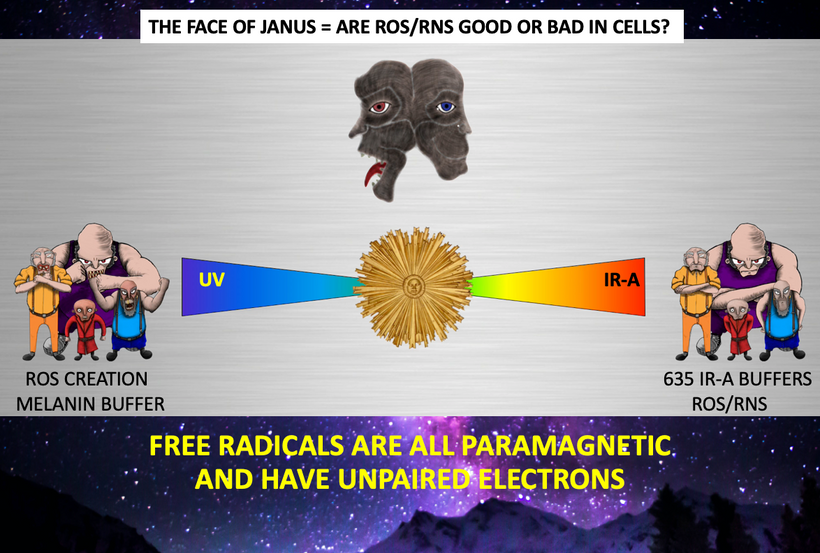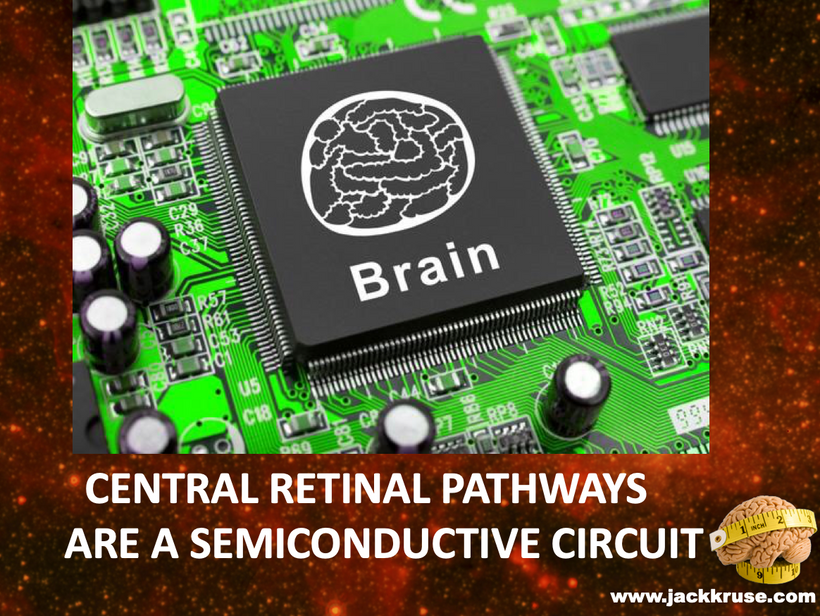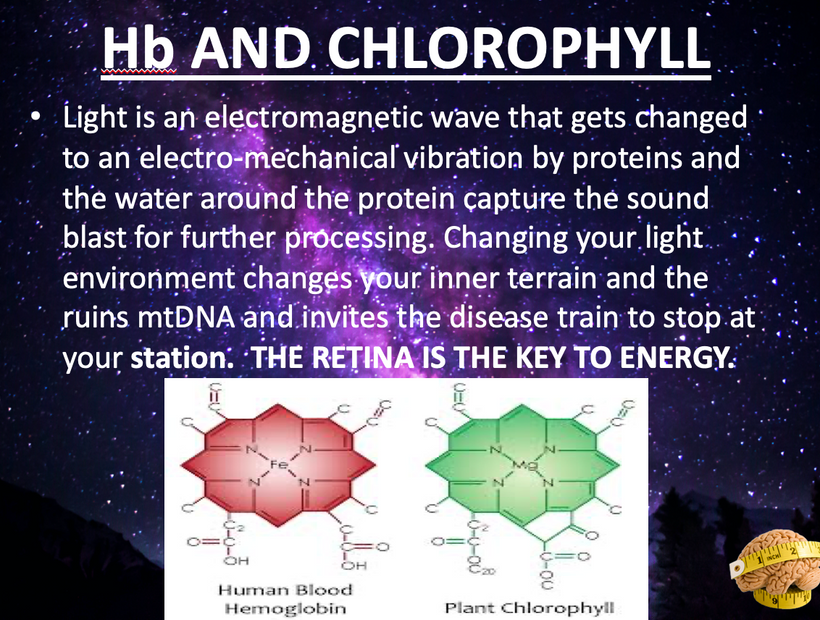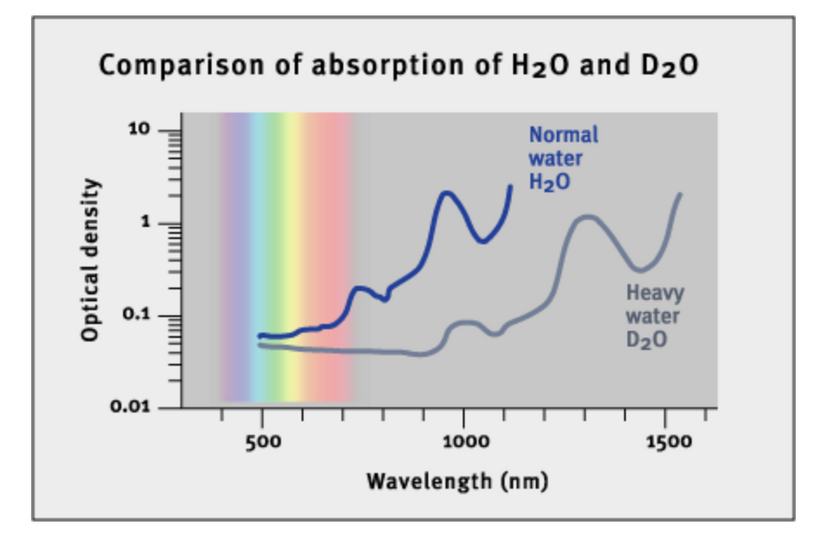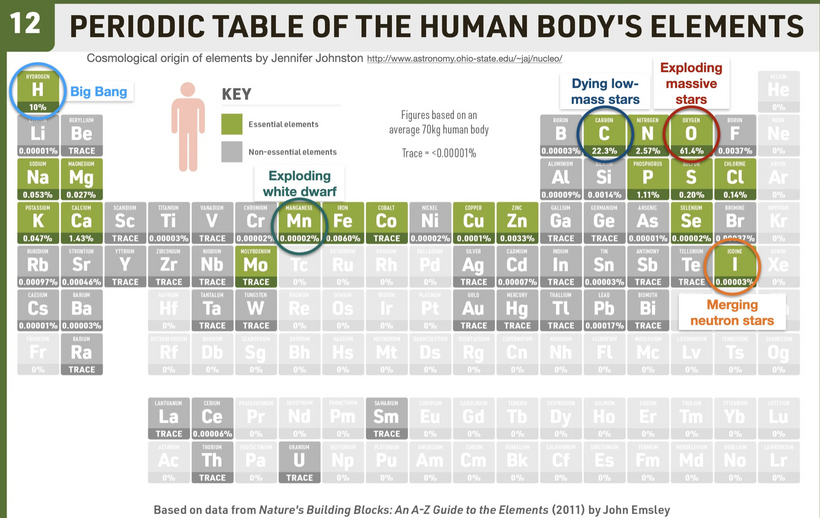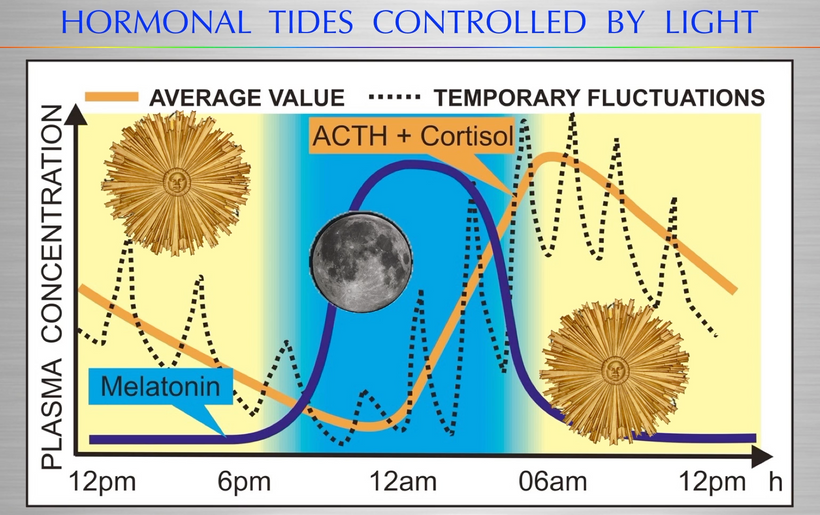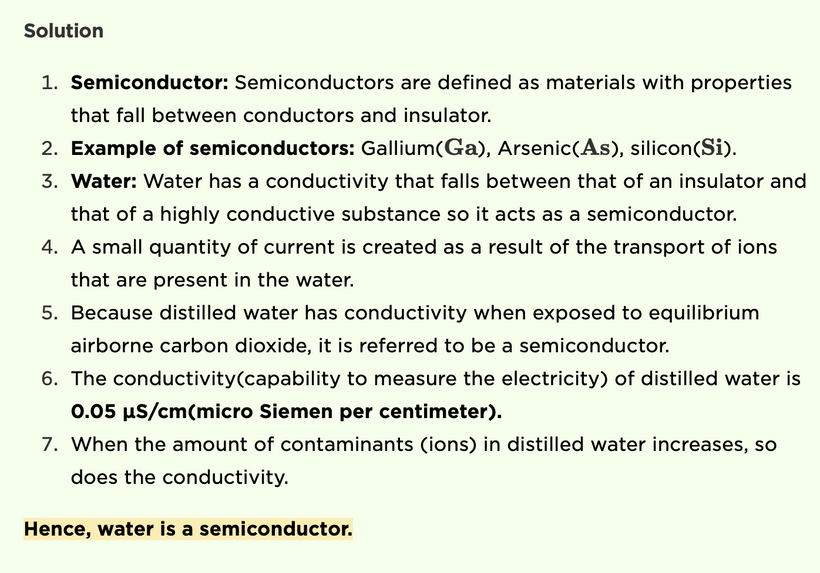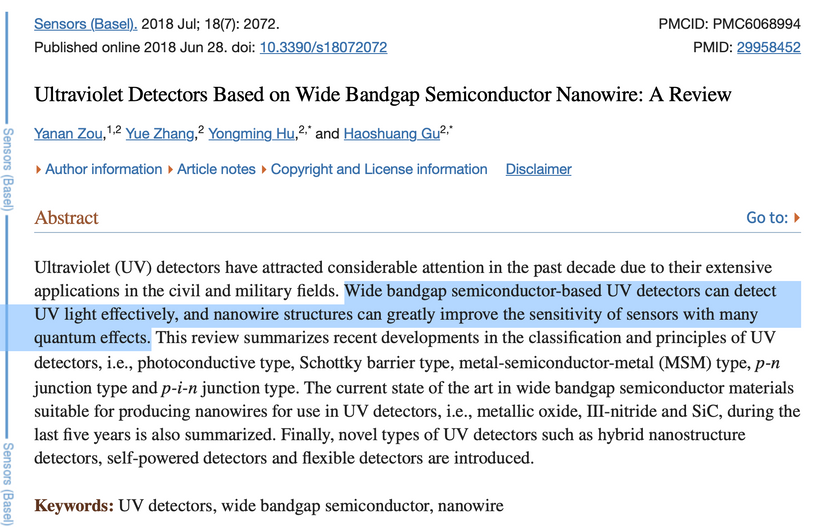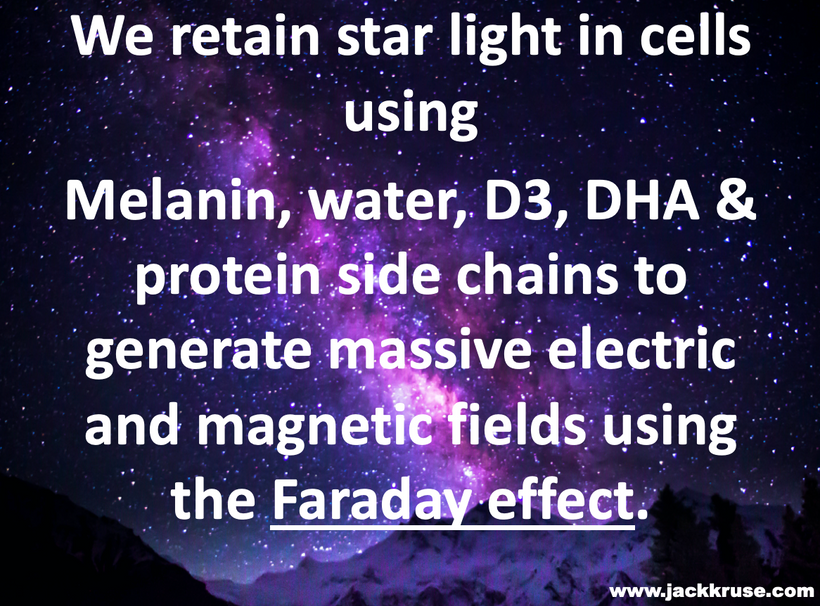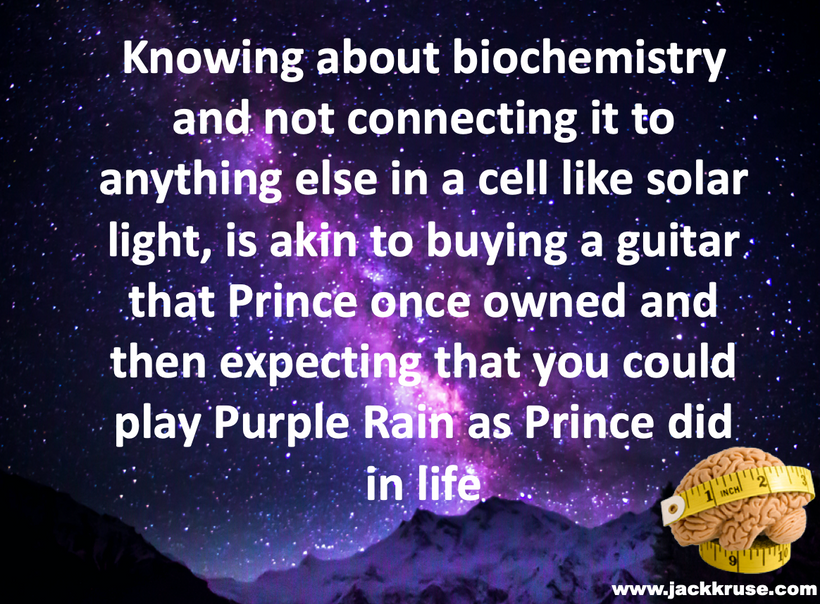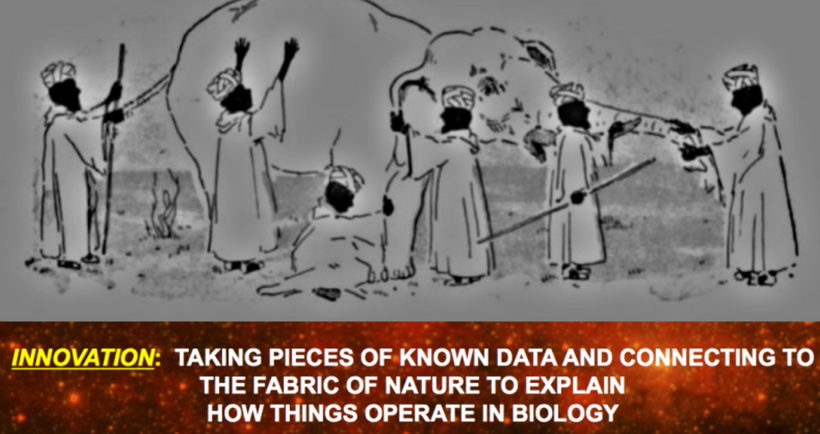
1. Time, how do you spend it?
People at war with their species’ directives from Nature will always cause collateral damage in the lives of those around them. It begs the question, how smart are we really today? Humans now write books to collect their ideas. Books are really harbors for these beliefs. This book below might hint that our current beliefs around technology might be the death of human intelligence. Humans are now creating books with the idea that we can “do better” than nature. Might this be a situation where our ‘best invention’ or our final act on the planet? Our assumptions are based on the lenses we use to view the world. Are we now at the time where we have to put some Windex on our glass eyes? I believe it is the job of ‘mitochondriacs’ not to be on the same side as the executioners.
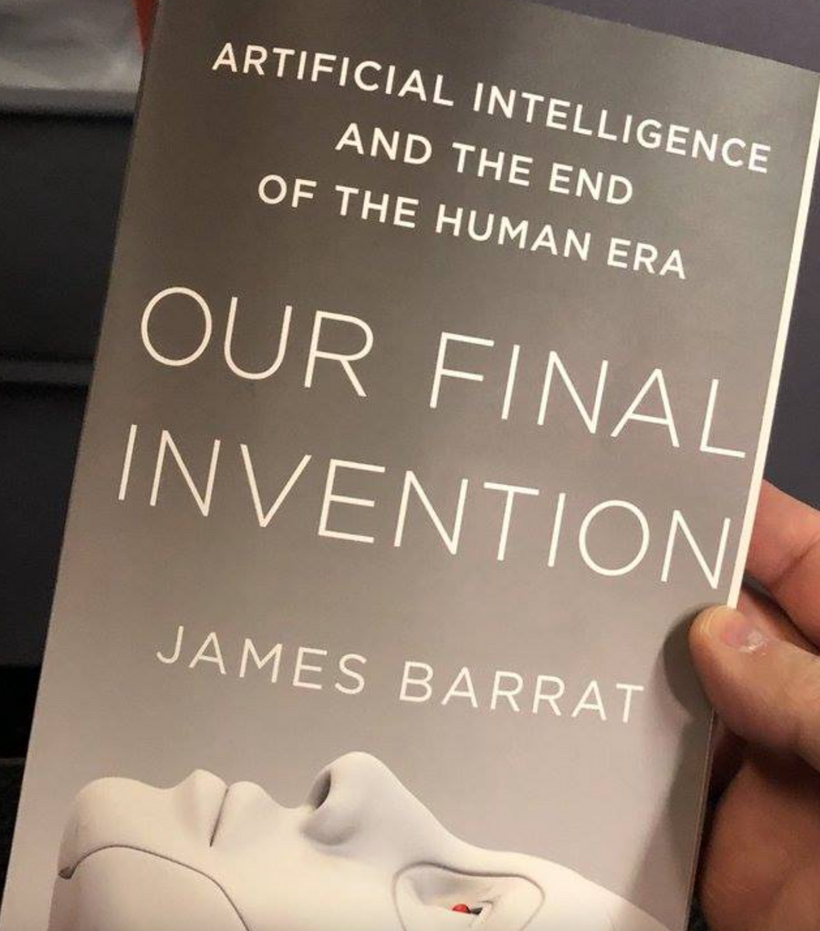
2. Is time a risk for us all?
Without risk, life is worthless; without risk, biology does not work. Evolutionary biology is based on the random risk of natural selection and the conditions of existence. Evolutionary biology has used time as its canvas of innovation. Darwin coined both of these terms but only explained the first well. The second idea was his better one, but he simply could not explain what conditions of existence meant. The reason was simple. He did not understand quantum field physics.
Of the two, he said he knew, the latter was the most powerful force in biology. He was dead right, but since his time evolutionary biology and my critics have believed natural selection is the most important. It is not true. Today, we know “conditions of existence” meant epigenetics.
Darwin spent the rest of his life looking for ‘epigenetics’ in an idea labeled “Pangenes”. He believed that Pangenes were responsible for translated environmental influences that have now become known as epigenetics today. Today we know that small frequency EMFs called the Schumann resonance imprints water and create a life where there was none by using the power of quantum coherence of water.
Evolution is in large part, about how these electromagnetic epigenetic signals are transferred from living organism to living organism by bioelectrical cellular communication; it’s comparing quantum resonance notes and frequency notes and copying and pasting new epigenetic signals on RNA and DNA to make new genetic recipes to create a survival solution from life’s current condition of chaos. Water hides the mechanisms of quantum field theory from our senses. The miracle of your brain isn’t that you can see the world as it is. It’s that you can see the world as it isn’t to understand how you fit in Nature.
When we understand how that dish was created, we gain deep insight into how to keep that dish tasting fresh every time a generation is replicated. Today trans-generational epigenetics tells us something is badly off in our species. How we use light determines the time we experience.
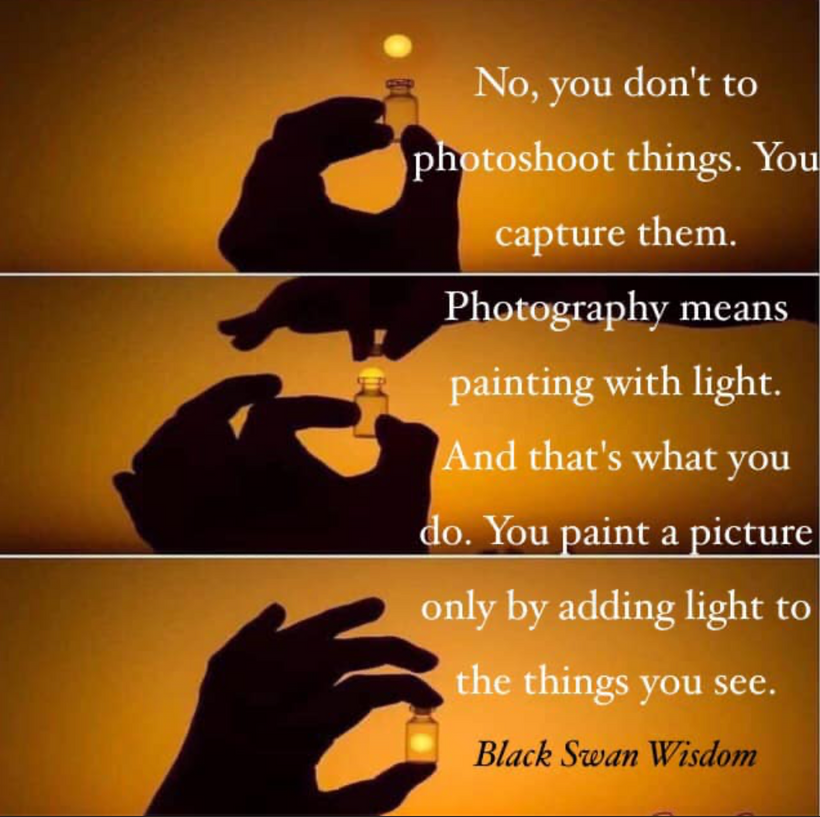
3. What is time to you?
Time is among the very few things that once lost can never be recovered. Think about it: the average life of a person is just a reservoir of 2.4 billion seconds or 75 years in first-world nations, where life expectancy is quite high. The situation is worse in third-world nations. This is how we know in reality time is relative. So, with each passing second our reservoir sheds time, just like in an hourglass.
Time is always in motion. It does not stop for anyone, rich or poor, famous or ordinary, Muslim or Christian, man or woman. Time, like light, never stops moving.
Moving light amongst atoms creates the sensation of time in cells.
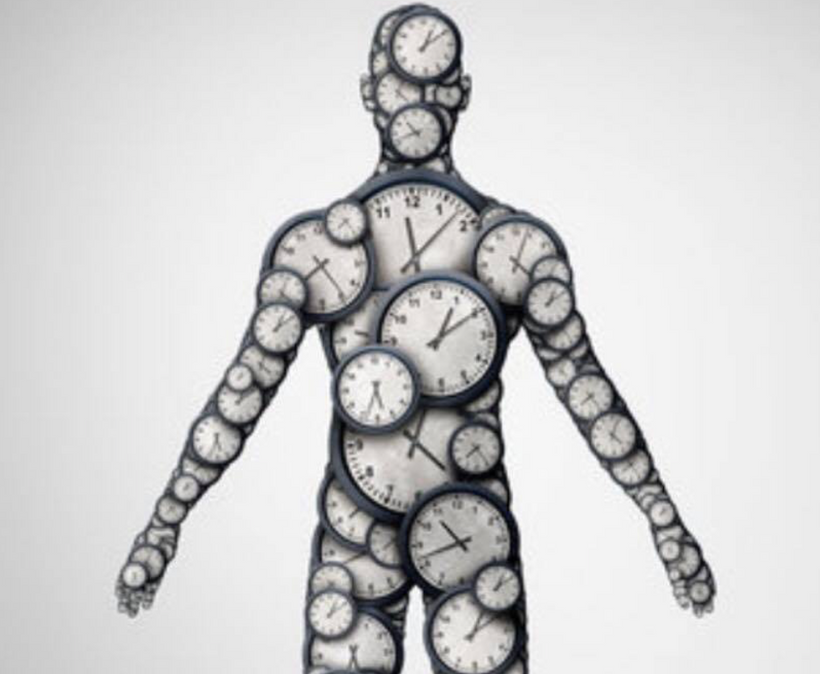
4. If time is light, what light are you using to spend your time?
Even with the best light of the sun, time depreciates in quantity, but appreciates in value as time goes by. As we age, we realize that we are not invincible and that death is always around the corner. It becomes crystal clear that time is a great asset that we have wasted away chasing after things that have no importance at all. Darwin never linked biology to light and light to timing. This is why his theories remain ONLY operational back to the Cambrian explosion. At that moment in Earth’s history, his theory becomes impotent.
The Cambrian period, part of the Paleozoic era, produced the most intense burst of evolution ever known out of the blue 650 million years ago. The Cambrian Explosion saw an incredible diversity of life emerge, including many major animal groups alive today.
The major animal body plans that appeared in the Cambrian Explosion did not include the appearance of modern animal groups such as: starfish, crabs, insects, fish, lizards, birds and mammals. These animal groups all appeared at various times much later in the fossil record. Cephalopods however were one of the first animals to emerge and their body plan was the rough draft of what would become the homo sapien brain 650 million years later.
The forms that appeared in the Cambrian Explosion were more primitive than these later groups, and many of them were soft-bodied organisms. However, they did include the basic features that define the major branches of the tree of life to which later life forms belong. For example, vertebrates are part of the Chordata group. The chordates are characterized by a nerve cord, gill pouches and a support rod called the notochord. In the Cambrian fauna, we first see fossils of soft-bodied creatures with these characteristics. However, the living groups of vertebrates appeared much later. It is also important to realize that many of the Cambrian organisms, although likely near the base of major branches of the tree of Life, did not possess all of the defining characteristics of modern animal body plans. These defining characteristics appeared progressively over a much longer period of time.
5. Was time the canvas of Darwin’s theory?
Darwin lived in a world where the church made everyone believe for 2000 years that the Earth was no older than 6000 years old. Lyell’s observations in geology had a tremendous impact on Darwin before he got on “The Beagle”. It made Darwin realize just how important timing was to biology. This idea was to think of time are grand scales = BIG TIME.
Life however uses time at small scales and this is why cells were built. Cells are like the states inside the borders of the USA. Some states share a time zone and others do not. This is why California and Florida are so foreign to many people. They are small little rooms in us where atoms must be specifically arranged to operate with amazing fidelity Tissues are comprised of small states called cells. And within the cell, there are municipalities and counties. All of those local zip codes in cells are under the direction of the light of our sun.
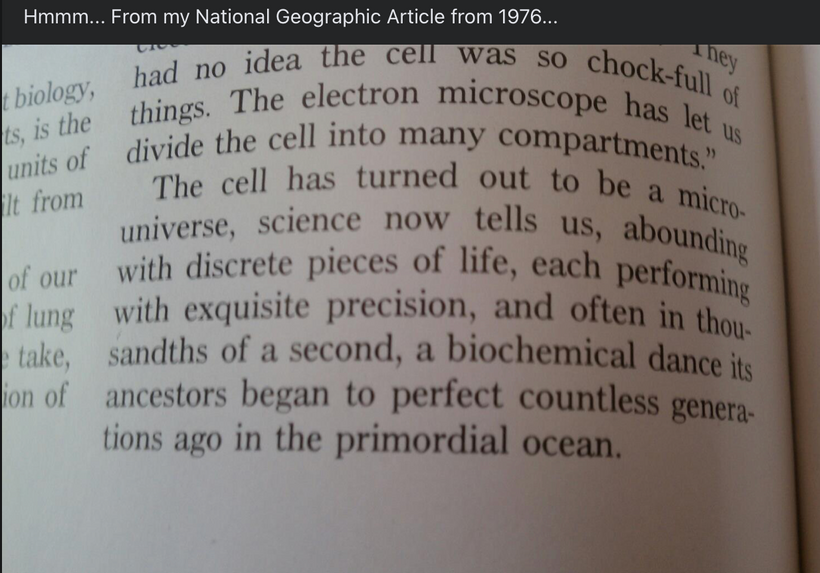
Today, it remains noteworthy in centralized science taught to physicians that it is exactly this timing principle, that is foundational to the cumulative power of incremental change over millions and billions of years and thousands of generations. Darwin realized time was critical to life’s formation. Both of his ideas, natural selection and conditions of existence, are subject to a deep understanding of true space-time in a palindromic fashion.
Mitochondria are dissipative structures in cells, but not the only ones. They transform energy and create order from the disorder in light energy they use to operate. The water mitochondria create via the metabolism of food is probably the single most important dissipative structure that life is based upon in cells. According to Ilya Prigogine, determinism loses its explanatory power in the face of irreversibility and instability in dissipative systems. This is a major departure from the approach of Newton, Einstein, and Schrödinger, all of whom expressed their theories in terms of deterministic equations.
What does all this scientific mumbo jumbo above imply with respect to time?
Time is the most critical issue to the dissipative system. While most current thermodynamical analyses used in biology completely ignore space-time structure, the “thermodynamics of organized complexity” applying to living systems depends WHOLLY on space-time heterogeneity, which allows a ‘free’ variation of microscopic states within macroscopic constraints. THIS DEFINES WHAT A MITOCHONDRIA WAS DESIGNED TO DO AND TO BE IN A VARYING EMF FIELD CREATED ON THIS PLANET by the sun.
Darwin knew conditions of existence (environment) were the most critical part of his theory, but he could not figure out how natural selection and conditions of existence operated in unison to create evolutionary change. The neo-Darwinist who came after him totally destroyed his theory because they focused on nuclear DNA as the change agent. It is not. Genes only code for part of the semiconductor life uses to change life.
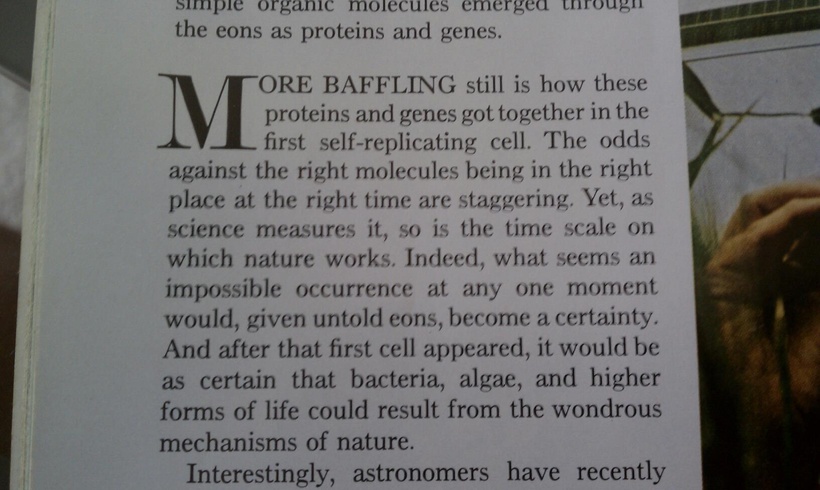
This illustrates the point that when the centralized paradigms in science do not know what they do not know and when what you do not know turns out to be the most important thing in how evolution unfolds, epic mistakes in understanding are the result. This is how unintended consequences happen. We are looking at the wrong genome to understand life.

This missing link in his work almost sunk his theory back in his epoch. They both lie at the heart of his evolutionary opus if you read it. I have read it many times. Just like an individual basalt flow, an asteroid strike, or the tiny amount of sedimentary rock, that can be carried away annually by a waterway, the change within species due to natural selection is quite small if we just consider it over its life span of some years or decades. Darwin was able to grasp how far it could take life when given the “proper geological time” to work with. That time was able to apply consistent pressure for a few tens or hundreds of thousands of years, and those small changes start to begin to add up to massive alterations to the organism = Big time is geological time scales. Evolution happens at the attosecond, not geologic time.
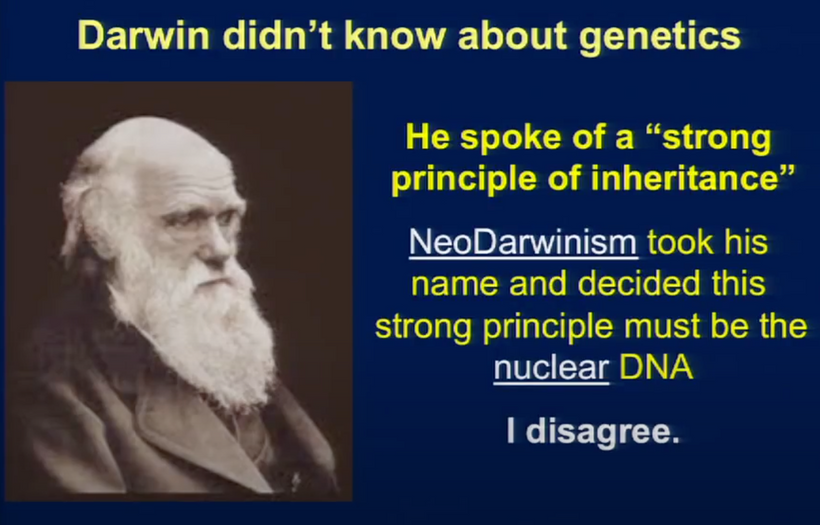
Darwin proposed his theory at a time when Newton’s perspectives about time drove thinking. Back in Darwin’s epoch, time was not relative, it was absolute because Newton’s ideas dominated physics. Darwin never knew Newton was wrong about time so this never affected Darwin’s theory. Time being relative has big implications for biology. It means inside cell compartments, time zones, and zip codes exist because the light is moving at relative speeds depending on the matter that it interacts with within a cell.
These interactions create new spectral densities that control how change happens in a cell. In fact, it is these light frequencies that turn on and off genes coded for in DNA. What Darwin did not know is that our mtDNA is the source of that coherent biophoton light. The gene is not the key but the light that turns them on or off is the key to the mystery.
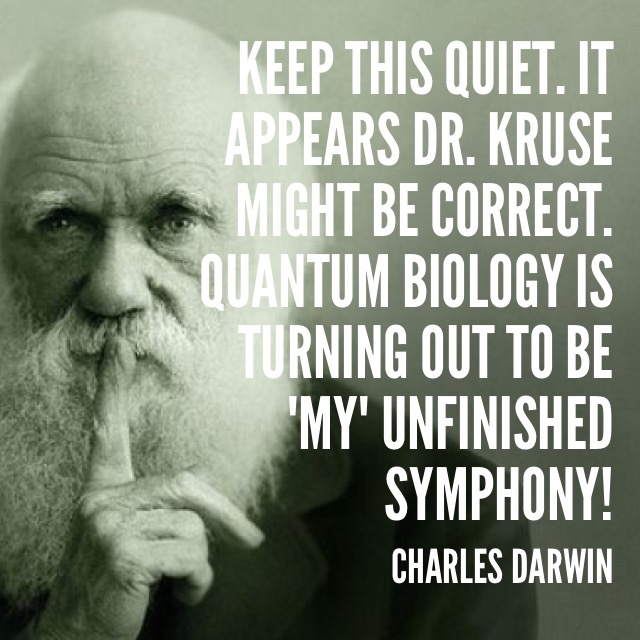
Cells capture sunlight using melanin and ater semiconduction and transform that sunlight in cells into biological biophotons. That transformation creates the light that sculpts all life. That is the hammer of evolution. In a weird twist of fate, Darwin and Genesis have a lot in common and neither one of them ever realized it. Biological bio-photons switch on the body’s processes like an orchestra conductor bringing each individual instrument into the collective sound. At different frequencies, they perform different functions.
This is why Darwin’s theory has remained unfinished for 170 years. We do not understand how light is being used in cells. If the majority of light around us is unseen, what is it capable of doing to cells? What are the implications for time? Is this what drives evolution? Is this what makes disease show up immediately without any change to nuclear DNA? Of course, that is what I now believe.
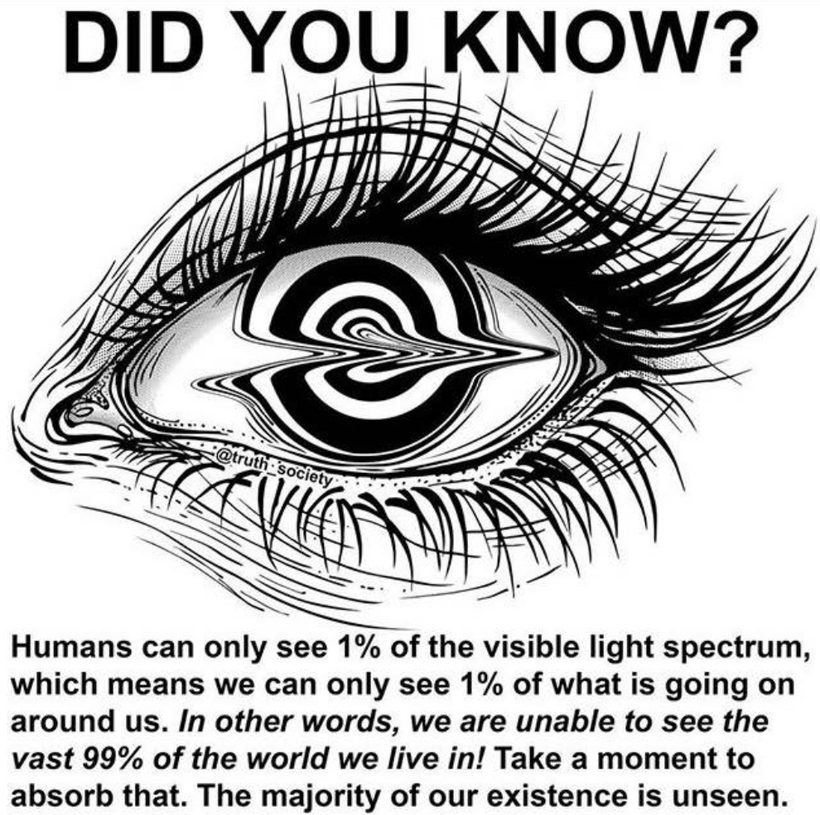
6. Does the perspective we have of time color our beliefs in science?
Time at small scales is why Nature innovated cells.
In my writings, I am pointing out the very same problem that modern chemistry and biology have today, because of how they fail to include molecular timing as a vital ingredient into the recipe of how life forms and evolves from the chaos the world it finds itself in presently. We know light controls timing. What we are finding out now is how light does it. Moreover, we are seeing diseases in modern man that illuminate these ideas. Decentralized clinicians are now asking “how does modern life affects the evolutionary flux right now?” The answer is called transgenerational epigenetics. This should be called the new name for “conditions of existence”.
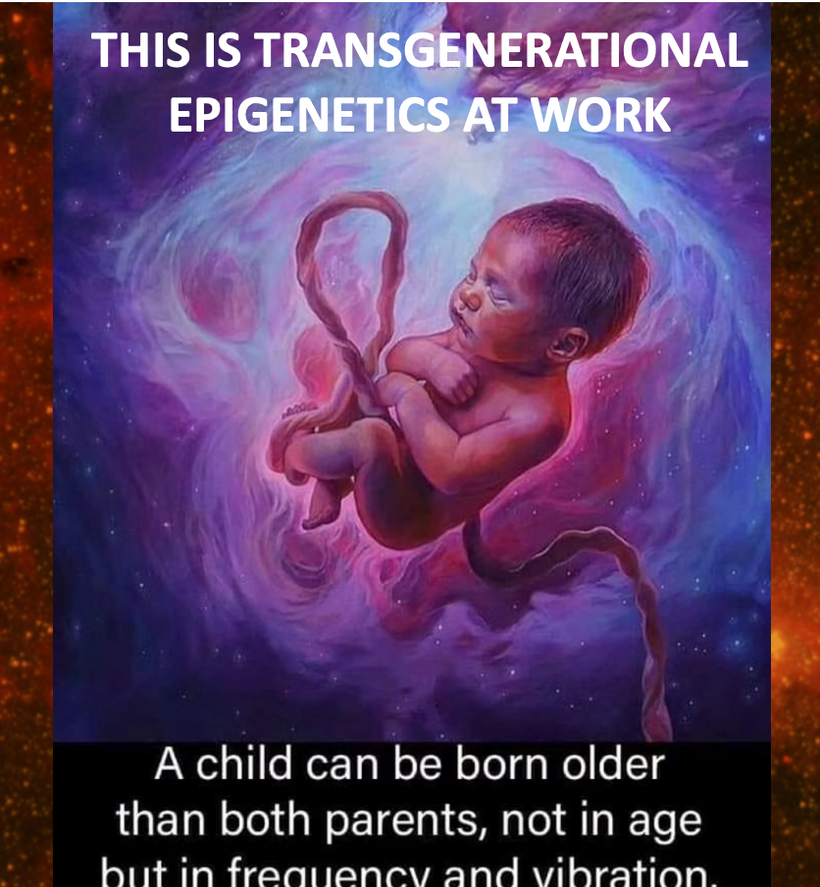
Today, modern science has no idea that the smallest changes in “molecular timing” can cause massive changes in the cellular response in one hundred years to cause massive neolithic disease at very short time scales of human life. My ideas and Darwin’s idea are cut from the very same cloth as Darwin, but my clock is radically different than Darwin. Because time is relative I can say Darwin was wrong because his theory was based on an innacurate viewpoint of how biology uses time. What is the difference and why am I provocative in saying Darwin was wrong? Because he had a Newtonian understanding of time and I have an Einsteinian understanding that everything is relative including time and this is a game changer in understanding the big themes in biology.
Absolute time of Newton means there is cause and effect. When time is relative there can be no cause and effect because everything is based on a probability. This is a huge problem for modern medicine who thinks the cause and effect in RCT is the gold standard. It is a centralized fallacy.
Darwin used “big time”, to figure out his evolutionary opus, while I am using “femto and atto-time scales” to figure out the riddle’s buried in Nature. This idea was hinted in the Rubin/Huberman podcast when I talked about Dr. Gazi Yasargil. He innovated Cushing and Dandy’s world of neurosurgery by bring the operating microscope to surgery so neurosurgery lost its macroscopic perspective of neurologic disease and got it at the microlevel. Today, I am doing the same with quantum biology. I am making biology and medicine leave the paradigm of biochemistry and thermodynamics to head to the quantum level of understanding. I am shrinking down our field of vision to make sense of the macroscopic world of disease. Because of this perspective, it turns out, timing at the smallest scale in cells can cause disease to show up out of the blue. Pun intended.
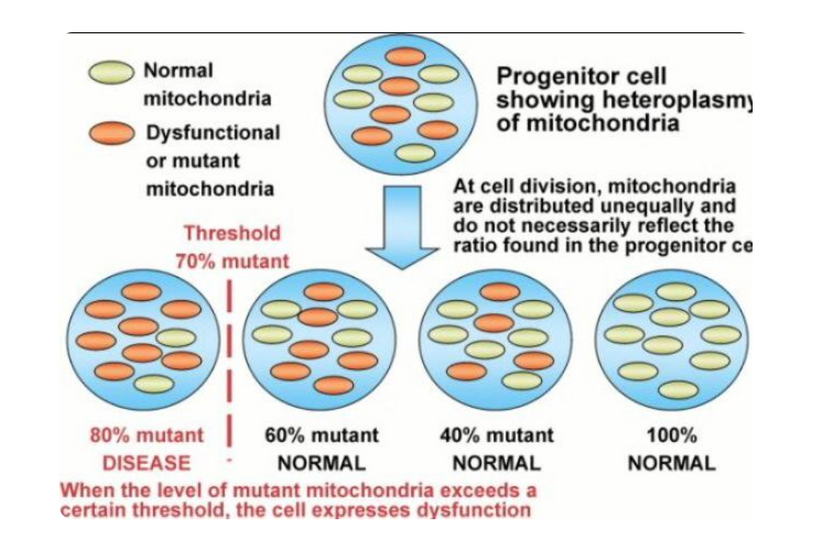
Einstein’s science is based in quantum field theory and his Theory of Relativity also uses “time” as a key variable. Noether’s thereom is tied to Einstein’s theory of time. The analogy is startling, when you consider it. Modern science has lost the perspective of nanoscopic time on the biochemistry of life because it works on quantum coherence and not in the world of classic physics that modern science sees today. The bioenergenic stoichiometry of ATP hydrolysis can not explain real time enzyme fluxes and kinetics when they are measured in living tissues. I can, using quantum field theory.
To see how blind biology really is, they gave Peter Mitchell a Noble Prize for this idea in 1978. Because of this alone, I do not expect them to adapt fast. Embarrassment is hard to overcome in centralized science. Every organic chemist on this planet believes Mitchell’s is right about membranes and chemiosmosis and if you continue to follow those organic chemists, you will die faster than you should. This is a bold statement, but it is based on the universality of quantum thermodynamics in cells.
Once I realized disordered quantum time was the etiology of our demise, I sensed that nothing so makes us desire to spend out time wisely than to reflect on vita brevis; the brevity of life. Disordered time increases entropy production in cells. It does this by moving atoms around incorrectly and the light becomes impotent inside of cells to carry on the business of living properly.
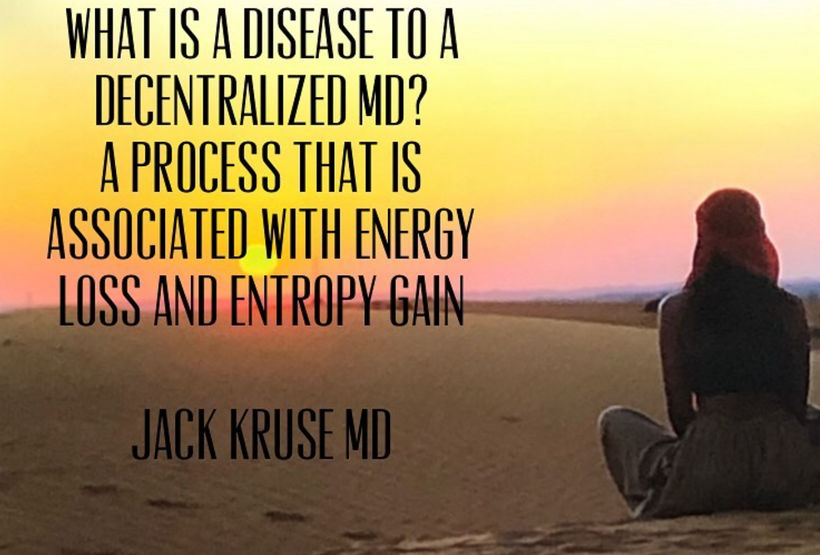
7. When you see time as relative and not absolute what is the result?
Based upon what I know now about time, I believe we need to think differently than we ever have heretofore about how light sculpts time in our cells. When you fully understand the implications of Einstein’s ideas on biology you will begin to see what unfolds in a doctor’s office and on social media in a different light.
Ever since Einstein papers in 1905, scientists have also been scratching their heads about how to make sense of space and time. Before then, almost everybody thought Isaac Newton had figured it all out. Time “flows equably without relation to anything external,” he declared. Absolute space is also its own thing, “always similar and immovable.” Nothing to see there. Events of physical reality performed independently on a neutral stage where actors strutted and fretted without influencing the rest of the theater of life.
But Einstein’s theories turned Newton’s absolute space and time into a relativistic mash-up — his equations suggested a merged spacetime, a new sort of arena in which the players altered the space of the playing field. It was a physics game changer. No longer did space and time provide a featureless backdrop for matter and energy as it flowed. Formerly independent and uniform, space and time became inseparable and variable. And as Einstein showed in his general theory of relativity, matter and energy warped the spacetime surrounding it.
Cells create their own space-time effects using sunlight.
Melanin captures sunlight and buries it at the electronic level in cells with the help of water created by the metabolism of food. This gives cells the ability to bend space-time differently in different compartments of a cell’s zipcode. Each zipcode is like and instrument in the orchestra. To make the music of life, each zipcode needs to be conducted to create a harmony. Circadian biology is the conductor of all the zipcodes. Centralized modern medicine can not fix this mess by itself, but we can teach people how to slow time down for patients to give them a chance to collectively solve the issue for themselves. Once manufactured EMFs are created by energy transformation they can not be destroyed, but the law of energy conservation says they can be transformed. Every EMF ever created outside the Schumann resonance is like a 45 caliber bullet shot into the human SCN that goes on forever bouncing off the ground and hitting the ionosphere.
As the hyperlink above shows, extraterrestrial nnEMF just being on the outside of the protection of our magnetosphere carries risk to cells.
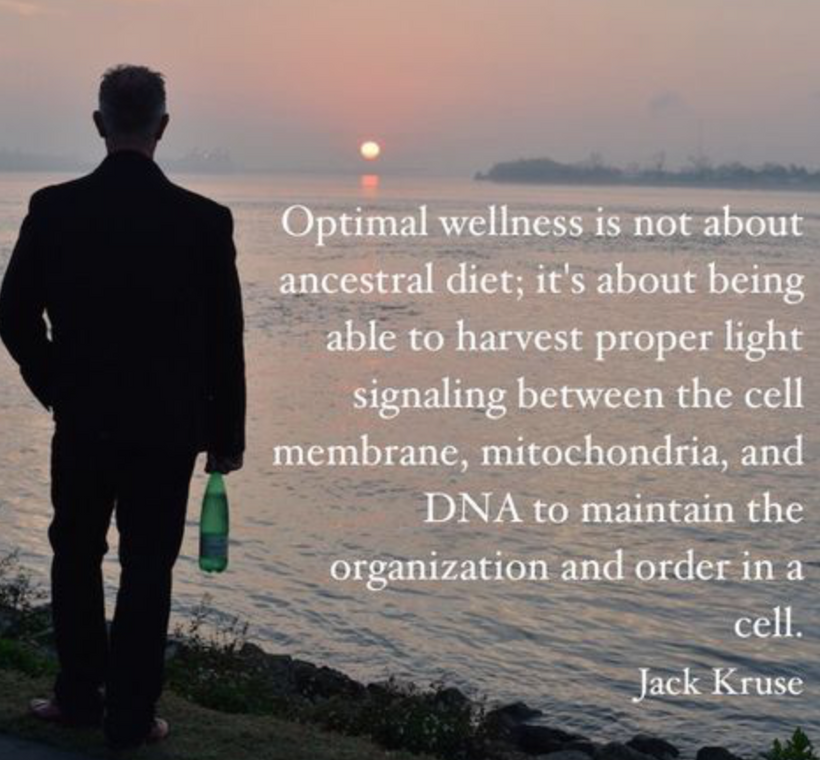
8. Does the simple variation of the tilt of Earth change how cells experience times at the smallest scales?
If you focus on the fuel & the timing of how food is made photosynthetically, while neglecting the fidelity of the matrix engine, you’ll never understand how biology operates electronically. The tilt of the axis of the Earth is the source of all the quirkiness in circadian biology. This non-linear relationship should astound you. When you think about it, and I mean really think about it, as I have done for 20 years you begin to see how the process links the environment to cellular processes.
Circadian rhythms provide a selective advantage by anticipating organismal cyclic needs and guaranteeing optimal metabolic capacity during active hours when the sun is out. It is wholly dependent on the invisible parts of the terrestrial spectrum of the sun. If those hours are in the sun the clocks work differently if they are in the darkness and nocturnal. Impairment of circadian rhythms is associated with an increased risk of type 2 diabetes and emerging evidence suggests that metabolic diseases are linked to perturbed clock machinery and not the fuel source at cytochrome 1 (NADH/NAD+). I told you a long time ago tryptophan was a time crystal and most of you laughed. NAD+ is made from tryptophan. I am laughing at you now for mocking me when I knew better. NAD+ informs the circadian system how to tick with a better periodicity. The more periodicity in the clock mechanism the better the clock is in controlling the flow of entropy in all the zipcodes in cells. That is how we are organized below the level of the cell. 100% physics. Biology is not a foundational science. It is a complex of non linear physics and condesed matter physics.
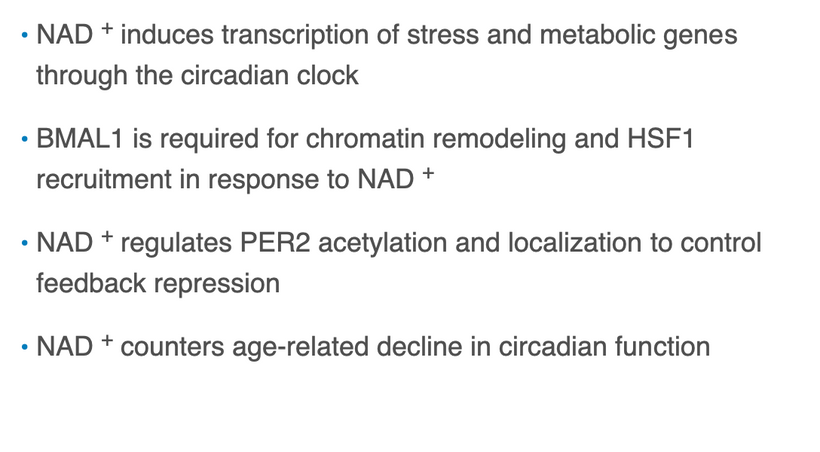
It appears that certain fuels operate the matrix better when cytochrome 1 is “time defective” in recycling NAD+ to move protons in mitochondria. That is it should not be carte blanche to vilify foods, as most LCHF people do. We have to stop blaming foods for what improper light causes. Bad light causes bad timing to occur. Why it happens is very counterintuitive, but I hope you are begining to see how Uncle Jack sees the world now.
In the universe, photons do not experience time. They are packets of energy that have no mass and must constantly move. Photons ONLY interact with electrons in matter in a cell. All parts of the electromagnetic spectrum interact with matter differently = this is where time relativity comes from.
Look at the picture below. The atoms in the center have different electrons, therefore living cells experience time differently.
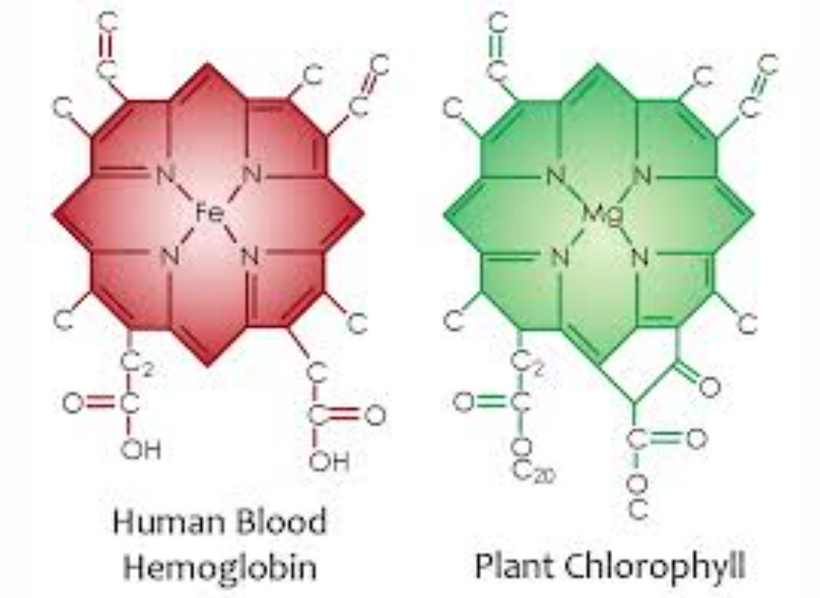
All food webs are linked directly back to the sun via photosynthesis. It should be the reason you learn more about the quantized cytochrome engines that are defective because of a broken circadian mechanism that happens due to your choices made of light used in your environment. When you realize this is all tied to our planet’s tilt, you just fall back into a chair and are stunned. This is foundational to the Black Swan mitochondriac perspective. The circadian clock regulates many transcriptional–translational processes influencing whole-cell metabolism and particularly mitochondrial activity. It uses light variations to change the charge density of things DNA codes for to get the job done. Below is how light creates the zipcodes in organelles in cells.
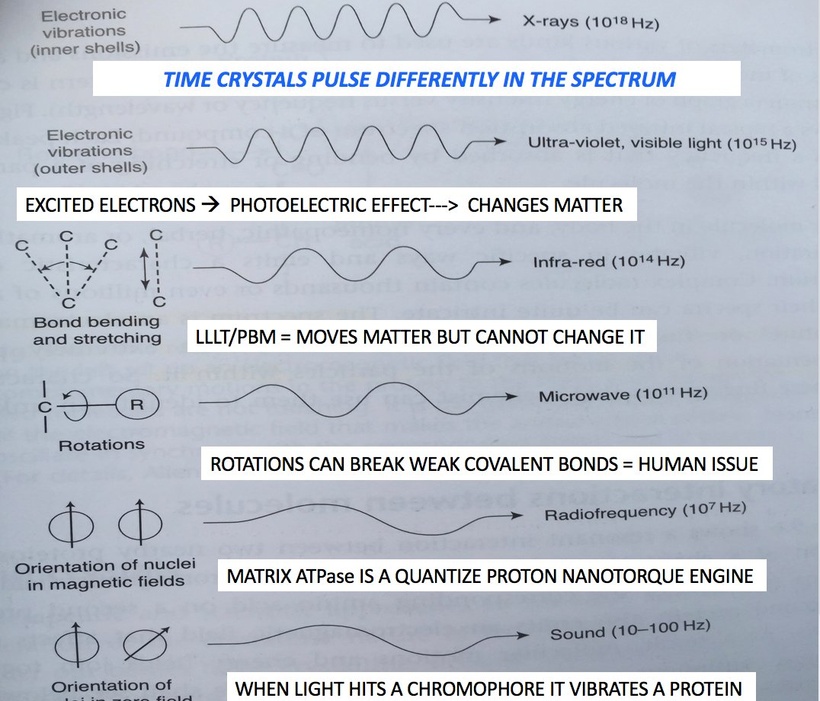
9. How does time link to life?
Life is built around the complexity of how light powers electrons. Life is all about ionization. Ionization is the process by which an atom or a molecule in a cell acquires a negative or positive charge by gaining or losing electrons. This often in conjunction with other chemical changes from the action of electron movements and alterations in their charge. Light excites and powers electrons & protons to do some unusual things that cells depend upon. (pic above)
In the simplest Quantum Field Theory that describes our reality, the quantum electrodynamics of Julian Schwinger, Shinichiro Tomonaga and Richard Feynman, there are only two quantum fields: the electromagnetic field and the electron field.
The inception of QFT is usually dated 1927 with Dirac’s famous paper on “The quantum theory of the emission and absorption of radiation” (Dirac 1927). Here Dirac coined the name quantum electrodynamics (QED) which is the part of QFT that has been developed first.
The Heisenberg uncertainty relation means that a quantum field cannot sit still. Instead, it froths and boils, a bubbling soup of particles and anti-particles, constantly created and destroyed. This complexity is what makes quantum field theory hard to comprehend. Even nothingness is difficult to understand in quantum field theory.
QFT is used in particle physics to construct physical models of subatomic particles and in condensed matter physics to construct models of quasiparticles. Life uses many quasiparticles to comminicate via non linear optics framework. QFT treats particles as excited states (also called quanta) of their underlying quantum fields, which are more fundamental than the particles.
Quantum Field Theory (QFT) is, at least in its origin, the result of trying to work with both quantum mechanics and special relativity. Loosely speaking, the uncertainty principle tells us that we can violate energy conservation by ∆E as long as it is for a small ∆t.
“Small time” is how cells experience time at the atto or femto/atto time scales.
Few know that the uncertainty principle doesn’t just refer to an observer not being able to know simultaneous position or velocity of particles and waves in Nature, uncertainity also tells us there is no determinacy between time and energy.
It also means there is no cause & effect. There is only a probability that something can happen. This is a big deal for modern science who still believe in cause and effect in how science is done in centralized medicine via RCTs.
I think they know it, but they hope you do not realize it. Why? If you did fully understand it, they’d have no business. when you see my perspective clearly you begin to view the PEER literature as fake news. This will offend most PhDs. It should. You are accomplices in this theft of time.
FAKE NEWS IS A BUSINESS PLAN now.. FAKE CENTRALIZED SCIENCE has become the most PROFITABLE version of manufactured truth for the profiteers.
I think Satoshi had to have an interest in mathematics and physics at some point in his life. The way he built BTC code is that proof. He seemed to know that the uncertainty principle connecting energy & time could be violated, so time scarcity had to be BTC base case in its code.
The principle of indeterminacy applied to time and energy is critical in decentralized structures like cells.
Deep implications of this perspective of time I’ve developed post Darwin?
Spacetime & gravity has to emerge from something else. Why? Because of the incongruity present in relativity and quantum mechanics. It’s impossible to understand how Einstein’s gravity & the math of quantum mechanics can reconcile their longstanding incompatibility.
Einstein’s view of gravity as the manifestation of spacetime geometry has been enormously successful in science. But quantum mechanics has also shared this success. QM describes the machinations of matter and energy on the atomic scale with unerring accuracy.
It has been tested thousands of times and QM is undefeated. Attempts to find coherent math that accommodates quantum weirdness with geometric gravity, have met formidable technical and conceptual roadblocks. I believe both emerge from light, the electromagnetic force. We just have not realized it yet.
Quantum entanglement doesn’t happen in spacetime as most believe.
Entanglement actually creates spacetime.
Light creates entanglement and time.
Entanglement arises from the connection between particles.
Life takes full advantage of all of these connections via the partnership of melanin and water in cells.
10. What is time on a psychologic level for humans?
On a psychological level, time is quite malleable to our perception of time. When life speeds up, time slows down, such as at moments of great threat like trauma that require a slower arena for the will to act. If you are about to be hit by a car, time should slow down for you, allowing you perhaps to jump or duck (if there is time of course). Anyone with panic disorder will tell you that their 10-15 minute long panic attacks actually feel eternal. Of course things are not that simple. Time goes slowly when one lacks meaning in their life as well. Think back to the old clock on the wall of your last class of the week back in high-school. Children experience time differently than adults do as well. It seems to them Christmas takes ten years to get here every year.

SUMMARY
The point here is to make you aware that time is relative in how we experience and perceive it and today, no one is realizing that how cells experience time tells the story of modern diseases. That is what I want you to realize today.
Darwin was able to think what might happen while he slowed down time in his own mind. I am presenting the other side of the coin for you to consider. What happens to biochemistry when timing at femtoseconds is altered because our electric or magnetic fields are altered as life evolves over a short period of time? Essentially, how do alterations in light change quantum time in your cells to speed up epigenetic de-evolution to cause disease?
I can not compete with your current beliefs about time, nor do I want to. When you read my work, I need you to suspend your beliefs around time, then allow me to show you what I have found about how time really is below the cell level.
Let the science of Einstein and Darwin lead you as it lead me for 20 years. I had to erase my beliefs to get to a new understanding of what nature is doing at the smallest scales in mitochondria. I was a victim of poor thinking because of my centralized education. I decided to unlearn to relearn and then became a survivor. I have chosen to become a warrior for these new ideas.
I spent an entire year and half of my life realizing that all I was taught had to be rethought with this new perspective on time. I was trained to believe all the lessons in physics, chemistry, and biology textbooks were accurate. Then, I had the realization being wrong for 40 years really has no feeling unless I ascribe one to it.
Just because something’s logical, doesn’t mean it’s wise. Something can make sense in and of itself, but when tested against reality yield an undesirable or inefficient outcome. Being seduced by impractical logic is antithetical to wisdom, you just feel smart despite being wrong. I am addicted to be correct. This is why I could care less what others think about me or my methods. I am vicious and relentless for the truth.
If you know you’re wrong, and feel like your on solid ground you might feel like you are correct. This is where most of your centralized thought leaders are right now in science and politics. It was my Dunning Kruger moment close to 20 years ago.
I was in that place in 2005. I got stuck in the box of thinking I was correct, when I was dead wrong. Today, I am asking you to think deeply about the time paradox and the possibility that quantum field theory may explain every perplexing thing you see in a doctors office today.
Why do we have a problem accepting we were wrong? Why did I give that Paleo Fx speech over a decade ago?
The variables we are facing today in our modern electromagnetic environment are going to help us understand the results and the diseases we face in modern healthcare.
Darwin used the fossils in the ground to gauge his idea of “deep time” in millions of years. He realized small changes over” big time” could lead to massive changes in geology and for life. Lyell’s ideas in his book gave him that insight.
Darwin and Einstein gave me the insight to figure out why everyone in my clinic had inflammation in their MRIs and trashed labs when I began to look closely at them. When cells timing is off = small quantum spacetime has to be altered at some level. This is axiomatic because we know time is relative. This implies molecular chaos can result when light changes inside of cells and disease can happen on quicker timescales than we all believe possible. When we cannot hold the charge density light brings to our tissues we experience time differently. We get diseases faster and we die sooner than we should.
This is why Alzheimer disease can happen in 40 year olds today. This is why 3 year olds can go through puberty, and 10 year olds get carotid stenosis now and develop heart disease by 20 today. This is why autism incidence and prevalence has exploded in three decades. It is also why myocarditis can show up and kill people after weeks to months of getting a jab. Diseases of aging are now diseases of youth because our environment has changed dramatically on Earth with respect to light use.
Altered quantum time under the influence of manufactured light is the MAIN reason why this is happening today.
Humanity can’t manage time because we can not stretch a minute or stop a clock, yet. Time goes on and we can make a better use of time, by managing ourself better using our choices and priorities around light. This is the new knowledge I’ve been sharing for close to two decades now. We manage time best by managing the light around ourselves better. Decentralized MDs of the future need to become expert metronomes.
With every minute that passes from here on in, realize we are trading our lives for something. Let’s ensure that the trade is worth it and that it’s not squandered.
We ALL have the same twenty-fours a day to enjoy and use to the best of our ability that any successful person who has ever lived did or does. That’s 86,400 seconds a day, 168 hours a week, 24 hours a day for 7 days a week to fulfill our mission. Soon you will realize every person mission on this planet should be aligned to making sure our cells are using sunlight because we are all entangled to its power.
How do you see time now?
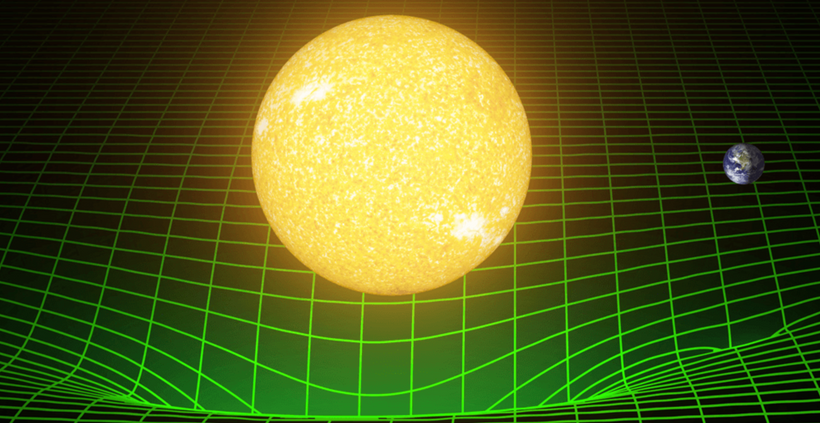
I see time in the first cite on Tweet number 11-12.
CITES
https://twitter.com/DrJackKruse/status/1598798355307515904
http://www.nbcnews.com/id/4779952/ns/technology_and_science-space/t/nasa-says-no–month-space-mission/#.UR0cmo7IW0s
- *to borrow a phrase from a geologist, I believe that generally the textbooks are more cardboard than paper.
- **page numbers from the Penguin Abridged edition of Lyell’s masterpiece. Google Books has scans of some of the early editions
- http://www.sciencedaily.com/releases/2004/02/040219075606.htm
- http://www.thecherrycreeknews.com/news-mainmenu-2/1-latest/6143-stay-cool-and-live-longer.html
- nature.com/nature/journal/v489/n7415/full/nature11432.html
- http://www.next-up.org/Newsoftheworld/EHS_Refuge_Zone.php#1
